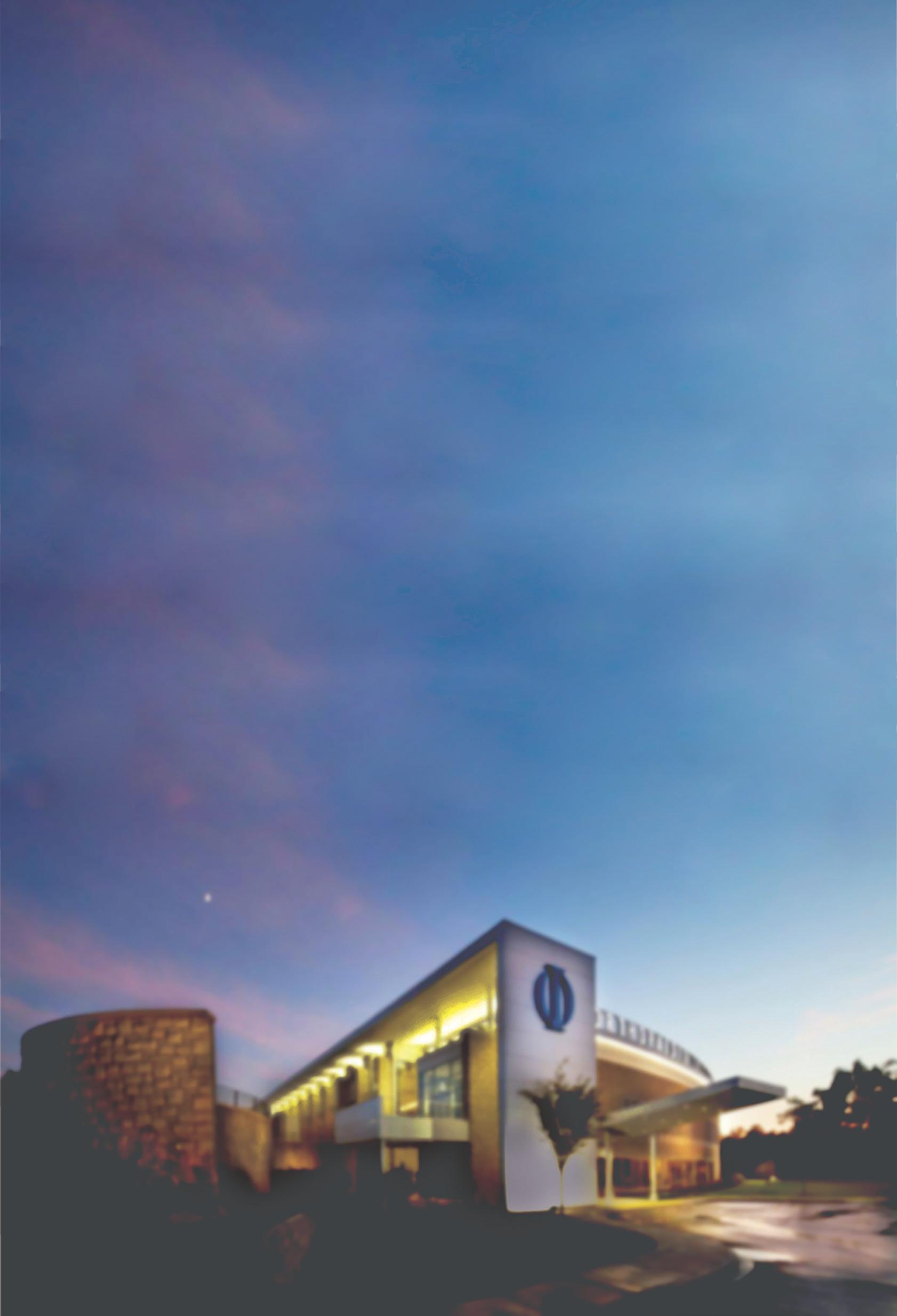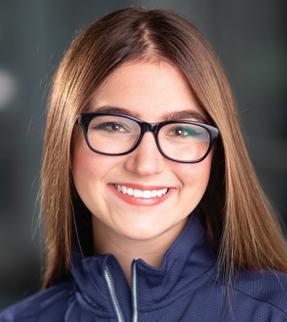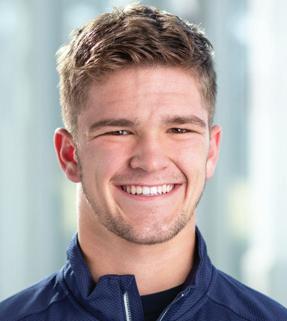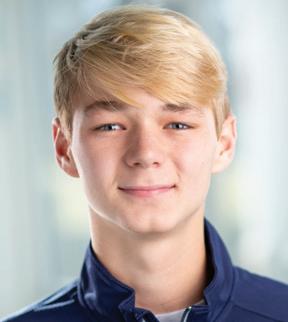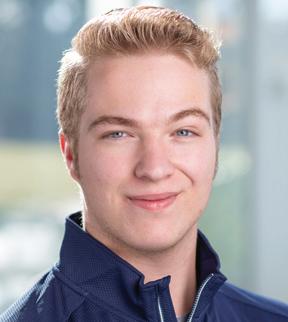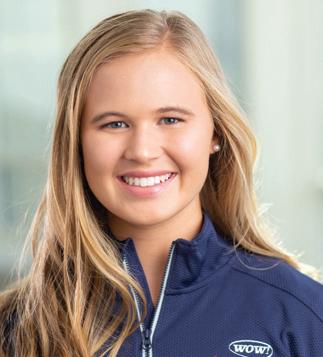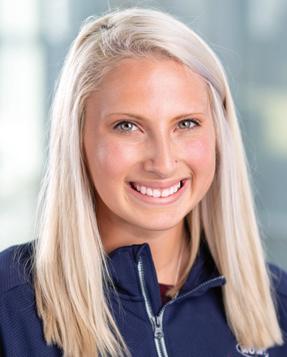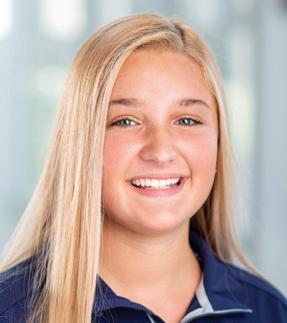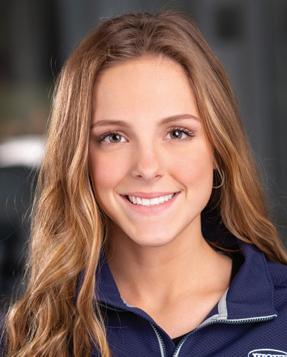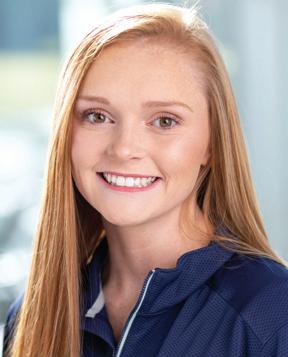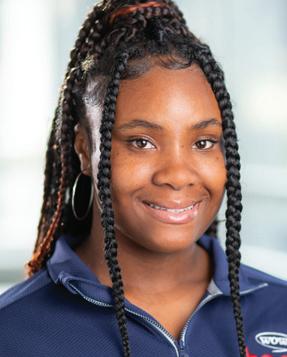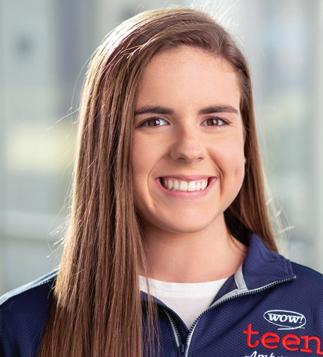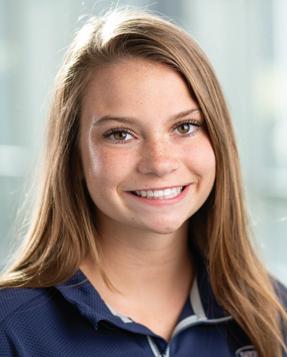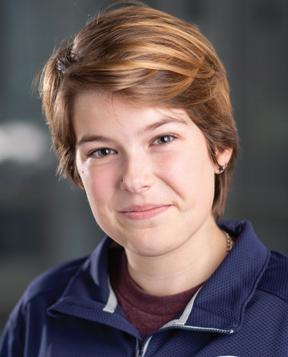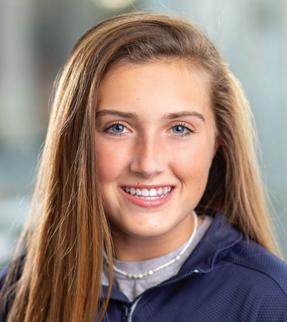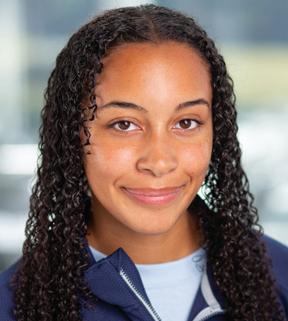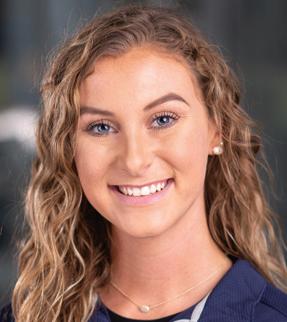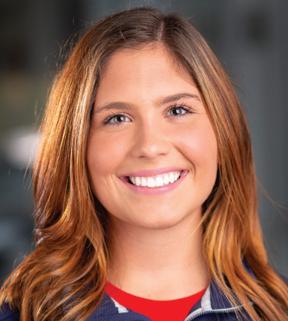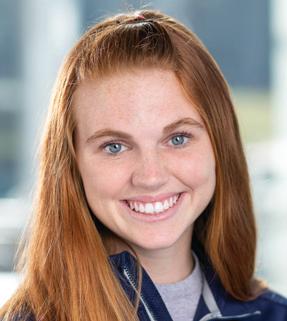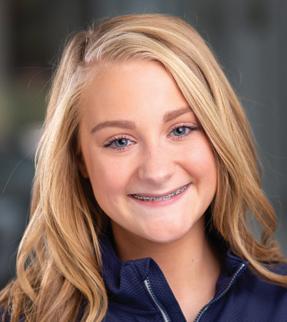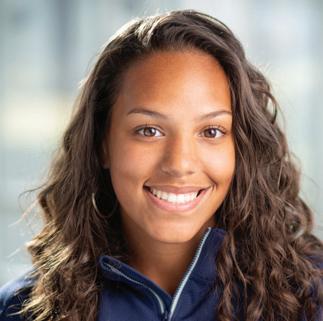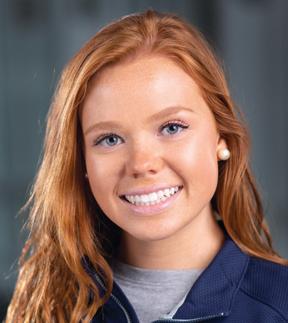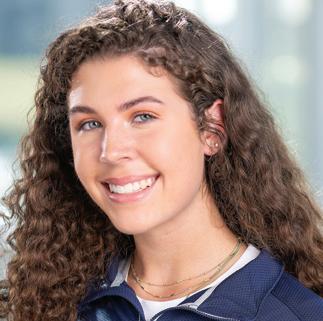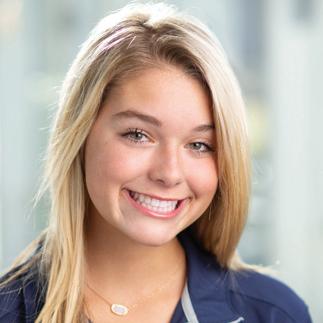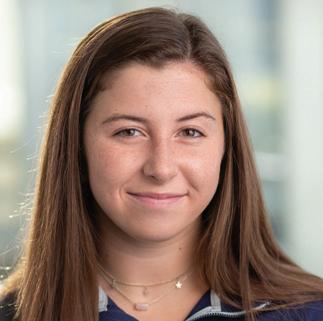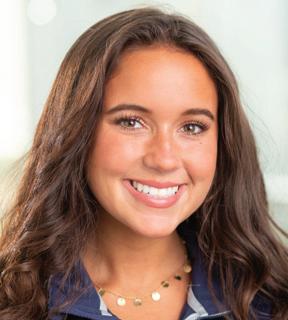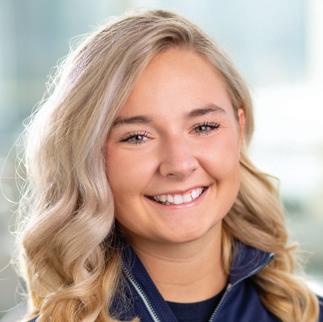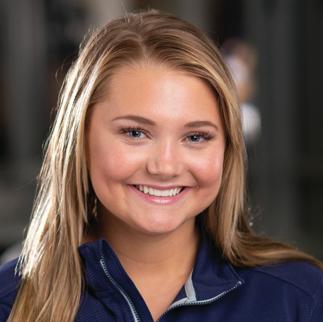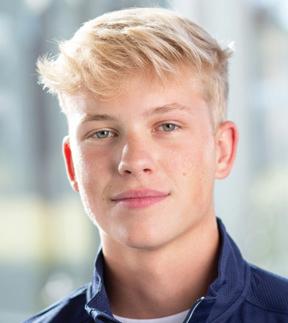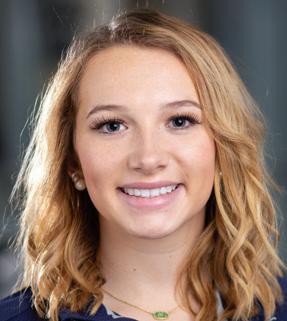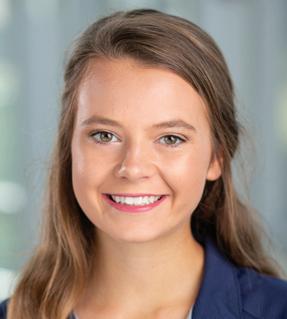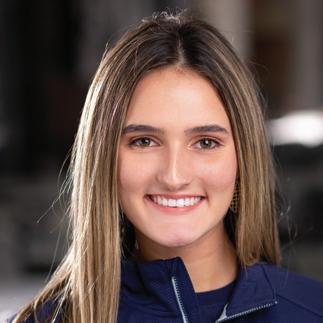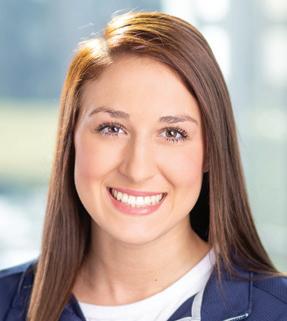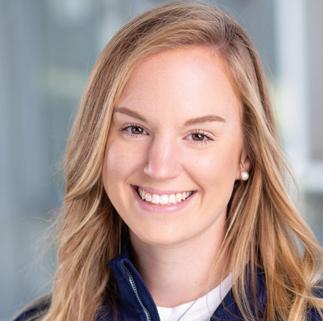a Promising Paducah











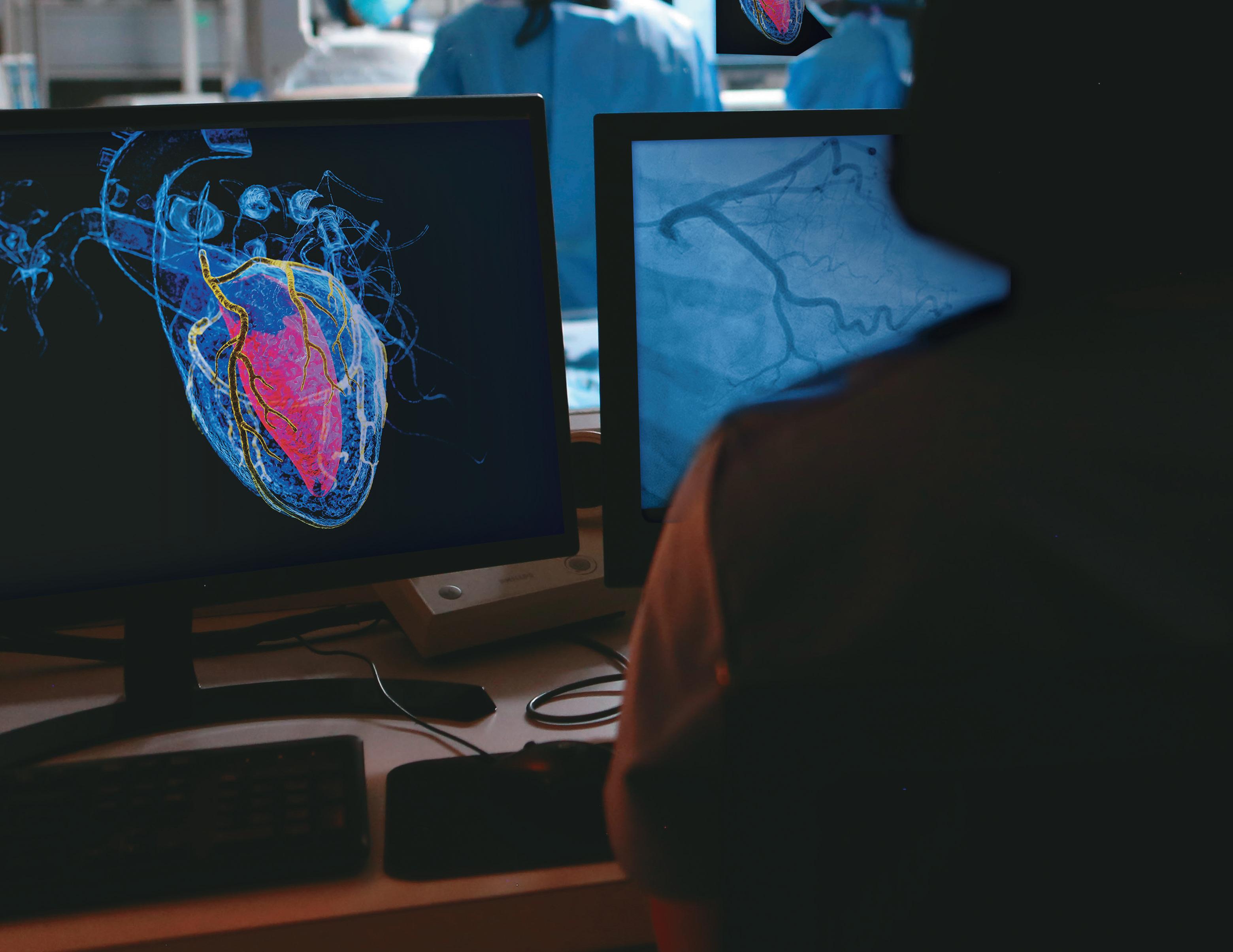
THAT’S WHAT GETS OUR BLOOD PUMPING. There’s no better place for your heart than Baptist Health Paducah. Here, you have easy access to a team of cardiologists and structural heart specialists who offer comprehensive cardiac services, from advanced diagnostic care and surgery to follow-up care. And we are the only hospital in the area to offer the transcatheter aortic valve replacement (TAVR) procedure, a minimally invasive surgical valve replacement procedure. Devoting our lives to taking better care of your heart; that’s cardiac care centered on you. Visit BaptistHealth.com/PaducahHeart to learn more and take a heart risk assessment.
BaptistHealth.com
Corbin | Floyd | La Grange | Lexington | Louisville | Madisonville | Paducah | Richmond






executive editor/ PUBLISHER

Darlene M. Mazzone
associate EDITOR / editorial PHOTOGRAPHY
J.T. Crawford
art DIRECTOR
Scott McWilliams
associate art DIRECTOR Allison Wicker
marketing MANAGER

Rachel Curry
PHOTOGRAPHY
J.T. Crawford
on the COVER 100 Block of Broadway
Paducah Life is published six times a year for the Paducah area. All contents copyright 2020 by Mazzone Communications. Reproduction or use of the contents without written permission is prohibited. Comments written in this magazine are those of the authors and do not necessarily reflect the opinion of the ownership or management of Paducah Life Subscription rate is $29.95 for six issues. Subscription inquiries, all remittances and all advertising inquiries should be sent to Paducah Life, 1238 High Street, Paducah, KY 42001. Phone: (270) 442-3338. This magazine accepts no responsibility for unsolicited manuscripts, photography or artwork. All submissions may be edited for length, clarity and style.
As OWEN CLEANERS turns 100 in 2020, we want to thank our many customers for their longstanding support. During our first century, we have adapted to many changes in fashion trends, fabrics and social lifestyles. But what hasn’t changed is our commitment to friendly customer service while offering state-of-the-art dry cleaning and wet cleaning solutions that are also friendly to the environment.
Owen Cleaners offers:
• Sanitone® Fine Drycleaning

• Platinum Shirt Service
• Wedding Gown Preservation

• Free Home Pickup & Delivery
• Household & Drapery Cleaning

• Wash & Fold Service

It was 1990, and the media landscape in western Kentucky was striking out in a new direction. Cable had become a part of the media mix in the community, and the standard-bearers in print and broadcast were watching the world of journalism evolve into something new and completely different.
Ray Lane and I were in the midst of building a marketing firm together, and as we worked with clients around the region we heard a similar refrain. News OF and ABOUT Paducah was being lost to the region beyond our hometown. That Christmas PADUCAH LIFE Magazine was born and devoted its pages to chronicling the stories to be found in our wonderful hometown. Following is the editorial from the inaugural edition of PADUCAH LIFE Magazine. It was the first of now more than 160+ editorials I have penned since this magazine was born 30 years ago.
ON THE COVER of that very first edition in 1990 was Melissa Harper, a happy, boisterous young girl awaiting the joys of Christmas. We captured her excitement for the holiday season in this first cover photograph. Today Melissa is a wife and mom to two lively daughters of her own, Harper, 8, and Mackenzie, 6. This past Christmas we recreated that first PADUCAH LIFE cover with Melissa. Her two young daughters helped us relive that moment as they begin their LIFE in Paducah. Come along with us this year and join us in celebrating the last 30 years of PADUCAH LIFE.
Paducah/McCracken County. A city and county located in far western Kentucky. A community snuggled up to the convergence of three rivers—a river town. A rural community with a bit of a big city flair. A regional medical center. A shopping hub for a hundred-mile radius. A farm economy growing alongside a substantial industrial base. Good schools. A great place to raise a family.
These are just a few of the facts, but what about the feelings? What is LIFE like as a Paducahan? Who are we and what makes us this way? Are we different from the rest of the world? What does it mean to live life in Paducah? What is Paducah life?
Well, there are many of us who think it’s a wonderful life! Many of us who started life out here and are happy to continue living life here. Many of us who wound up here and have grown to appreciate and respect the advantages and uniqueness of a small but sophisticated community. Many of us who left and made a conscious decision to return for a quality of life that’s not so abundant in other locales. Many of us who want nothing better than to grow old here among family and friends in a place we call home.
And just as each individual story is unique, so is the community in which we live. A city isn’t gauged by the number of square feet it occupies or the kinds of businesses that are located there. A city bears a certain personality because of the relationships among its members, its connection to families and their sense of values, its balance between commerce and caring.
These are the elements which will be explored on an on-going basis in Paducah Life. We’ll look at the people and places of our hometown in a creative way. We’ll bring you colorful characterizations of local personalities. We’ll delve into our past for clues to our current way of life. We’ll probe the thoughts and minds of local leaders as well as concerned citizens. We’ll paint a portrait of a city and county that just might surprise you with its wit and wisdom.
We hope you’ll join us on this engaging journey. And we hope that because of the trip, you’ll get more out of life—Paducah Life!
Darlene M. Mazzone










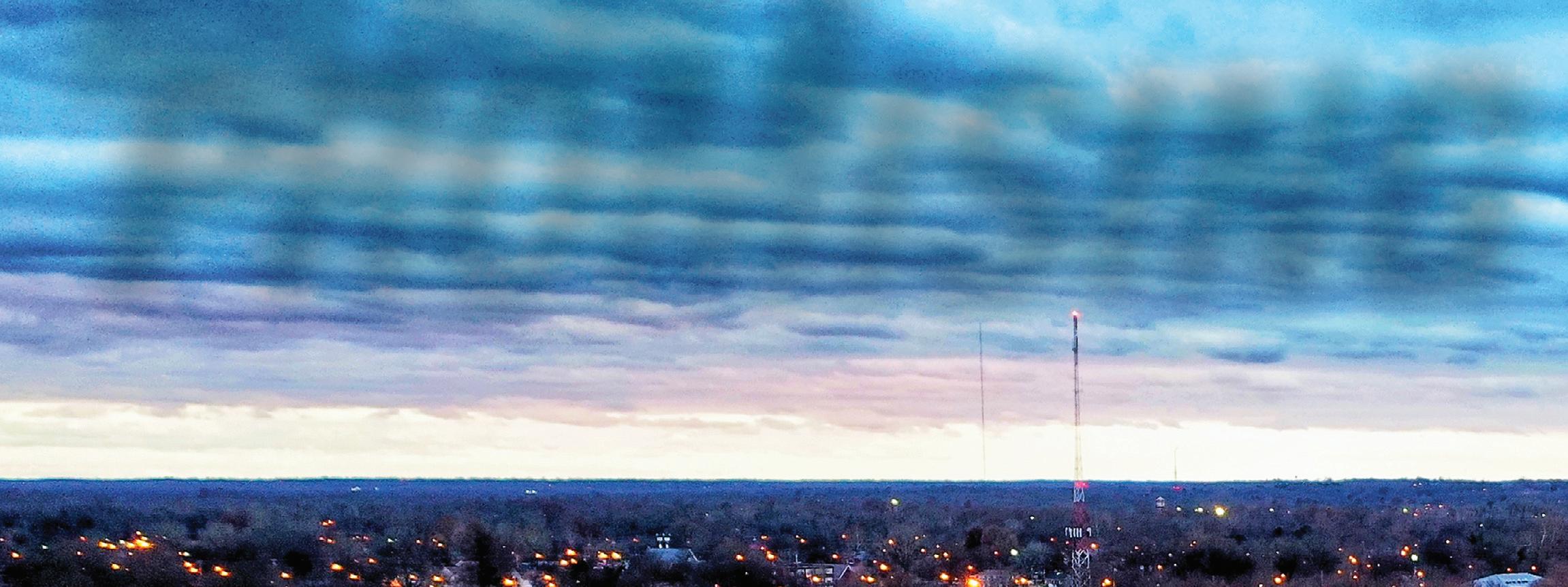


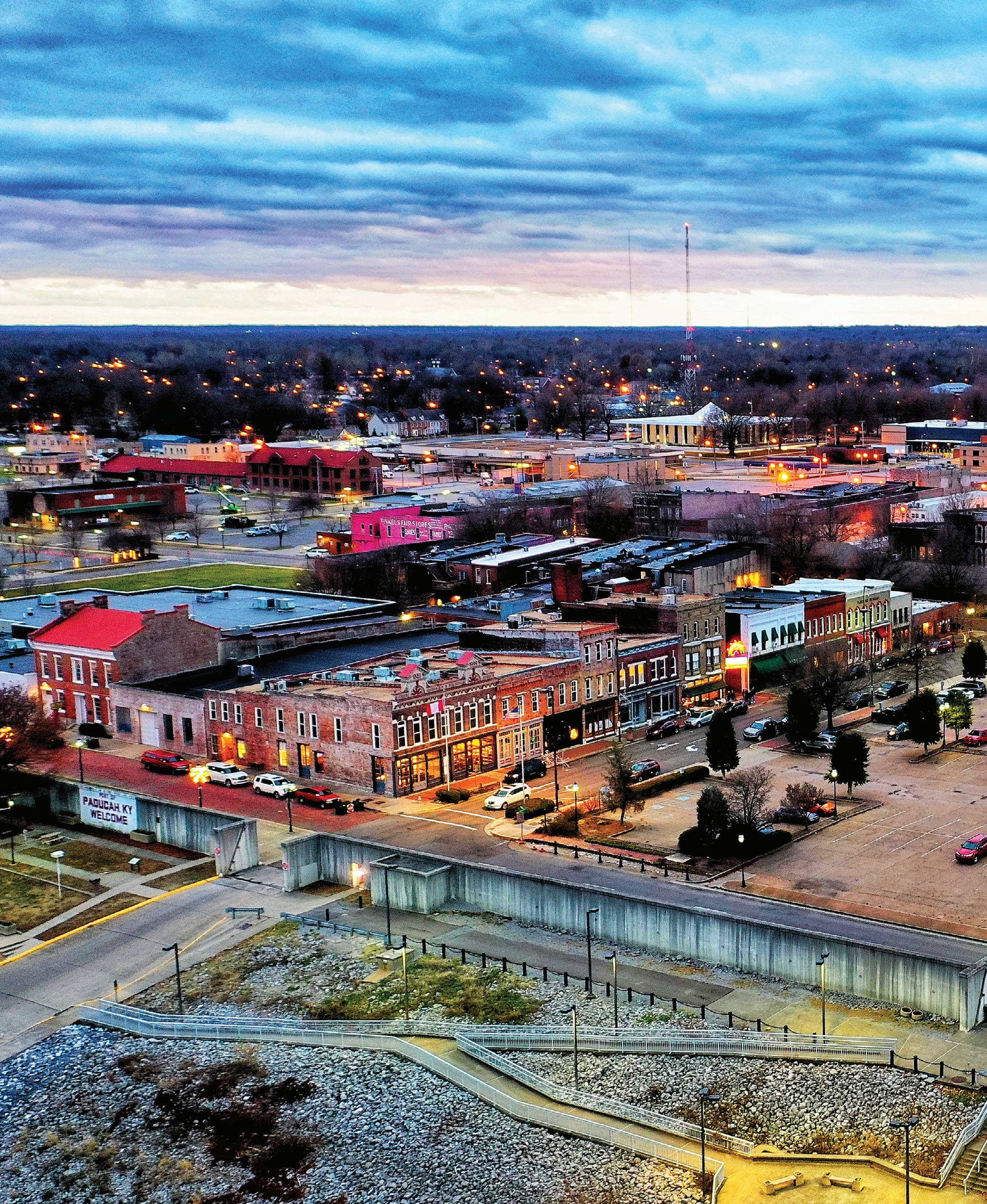

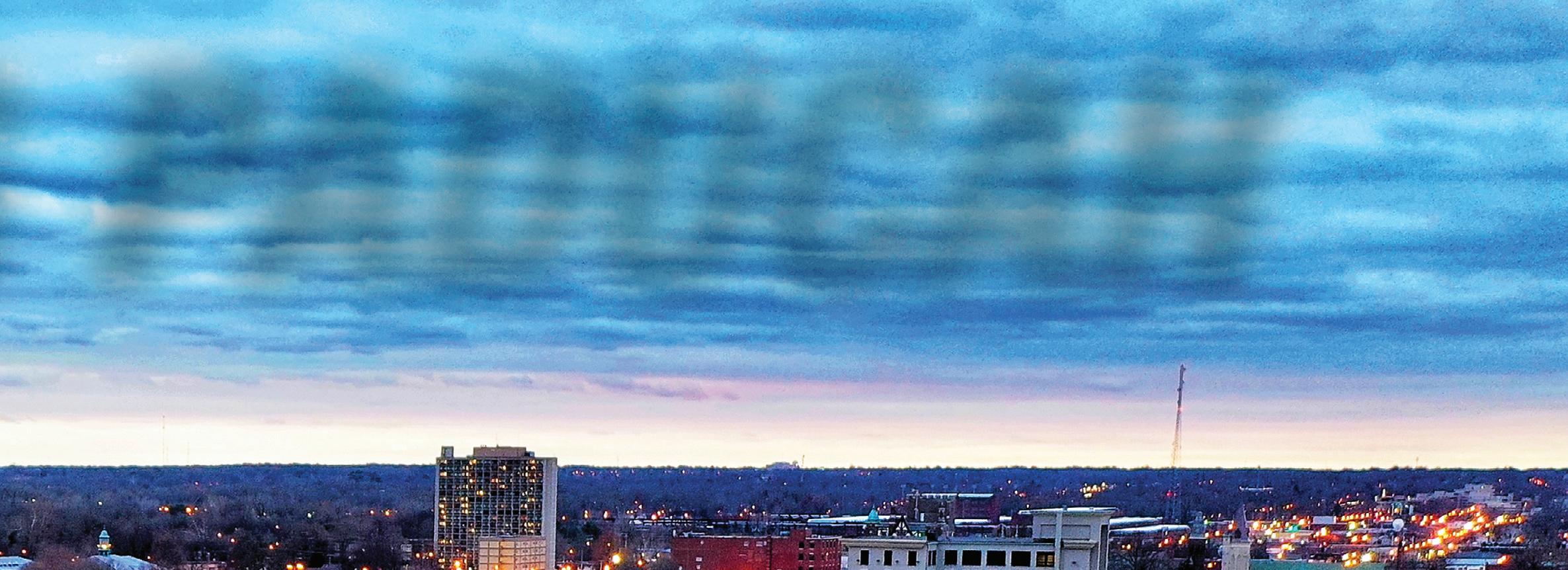





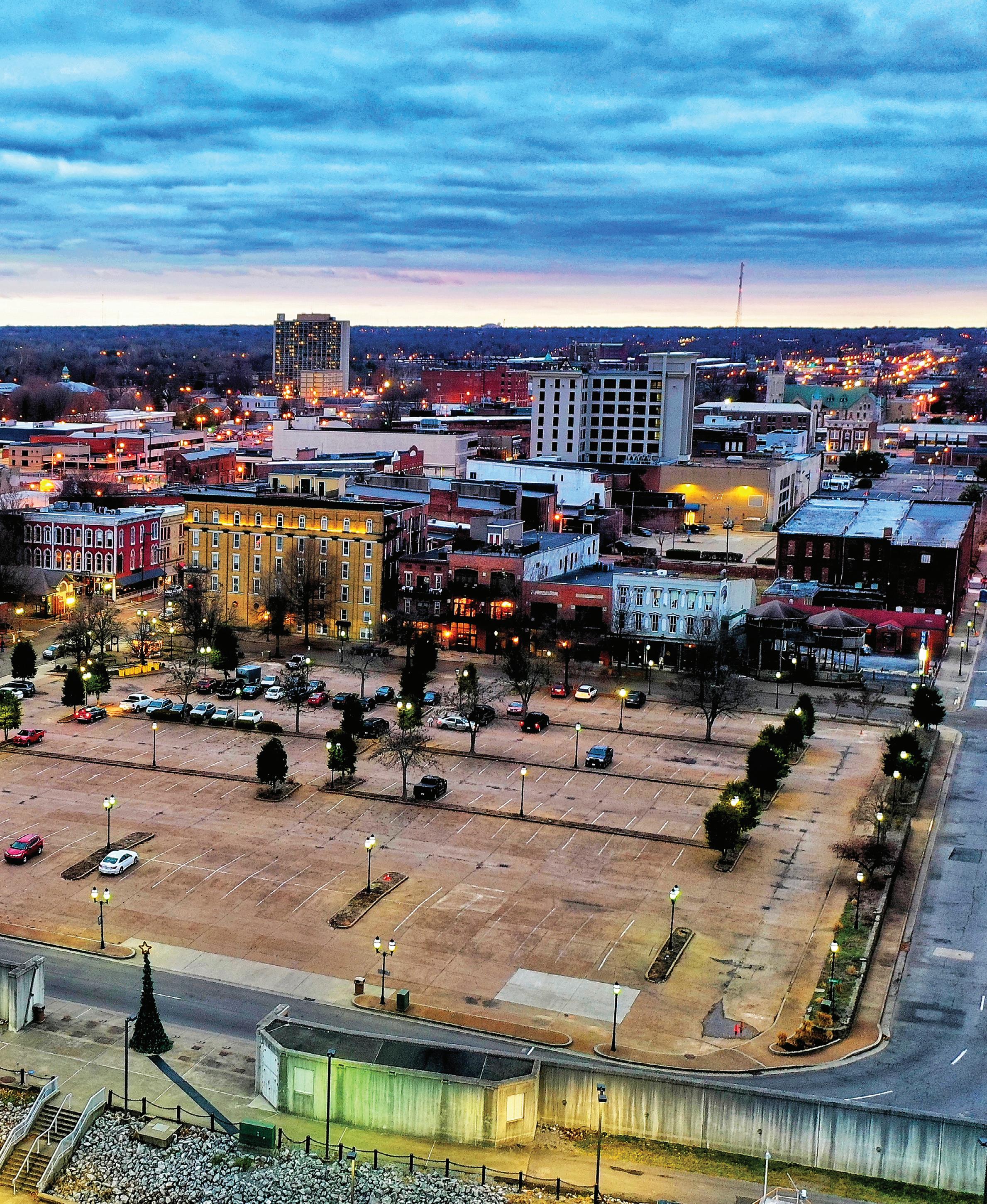



The river city of Paducah has historically been awash with economic energy and collective creativity. We take a look at where the current flow of vitality is taking this ever-evolving community. ★ by J.T.
 C RAWFORD
C RAWFORD


HE HEART AND SOUL OF THE CITY OF PADUCAH IS AND ALWAYS HAS BEEN ITS downtown. Even now, when the main flow of traffic in and out of the area takes place in what used to be farmland about five miles from downtown’s apex, our imaginations and identity are continuously drawn back to the cradle of the Ohio River where Paducah was born.

It was from the river that Paducah’s first settlers and guests experienced this land. They departed their vessels, walked up the bank, and viewed a region brimming with potential. The path into Paducah, just up the hill from the most common landing point, became worn, giving rise to the city’s main thoroughfare—Broadway. It was strategic, being at the confluence of the Tennessee and Ohio Rivers. One of the first orders of business for the growing town was lodging for itinerant trappers, hunters, and weary travelers who’d been confined to riverboats. John Harris, a Paducah merchant, opened a hotel on the first level plot of ground just off the river. A log-cabin inn and tavern had been operated there by John Fields until Mr. Harris saw the potential of a proper hotel. The St. Francis Hotel, built in 1847, was a multi-story structure

At Mercy Health, personalized heart care isn’t just for you. It’s for everyone that lives inside your heart. Learn more about our comprehensive heart & vascular services, and find a doctor near you, at mercy.com/heart

located at 100 Broadway—a plot of land that sold for $12 in 1827. The original building was wood-frame, had 18 rooms, depended on drawing water from a well, utilized outhouses, and housed the city’s pioneering post office. The hotel underwent several expansions within a short amount of time, and a brick veneer was added. Gas lights created a glow both inside and outside of the blossoming hotel, and owners added a hand-cranked elevator.
Years later, in 1861, General Grant seized Paducah for the Union Army, and business boomed. That spring, before Grant’s occupation, a Confederate solider wrote that upon arrival, their company “marched directly to the St. Francis Hotel, kept at that time by a strong Southern rights man named Shields. The hotel was thrown wide open to our company. We were wined and dined until late at night.” When Grant and Union forces arrived months later, they found a Confederate flag flying atop the hotel. As Grant read his proclamation to the citizens of Paducah, General E.A. Paine entered the hotel to have the flag removed.
Not long after the war, and after a couple of changes in ownership, the hotel had a new name—the Richmond House. And it had grown to 54 rooms. The Richmond House was known as one of the finest hotels on the inland riverways, drawing comparisons to those in St. Louis and Cincinnati.
Ancillary businesses flourished in the hotel. There was a barber. There was what was considered to be one of the finest bars around where the proprietor ran a mail-order whiskey business. A lottery along with a betting house was run from the lobby where it is estimated up to $8,000 changed hands daily. With additional renovations, a chef from St. Louis was recruited to run the hotel restaurant.

The Richmond House, later known as The New Richmond House after a change in ownership, was also a central meeting place. It was one of the first stopping points for visitors, even if they weren’t staying there. Locals also used it as a gathering spot. Couples John W. Keiler and Miss Blanch Friedman, as well as Joseph L. Friedman and Miss Elizabeth Keiler, held their wedding receptions there in a ballroom that boasted a walnut mantle and fireplace along with 30-inch tall wainscoting along the walls. It is where the City of Paducah signed the first railroad bonds for the Illinois Central Railroad. Musicians, performers, and singers stayed there as they traveled through the area or stopped to perform in Paducah. One couple was Louise and William Cody, the real Buffalo Bill. The hotel name was changed to its final moniker, the Southern Hotel, in 1917 by a new proprietor. A hotel by that name had previously existed just a couple of blocks away.
Broadway from Water Street in 1975. On the immediate right where pipes are stacked once sat the New Richmond House Hotel.
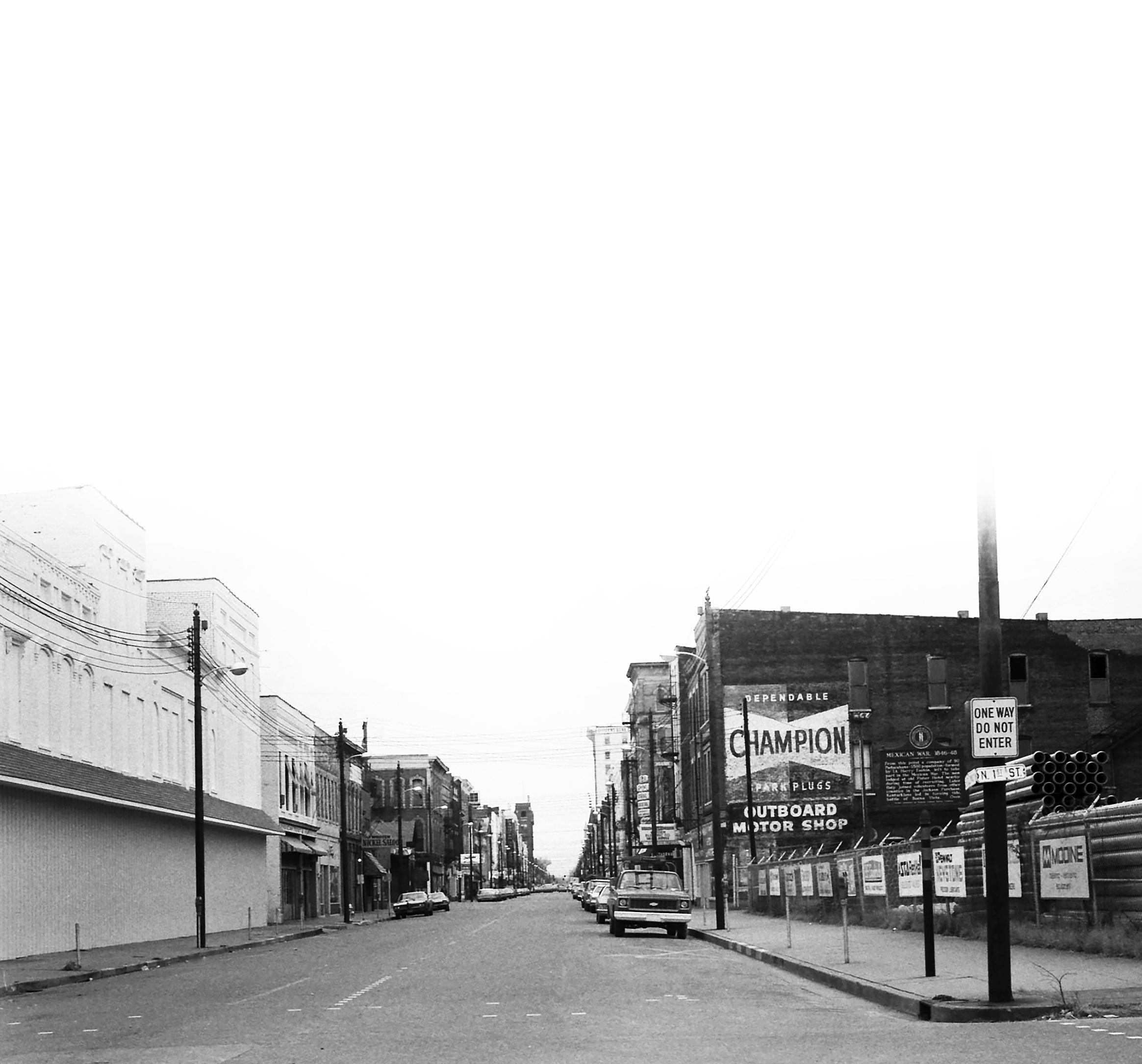 Photo by M ATS M EHRSTEDT
Photo by M ATS M EHRSTEDT
The hotel complex occupied a quarter of the full block. On the Jefferson Street side, the Western District Warehouse Company stored mostly tobacco. Friedman, Keiler & Company operated what was called a bourbon distillery although they were actually rectifiers. Central Kentucky bourbon producers floated full barrels on rafts down the Ohio River to Paducah where the company blended and mixed to create specific flavor profiles.On the Broadway side, next to the hotel, were a cobbler, a cigar factory, another small hotel, and a laundry, among others. The 2nd street side of the block housed mostly wholesale grocers and liquor dealers.
By the late 1930s, times had changed for Paducah. Larger, more grand hotels had been built to accommodate a growing population and more visitors due to an increase in national travel. During the Depression, the hotel became the first official home in Kentucky for out-of-work transients as established by the Federal Emergency Relief Administration. In May 1940, a new owner of the property tore the hotel down with no plans for the site. In remembering the hotel in its heyday, Fred Neuman, columnist for The Paducah Sun-Democrat wrote that “the large building stood out like a diamond stud in a red flannel shirt.”

By the 1970s, little had changed along the 100 block of Broadway. Nothing had been erected where the old hotel had been. The lot was used for parking and, in its later years, open storage. Businesses lined the remainder of the block on around to 2nd Street. The International Shoe Company,

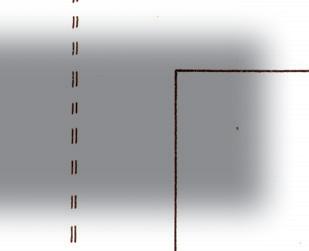


which was located in the 100 block of Jefferson, had been torn down. The company began operations in 1919 in the old tobacco warehouses, which had also been a brewery and distillery before Prohibition. But after closing down, the building decayed, and its destruction in 1973 was considered a “mercy killing.” Downtown remained an increasingly untenable mix of industrial and retail properties.
In the late 70s, city planners proposed a convention center and hotel be built in the 100 block between Broadway and Jefferson Streets with a parking lot to be located on the other side of Jefferson. That property was the home of the Federal Materials concrete plant.
Businesses such as Grief’s Restaurant, Troutman Signs, and Warden Electric Company, would be required to sell their buildings. It is estimated that 11 businesses were located in that block in 1978. The city worked with developer Bob Green who had built the Executive Inn in Owensboro. City leaders secured state and federal grants, the block was razed, and in May 1980, a groundbreaking ceremony was held with Governor John Y. Brown and former Governor Julian Carroll in attendance. There was just one problem—negotiations on Federal Materials had not started. Not only would there be the cost of purchasing the property, but there was also the cost of relocating the business. Green balked immediately at the price tag and threatened to pull the entire project out of Paducah. Within a few days, Green unveiled his own plan, which put the hotel and convention center at Barkley Park on the other side of the floodwall. He touted the ability to add playgrounds and other public amenities. He even talked about building a mall. Rumors swirled about Green’s motives, and the project drew controversy throughout its duration.
The original site for the convention center remained desolate— an empty block of gravel. When the Museum of the American Quilter’s Society (now The National Quilt Museum) opened in 1991, a renewed sense of downtown’s possibilities developed. A plan emerged that included a river heritage museum, a floating dock with offices and meeting rooms, additional floodwall openings, and a 281-car, treelined parking area in the gravel lot. Some of the ideas came to pass, some did not. The parking lot did. And that move was credited for the receipt of a state re-development grant that helped spur the slow revitalization of downtown.
While parking lots, in and of themselves, are not exciting, great thought went into how to make the surface fit within a historic, downtown context. The finish resembled concrete from the mid-century when gravel aggregate was often used. Planners also included a gazebo and horse path.
Since then, nothing has changed. What would probably be considered the most valuable piece of property for a river town has, historically, been largely lifeless. With the loss of the hotel and later, the International Shoe Company, the entire block, for most of its life, served neither tourism nor industry.
chose to move my business to Paducah because of the life that is here. I chose Paducah because I saw the potential this city holds. The sense of community that overflows form the people here is truly beautiful. It is so refreshing to be a part of such a sense of community among the small businesses in downtown Paducah. I believe Paducah will flourish and reach its greatest potential if we are willing to embrace change. We need positive economic growth and prosperity for the city and for its citizens. We have an amazing opportunity to watch something take shape in downtown Paducah that will impact our lives and our families for decades to come. Let’s grow Paducah!”
aducah is on the cusp of growing into something fantastic laid from the groundwork of many previous generations. 2020 to me is shaping up to be one of the single greatest years of development this city has ever seen at one time.
Many people from the outside see our great potential and are willing to invest large sums of dollars to help us achieve that greatness. My only wish is that local citizens will open their arms up to the progress we are seeing come to life before our eyes.
There is no reason when people think of Kentucky, that we should not be in the same conversation as other great cities like Lexington and Louisville. Big picture and out of the box thinking grew those places and Paducah is a special place that is getting its latest, and deserved renaissance.”


THE WATERS OF THE OHIO AND Tennessee Rivers acted as the amniotic fluids for the birth of Paducah. George Rogers Clark first noted the site in 1778 en route to capture western Kentucky and the Old Northwest from England. Clark entered a Virginia Treasury warrant claim to the lands at the mouth of the Tennessee in 1795. The claim later fell to William, the younger brother, noted for the Lewis and Clark expedition. In a letter to his son, Meriwether Lewis Clark, then a cadet at West point, William chose the name Paducah to honor a once numerous tribe in the region.
In a manner, Paducah is being rediscovered by those who seek to invest in Kentucky’s inland waterways and the lively cities that thrive along its coasts. In the fall of 2019, U.S. Senate Majority Leader Mitch McConnell announced the award of a federal BUILD grant (Better Utilizing


The swift waters of the Ohio have brought prosperity and purpose to Paducah’s eastern horizon for more than 130 years. A federal grant will spur a new current of potential for the city’s historic shore.
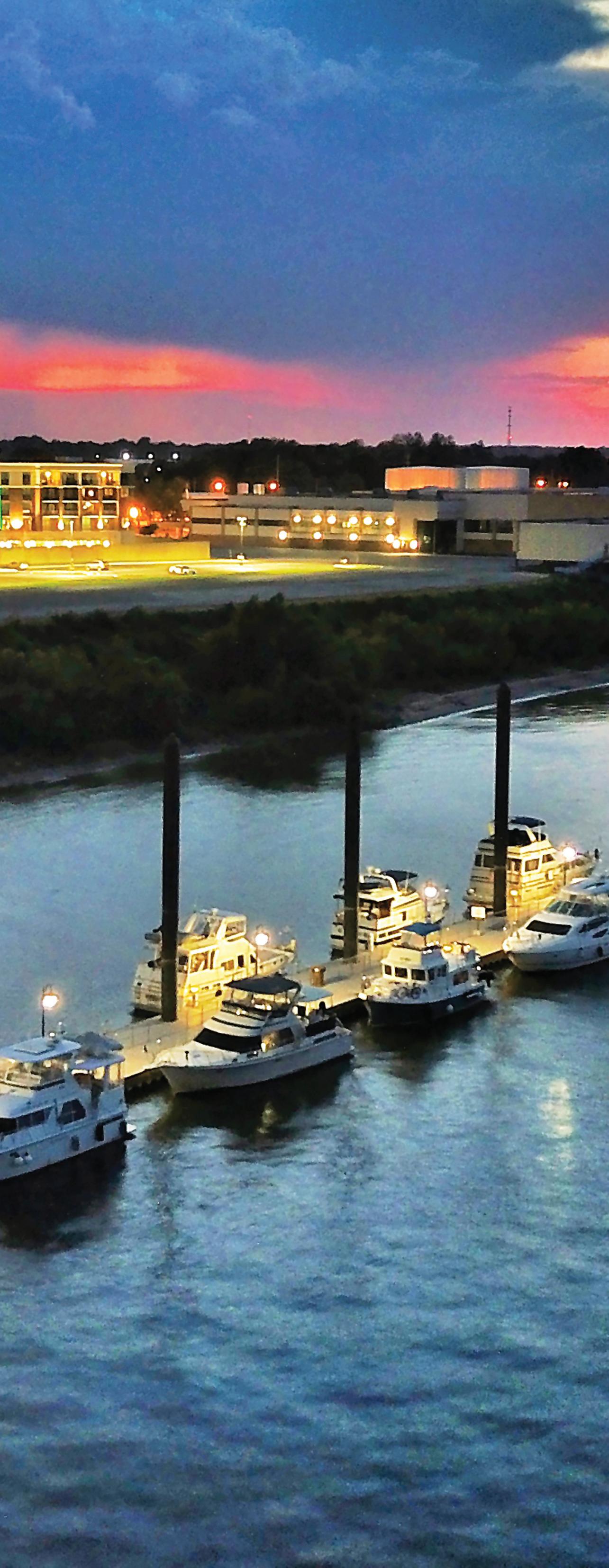


 Photos by VICK PATEL/PADUCAH DRONE
Photos by VICK PATEL/PADUCAH DRONE
Investments to Leverage Development) for Paducah.

“The river is what made us a city, and our downtown is what makes us unique,” says Mayor Brandi Harless. “It’s the beginning of our existence, and it deserves to be honored and for us to take full advantage of its potential. As we continue to compete with other cities for jobs and to grow our population, these are the types of projects that will set us apart. Between this project, the TIF District development, and the Opportunity Zone designation, our riverfront and downtown have a bright future ahead.”
Paducah will be receiving $10.4 million for the Riverfront Commons project which includes the following elements:
• Riverboat excursion pier and plaza
• Bike, pedestrian, and broadband linkages from the Convention Center to the riverfront
• Improvements to the landing near the transient boat dock
“With this BUILD grant, Paducah can continue creating new opportunities for tourism, recreation, and commerce along the riverfront in support of good jobs and economic growth,” said Senator McConnell. “Making Paducah an economic leader in our Commonwealth and the region has long been a priority for me, and I have been proud to work with Mayor Harless, Judge Clymer, and other city leaders to continue developing the riverfront and its vast potential. As Senate Majority Leader, I’m constantly looking for new opportunities for this wonderful region, and I was glad to help deliver this latest federal investment in Paducah’s bright future.”
City Commissioner and Paducah Area Chamber of Commerce President Sandra Wilson added, “We are so grateful that this was chosen. It was very competitive. So, it took support from the community, support from the City,

ver time, we’ve seen Paducah's Convention Center business ebb and flow. We’ve witnessed a once monumental 450-room riverfront hotel with a showroom that was host to hundreds of famous performers. We saw an exposition center rise from its foundations to make room for large exhibits. Then we watched as the Executive Inn became a forgotten landmark, and we’ve experienced the deterioration of the Showroom Lounge.
But in the last decade we’ve also been privileged to welcome a new hotel and significant upgrades to the Convention Center and Expo Center, which will welcome a Field & Stream event in 2020! The BUILD grant will allow us to make infrastructure improvements, like better linkages to downtown, improved intersections for pedestrian crossings, and covered walkways for hotel guests to the Convention Center.” —
BRANDI HARLESS, MAYOR, CITY OF PADUCAH
support from the State, and support from the federal officials to make this happen.”
“This really is what it’s all about in our community,” said City Manager Jim Arndt. “We sat down in January of last year and focused on our city’s strategic plan. This project helps us to begin to reach 12 of those initiatives. It’s a monumental occasion for the City of Paducah.”

The riverboat excursion pier and plaza was identified in the 2007 Riverfront Master Plan as one of many projects to enhance Paducah’s riverfront. The pier will provide a docking point for the riverboats that visit Paducah. Currently, visitors disembark and must climb a steep slope from the foot of Broadway in order to access the downtown area. The installation will provide a safer, easier transition from boat to land, allow for more secure riverboat dockings, and move the disembarkation point out of the flow of traffic.
Bike, pedestrian, and broadband linkages will include the development of a multi-use path from 6th Street along Park Ave/3rd Street into downtown to aid in the movement of pedestrian/bike traffic from the Convention Center to downtown. Key intersection improvements, including curb extensions, wayfinding, bus shelters, and crosswalks will make for an improved pedestrian experience. A broadband installation along the riverfront will allow for emergency call boxes, security cameras, and hardline Internet access for the transient boat dock.
The transient boat landing improvements include connecting sidewalks from the floodwall to the Greenway Trail, improving traffic control, adding landscaping to prevent erosion, and providing shade, wayfinding, and amenities for users of the transient boat dock.
“Paducah has always welcomed steamboats. It’s part of our heritage to greet boats and passengers at the riverfront and engage in commerce.
Paducah will soon raise the bar for communities along the Ohio River with a dock designed especially for large passenger vessels that offers a safe, efficient way for travelers to disembark and experience all that Paducah has to offer. I believe this will be a valuable asset as it builds upon our location at the center of the inland rivers and puts us in a position to welcome more steamboats and new river vessels.
This is a major step in Paducah‘s evolution as a river cruise port and possibly becoming a port of call. Being a port of call means passengers begin and end cruises at that stop. This, in turn, brings increased tourism impact to a community.
Travelers arrive by car, air, rail or motorcoach. Many arrive early or extend their stay after the cruise.
Every aspect of Paducah feels the impact of visitors who stay in hotels, eat in restaurants, tour cultural attractions, and shop. It’s a win-win when we can attract and welcome people with expendable income who have appreciation for the culture and heritage of our river town.”
MARY HAMMOND, EXECUTIVE DIRECTOR, PADUCAH CVB
Sometimes our meanings are reduced to random letters. Relevant yet nebulous. Meaningful yet mysterious. You’re probably familiar with most of the alphabet soup in the opening line, but perhaps not the initial one. So what IS a TIF?
“A TIF is a Tax Increment Finance district,” explains Katie Axt, Paducah’s Downtown Development Specialist. “It’s a financing and development tool that allows local governments to capture state property and other taxes generated on the increased value of new downtown developments. Those funds are then used to build infrastructure improvements along the riverfront and downtown.”
So THAT should clear things up.
In other words, with the utilization of a TIF, Paducah gets more tax money staying in the community and less going to the state government.
In Kentucky, taxes collected by the state government are also eligible to be directed back to the city, which is a completely new revenue source for municipalities like Paducah. The captured value of the increase in tax revenues is used to finance public infrastructure and to attract private development projects. “Eligible public expenditures include parks and open spaces, public parking, streets and sidewalks, and environmental remediation on historic properties,” Katie adds. In order to qualify for a
here has been a vision for growth in Paducah for as long as I can remember. Over the years I have seen the landscape of our city change. Opportunities present themselves, and we don’t always see them at first. This most recent investment in historic Downtown Paducah is yet another step to bring our area to the forefront of Kentucky. As we put our city in the spotlight, we have everything we need, including interstate highways, rivers, railroads, and an airport. These things attract bigger companies, and they will see the beauty and benefit in our area.
It’s about opportunity. It’s about growth. It's about the future of our city and the future of western Kentucky. Now is not the time to be afraid of change. It is the time to be brave and utilize change in order to grow and better our community! We will lead the way to a new generation of business and growth. We will attract the jobs our citizens want and need.
We will make opportunity for future generations. I believe in Paducah.”
—TODD BLUME, OWNER, PADUCAH BEER WERKS
“We have momentum. I see implementation happening. I think we have a clear vision of what Paducah can be in the near future.”
KATIE AXT, DOWNTOWN DEVELOPMENT SPECIALIST
TIF, a city must be able to demonstrate that development in the TIF district would not occur but for the TIF-funded public improvements, and that the use of TIF funds will generate new economic activity.
In April 2019, the City of Paducah and McCracken County passed a resolution and executed an agreement to establish the area’s first TIF along Paducah’s riverfront along with a portion of downtown. In July, Paducah submitted its application to the state. In the application, the City articulated a suite of projects that would generate new economic activity in the Commonwealth that could not be accomplished without the use of a TIF. The application also identified several private development opportunities to spur investment and generate the tax increment needed to fund infrastructure projects.
In August Paducah received preliminary approval by the Kentucky Economic Development Finance Authority (KEDFA) for Paducah’s Downtown Riverfront TIF District.
Over the next 20 years, Paducah’s TIF project is expected to generate $123 million in eligible revenues. Those would include:
• State tax revenues of $99 million (sales, property, and individual income tax)
• Local tax revenues of $24 million (city and county property, city payroll)
“When implemented as a cohesive and whole project, the downtown and riverfront areas come together to create an economic hive for small business and to establish a vibrant urban neighborhood that meets the needs of Paducah’s changing population,” Katie adds. “It will also allow us to expand a beloved destination that celebrates Paducah’s unique history and creativity.” Many private sector development opportunities exist today that are ready for local development and investment, which would contribute to the growth of the community. “It is through private investments in projects like the town square proposal, Whaler’s Catch, GenCanna, and the Rubel Dry Goods building that unlock the ability to implement some long-awaited public benefit projects. Those might include Paducah Commons, the riverboat excursion pier, the former showroom lounge, and the restoration of the Columbia Theater.”
The application and projections will be vetted by KEDFA in early 2020. Then the group will draft an incentive agreement detailing the footprint, specific taxes, and infrastructure expenditures along with reporting requirements leading to potential final approval in the spring of 2020. Activation occurs once the City reaches $20 million in capital investment.
“This is such an exciting opportunity for Paducah,” Katie comments. “When I moved to Paducah to take this position just a year ago, I saw so much potential in this vibrant community. I was so energized by the vision of the leadership here and the steps being taken to capitalize on Paducah’s many concrete and creative assets. To see this funding source come to fruition gives us the ability to produce real results for Paducah’s continuing success.”
For more information, visit paducahky.gov/downtown-redevelopment
When people heard that Katie was coming to Paducah from New York City, the reactions ranged from raised eyebrows to furrowed brows. But once she arrived on the scene, everyone’s expressions relaxed as they quickly witnessed Katie’s relaxed demeanor and mid-western charm.
“I grew up in Wisconsin, and I’ve lived on both coasts,” Katie explains. “Life for me has been broad and multi-faceted. I’ve experienced everything from the city that never sleeps to the laid back lifestyle of California. I think Paducah is a wonderful blend of all good things!”
Katie has a BA from the University of Wisconsin and an MA from UCLA. She has worked in historic preservation, as an urban planner, and in New York City’s Department of Environmental Conservation. In 2012 Katie was awarded a Special Citation for Vision 2020, for a comprehensive waterfront plan.
She joined Paducah city government in 2018 and currently serves as Paducah’s Downtown Development Specialist.

An artful depiction of what Paducah’s river city might look like as its history unfolds.
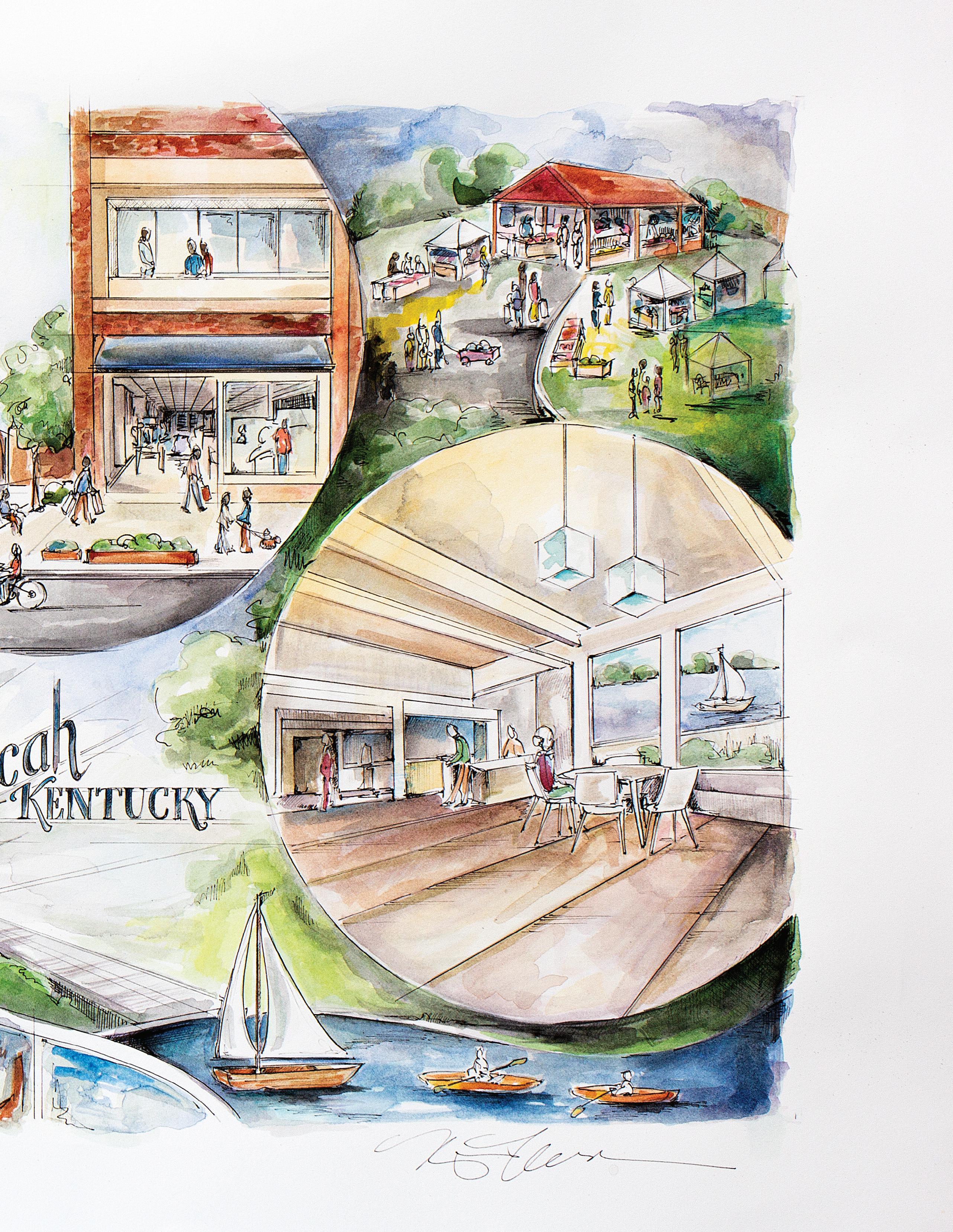
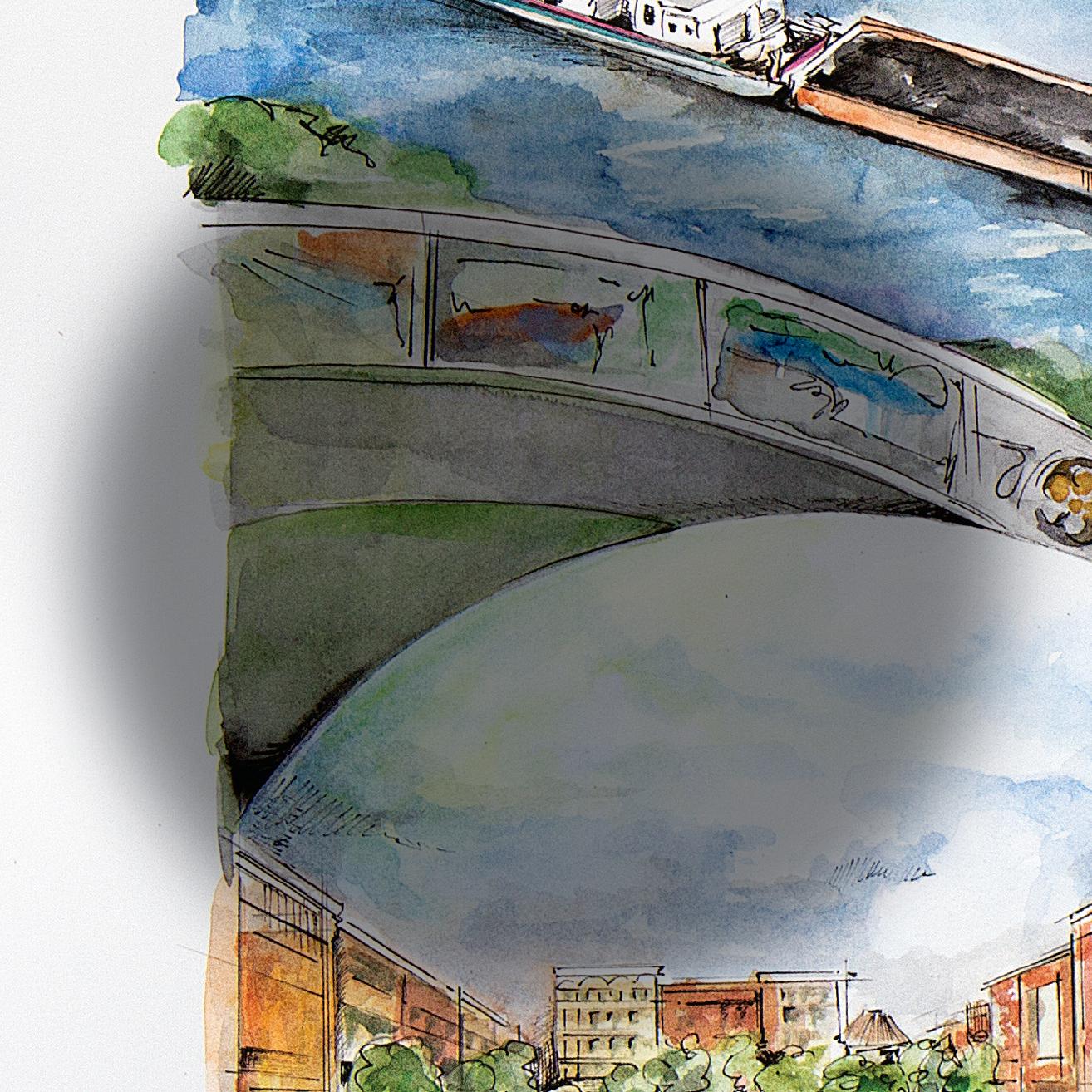
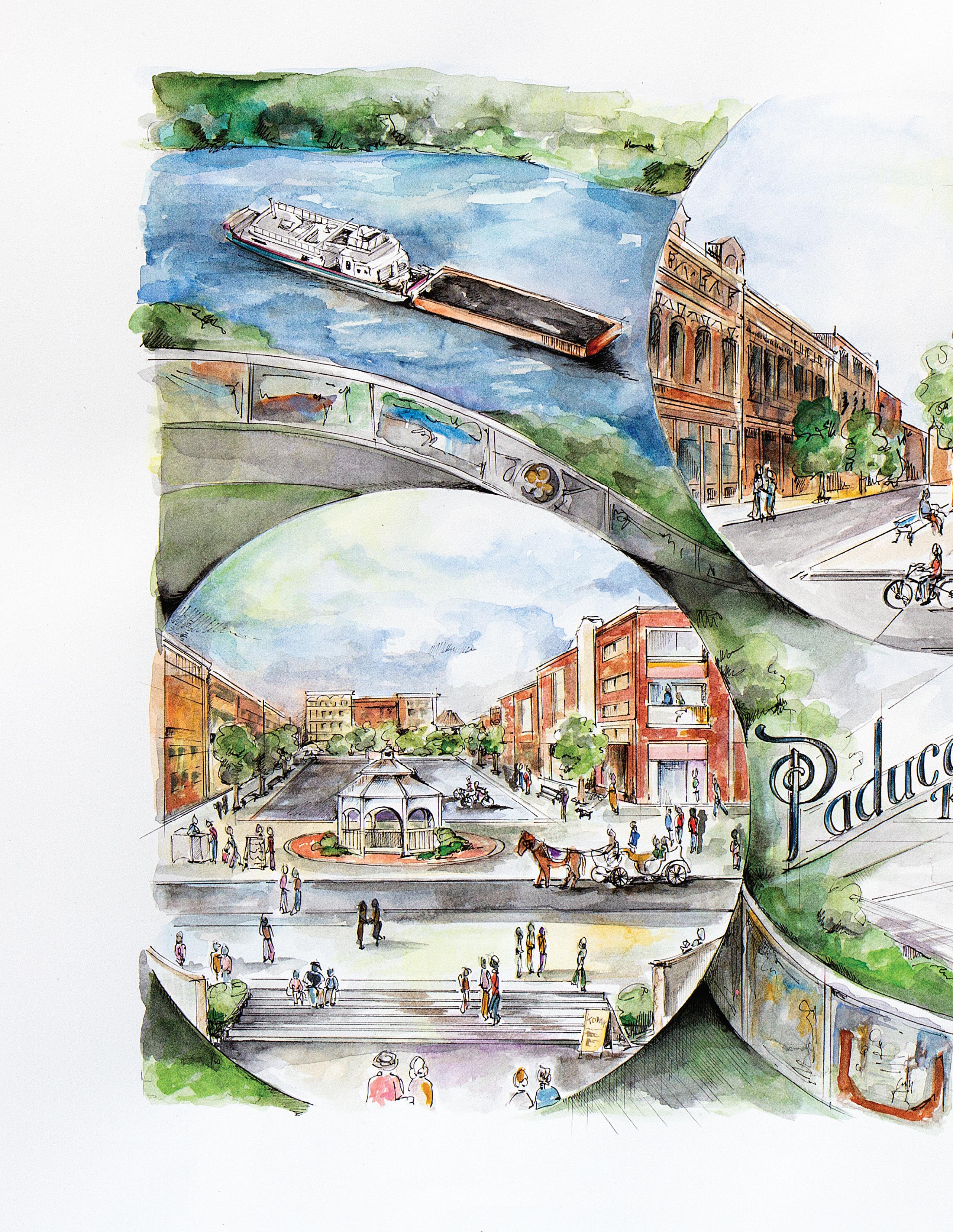 Art by K IJSA H OUSMAN
Art by K IJSA H OUSMAN


N THIS EDITION OF PADUCAH LIFE MAGAZINE WE HAVE PROVIDED perspective on several new developments in downtown Paducah, including the TIF district, the federal BUILD grant, and a history of the first block of Broadway, which now serves as a parking lot.
The proposed development project by Louisville’s Weyland Ventures on the current riverfront parking lot has triggered a variety of opinions. This public discussion is a healthy way for city government, local

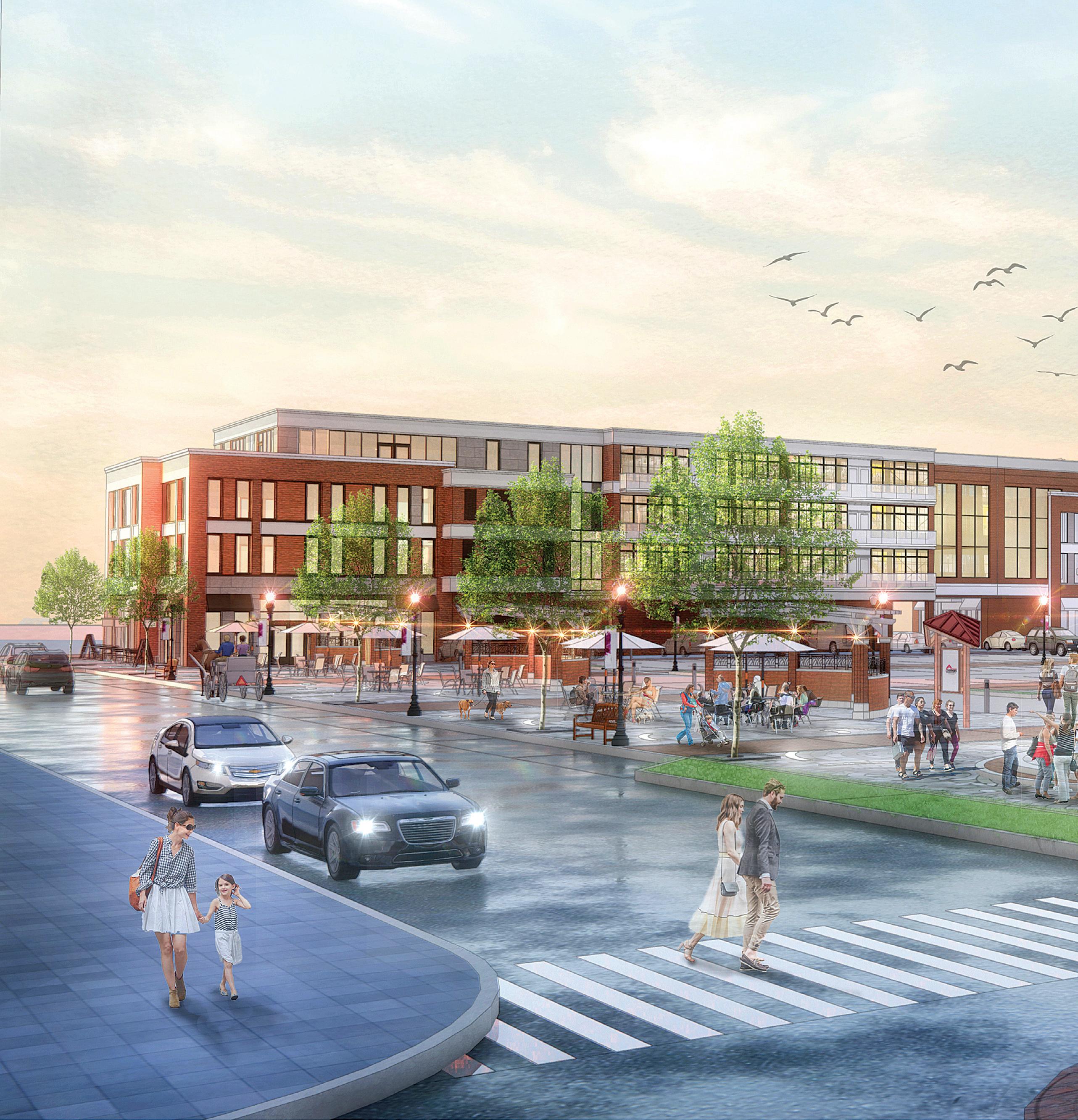
businesses, residents, and visitors to assess the proposal and provide valued input. Given the many misconceptions about the proposed development, we have included in this issue a Q&A with regard to the current specifics relevant to the project. We hope this information will aid in our collective reviews of the proposal in a fair and factual way.




Paducah’s “town square,” also known as the 100 block of Broadway and Water Street, has been chosen by Weyland Ventures as a site for a prospective three-acre multi-use development for Paducah’s historic district. The project includes a boutique hotel, two mixed-use residential/retail buildings, a public town square, and off-street parking.
Weyland Ventures is a multi-disciplinary real estate development firm known for creating unique properties in urban areas across the nation. Considered experts in the use of historic tax credits, new market credits, and other layered financing methods, the company is able to tackle tough projects that typically would not be considered viable to other firms. “Our projects incorporate residential, commercial, retail, and entertainment venues that often create new and vibrant neighborhoods, while preserving the community’s unique heritage,” said Bill Weyland. Some of the firm’s notable projects include Whiskey Row in Louisville, the Slugger Museum, and Owensboro’s downtown and riverfront revitalization.
In April 2019, the City of Paducah entered into a 12-month preliminary development agreement with Weyland to undertake planning, design, and development activities for the site. As part of this agreement, the City agreed to undertake due diligence work, including environmental review, geotechnical analysis, a utility assessment, and a parking assessment. Weyland agreed to create a development and site plan that includes a hotel, public space, public parking, and one or more mixed use residential/retail buildings.

In January 2019, the City completed a hotel market study to assess opportunities to attract new overnight stays in Paducah with the development of a downtown hotel. The study evaluated eight sites: the old Executive Inn property, the former nursing home lot on Park Avenue, the Farmers’ Market lot, Whaler’s Catch, Carson Center lot, the former Kresge building site, the Kentucky Avenue public parking lot, and the 100 block on Broadway at the riverfront. Each potential site was evaluated on seven criteria: site ownership (public vs. private land); existing use (occupied vs. vacant); site size; potential for development and parking; the marketability/visibility/accessibility; and nearby amenities to attract visitors.
The 100 block on Broadway was the most advantageous site of the eight locations for generating new visitors downtown and for driving new business to entertainment, shopping, and hospitality businesses. At three acres, the city-owned block has the space to create a new downtown destination to draw people and spur commercial activity. The hotel, in turn, becomes one component of a larger, more integrative development plan that utilizes downtown’s most central location to connect and unify Paducah’s riverfront, historic corridor, and cultural anchors like the Carson Center and Convention Center.
The preliminary development agreement includes an exclusivity clause. What is this and why was it included?
The development agreement stipulates that during the term of the agreement, the City shall enter into no other agreements that provide new incentives for a similar development project within the Tax Increment Finance district. A short-term exclusivity clause is one way for municipalities to provide some certainty to the developer as they advance a project
he Paducah-McCracken County community moves forward, not purely through technological innovation, but by standing together and creating a place where we all want to live. Let’s be honest— we already have the tools today to build anything we want, but what it all really boils down to is: marrying the tools with the talents of our people to produce the best version of our community that we can. Creating and building upon an economy that will continue to sustain for generations is key. We are seeing that on the horizon, now more than ever in our region. We have the technology and innovation, the skill sets needed, the infrastructure, and the overall vision to be a real player in the Kentucky economic engine. The next decade in Paducah will be about utilizing our talents and our tools to make those strategic moves toward continued growth and sustainable progress.” —MARK WORKMAN,
BACON FARMER WORKMANthrough the process. Under the City’s agreement with Weyland, previously executed agreements with other developers remain in place. The Downtown Development Grants (e.g. roof stabilization, upper story living, new business, and façade grants) for projects located in the historic district also remain in place. The City welcomes proposals from private developers for projects located on city-owned land, with the exception at this time of new proposals located in the TIF district that include a hotel and/or mixed-use residential projects.
The vacant buildings in downtown Paducah are privately owned. Redevelopment of privately held sites is the responsibility of private property owners. The City supports the preservation and redevelopment of downtown’s historic buildings through the Paducah Main Street. The mission of Main Street is to revitalize our historic district through preservation, economic development, and creative place
making. This work is carried out through promoting downtown Paducah’s unique character and heritage, building the organizational capacity to host and support special events that draw people to downtown, providing design expertise and technical assistance on redeveloping historic buildings, and funding redevelopment projects through four downtown development grant programs: roof stabilization, upper story living, new business development, and façade improvements.
To date, the City has awarded more than $1 million in grants for redevelopment of historic properties, which in turn has unlocked nearly $5 million in private investment.
Additionally, the City has taken significant steps to improve the public’s experience and to create more predictable outcomes with navigating the land use review, permitting, and inspections process.
The current “town square” project leverages this work and strengthens the downtown commercial district by bringing new investment in infrastructure, greater flexibility in available commercial space, and opportunities for more people to live and spend time downtown!
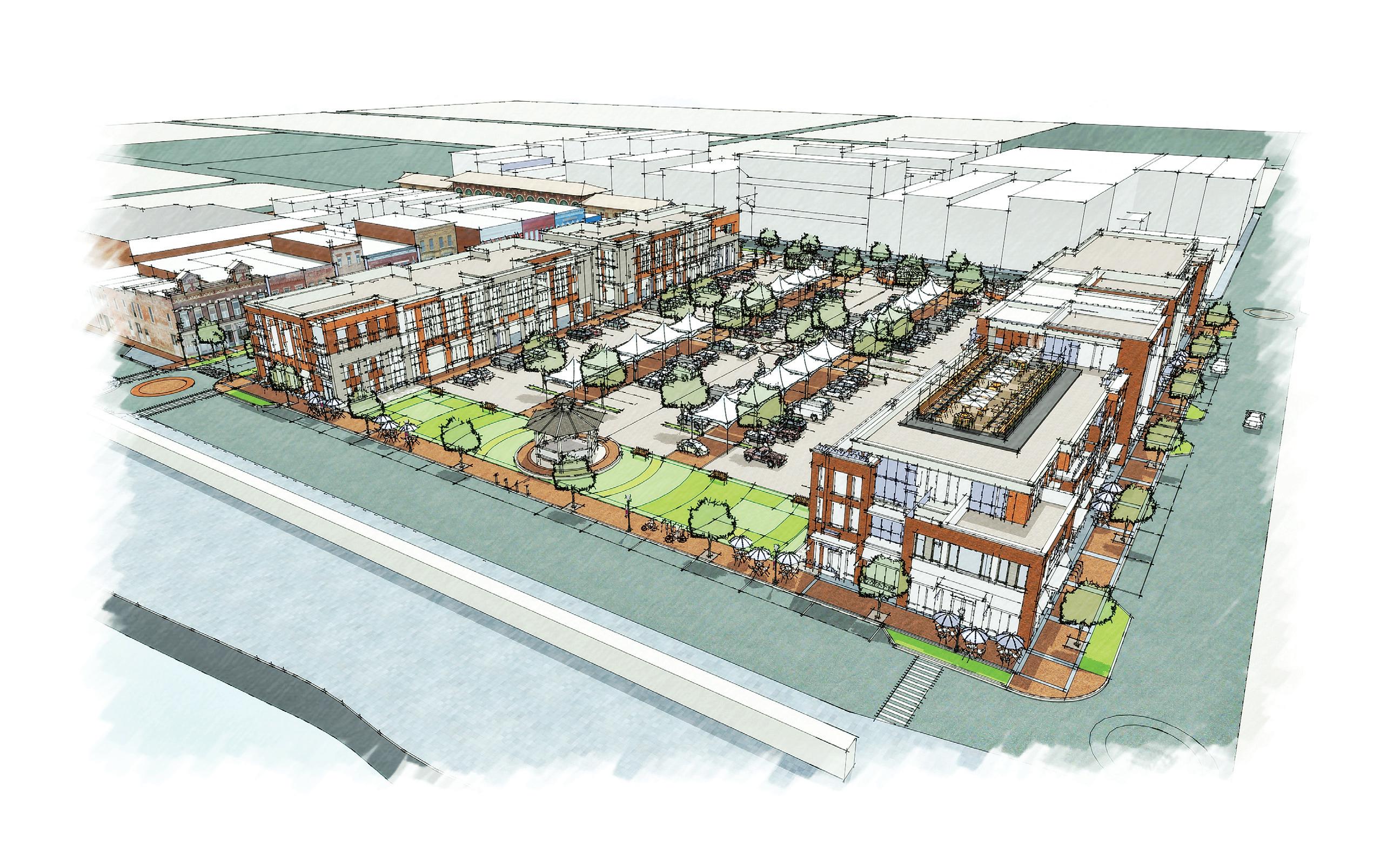
The proposed project maintains the majority of off-street parking on the site. The project will also include much-needed repairs to the parking lot and provide improvements to accessibility and circulation. The City is undertaking a parking assessment to determine better ways to manage the city’s existing parking infrastructure, and improve mobility and accessibility for all people living, working, and enjoying downtown.

Downtown Paducah hosts approximately 30 events every year. Paducah’s special events—the festivals, concerts, parades, public markets, fund raising runs, and block parties—are one of the strongest attractions that draw people to downtown. The City is grateful for the many community organizations that sponsor these events and encourages more organizations to utilize downtown to build community. This proposed project on Broadway and Water Street will provide much needed repairs to the parking lot and will create new avenues for hosting special events and expanded public programming. The project will aid in infrastructure improvements, public amenities and open green space, and activation of the space with new commercial and residential development. New and creative avenues will be employed to continue to support and build on our downtown special events.
fter years of planning and hundreds of pages of studies from many past administrations, Paducah will finally see our unique riverfront fully developed for future generations. The vision for Paducah’s historic riverfront has been measured and incremental. There have been a host of good ideas over the decades but never fulfillment; until now. We’ve seen upgrades to Wilson stage, a dinner cruise boat come and go, and the addition of landscaping along the Water Street portion. We've seen the transient boat dock open, Schultz Park get an upgrade, the greenway trail completed along the river's edge. And yet the view to the world is crumbling pavement and millings, marring the beauty and potential grandeur of the gateway to Paducah. That’s all about to change. As we embark on a new decade, the City of Paducah embarks on a renaissance of its most outstanding natural feature—our point of welcome along the Ohio River.”
BRANDI HARLESS, MAYOR OF PADUCAH

FORMER MAYOR GERRY MONTGOMERY GREW UP IN Paducah and activated her affection for her hometown by ultimately providing leadership for its future by being elected mayor in 1988.


After high school at Paducah Tilghman, Gerry graduated Summa Cum Laude from Georgetown College with a major in mathematics and a minor in history and chemistry. In 1960 she completed work towards a Masters Degree in chemistry, then worked toward an MBA at Paducah Community College in 1978. In 1991 Georgetown bestowed upon Mayor Montgomery its Honorary Doctor of Laws.
Gerry’s parents owned and operated a local grocery for many years in Paducah. In the late 70s Gerry’s father, James, was shot locking up Biggs Grocery one evening as he left the establishment. Mr. Biggs never fully recovered, and due to his poor health, Gerry took over management of the grocery. In 1986 Gerry sold the store and building at her father’s request.
That left Gerry open to possibilities—the most pivotal being a run for mayor of Paducah in 1988. Gerry Montgomery became only the second woman mayor of the city until the current mayor, Brandi Harless.
At the time of Gerry’s tenure, Paducah’s downtown was in a cultural decline, like many small towns around the country. Suburban sprawl and outlying malls drained historic downtowns of their commerce and cultural significance. But that began to change when Mayor Montgomery put her voice and vitality into the reclamation of what was once western Kentucky’s municipal mecca.
Within her towering resume Gerry wrote this of her time as Paducah’s premier patriot. “We led in developing public/private partnerships with the Riverfront/Downtown revitalization, the Information Age Park, and the 800 MHZ systems. We started the city/county meetings on a regular basis, which led to solid waste agreements and a model E-911 system. We initiated a strategic planning process for city government to define a mission, vision, and to set goals to provide city departments with a Management Action Plan. We led the city in a commitment to build, rebuild, and maintain the entire infrastructure of our community.”
These were significant achievements, but what Mayor Montgomery humbly left unsaid was that she initiated the true beginning of Paducah’s renaissance
from its downward spiral. It was during her reign that the virtual lifeblood of Paducah’s historic district began to flow once more as it had in previous generations. It was her perspective of the future that ultimately brought the city to its current unique posture among national and international peers.
Mayor Montgomery’s complete biography would require the remaining pages of this edition of Paducah Life Magazine. So we’ve plucked a few momentous accomplishments from her legacy of leadership to share with you here as we salute Mayor Gerry Montgomery’s lifelong body of work on behalf of the city she loves.
Governor’s Task Force On Education Steering Committee
Paducah Community College Board of Directors
Paducah Area Transit System Charter Member
The Kentucky Bicentennial Commission
Urban Affairs Council
Kentucky League of Cities Board of Directors
Leadership Kentucky
Paducah Day Nursery Board of Directors
Kentucky Arts Coucil
Kentucky Artisans Center at Berea Board of Directors
Paducah Cable Authority
Paducah Area Chamber of Commerce Board/Summit Award
Leadership Paducah
Rotary Board of Directors/Paul Harris Fellow
National Quilt Museum Board of Directors
Community Foundation of West Kentucky
Founder and Board of Directors
River Heritage Board of Directors
Paducah Ambassadors
Kentucky Woman of Achievement

The holiday issue was WONDERFUL! I always love how you bring Paducah history to LIFE. The ads are so tastefully done. They never detract from the beauty of the magazine. And my girlfriends and I have already explored all the fabulous new bars in town per your features! PADUCAH LIFE is one of the few publications I read COVER to COVER. Another job well done!”
Claudia Meeks, Assistant City ClerkFEBRUARY 8
7:30 p.m. at the
Get tickets at artsinfocus.org or 270-534-3212
The soulful songs of the Gullah culture are brought to life by this band of native South Carolinians who mix the low country traditions with large doses of jazz, gospel, funk, and R&B. “Gullah” comes from West African language and means “a people blessed by God.” “Ranky Tanky” translates loosely as “Work It,” or “Get Funky!” In this spirit this Charleston, S.C. - based quintet performs timeless music of Gullah culture.


In 1998, Mayor Gerry Montgomery wrote a visionary essay looking to the future of what was possible two decades hence for the city that she loved. It’s an eye-opening review of the developments she envisioned as the river city moved into the 21st century. We are so happy that we can share it with you here as a tribute to the legendary leadership of Mayor Gerry Montgomery.
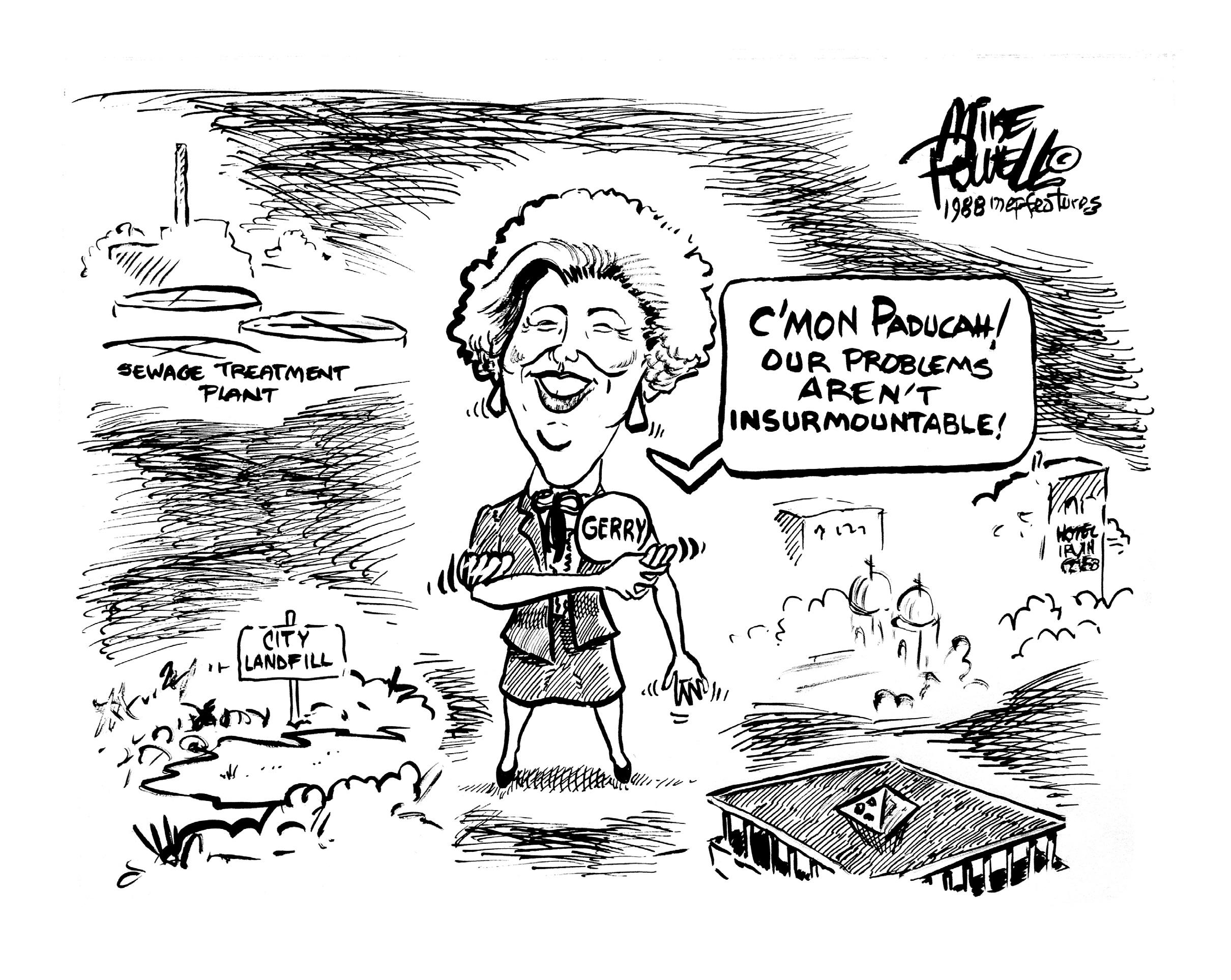
★ by G ERRY M ONTGOMERY
“Life has a way of talking to the future. It’s called memory.”
—RICHARD POWERS, AUTHOR
N 2020, PADUCAH IS AN ATTRACTIVE, safe, well-maintained city with leaders that have a vision and a can-do attitude. Local government is a very effective county-wide government. The diversified economy includes good jobs in the river industry, high tech, information data processing, byproduct recovery from waste at the plants in our area, distribution businesses, private entrepreneurs, healthcare, retail, finance and tourism The people are friendly, happy, and working together as a team to achieve the best for the community. All the citizens are a contributing, vital part of the community.
A proactive plan is in place to maintain, build, and rebuild all needed infrastructure to provide for job growth and our citizens’ needs. As we look around Paducah we see the outer loop is nearing completion, which has pushed the airport facility to double in size and a new distribution park to be developed adjacent.
The old Cairo Road, now a part of the outer loop, is the truck route to I-24 and a future attractive site for businesses and housing. The road extends on to the 8th and 10th Street distribution businesses, which have enlarged, and others have been added because of the improvement in that area.
The Olivet Church Road bridge is complete, and the industrial park is almost full. The Information Age Park is 95% full providing over 10,000 jobs, and on or near the site of the USEC Gaseous Diffusion Plant are five major recovery industries employing 1,000 people.
Paducah is still the hub of the inland waterways. Paducah’s oldest industry is still one of the best. Paducah is an entrepreneur center encouraging new business startups. The Dippin’ Dot’s success story is repeated many times over.
Downtown Paducah is a mecca for tourists and citizens alike. It is the cultural arts center for the region. Paducah is hosting the 36th annual AQS International Quilt Show at the Convention Center located on the Ohio River. This center is also the location for many exhibitions and trade shows and regional conventions. The murals, the Market House Museum, the Carson Center Performing Arts Center, the River Heritage Museum, Market House Theatre, enlarged Yeiser Art Center and National Quilt Museum are magnets for tourists and citizens to the downtown.
There is a Paducah Queen docked at the riverfront for tours and dinner cruises. A ten-story condo building on the river is complete and has added downtown living. A parking garage and new uses for the Columbia Theater are added.
Education is still a top priority for the community. The education of every citizen to his/her highest potential is a goal. Led by local leaders working with the leaders of Paducah Community College, West Kentucky Technical College, Murray State and the University of Kentucky, every student can pursue the education he desires in Paducah. The education level of Paducah’s citizens is now ranked in the top 15 nationally. This includes percentage of high school and college graduates. Our goal is to be in the top 5 in the nation. The community of Paducah is dedicated to lifelong learning for all of its citizens.
The park system is county-wide and includes some wonderful facilities to relax, play, walk, picnic, or meet at one of the family recreation centers. A beautiful walk to the riverfront from Noble Park or from the Southside’s newly developed park along Island Creek, are great places for exercise and family fun.
Paducah is a community that shows trust and respect for all citizens. There is a spirit of harmony and unity of purpose. This does not mean that there are not different views on many issues, but they are discussed openly, working toward a win/win solution. Local government leaders in 2020 believe in being open with all citizens. It is important for everyone to know what is being discussed, what the pros and cons are and what actions are being considered. Therefore, a website is provided to give the citizens regular updates and a way for them to get additional information or to express an opinion. Citizens can now vote on issues through the Internet.
There are many opportunities for Paducahans to volunteer to make their community better. Historically they are generous with their time, energy, and financial resources. For example the Community Foundation now has $50 million in endowed funds meeting the needs of the non-profit sector and to continue to help serve our community’s unmet needs.
In 2020, Paducah shows that it has been working to build a strong community, and the leaders know they must continue to work to be prepared to solve any problem and to take advantage of every opportunity.
Paducah shows that it has been working to build a strong community, and the leaders know they must continue to work to be prepared to solve any problem and to take advantage of every opportunity.
In 2020,
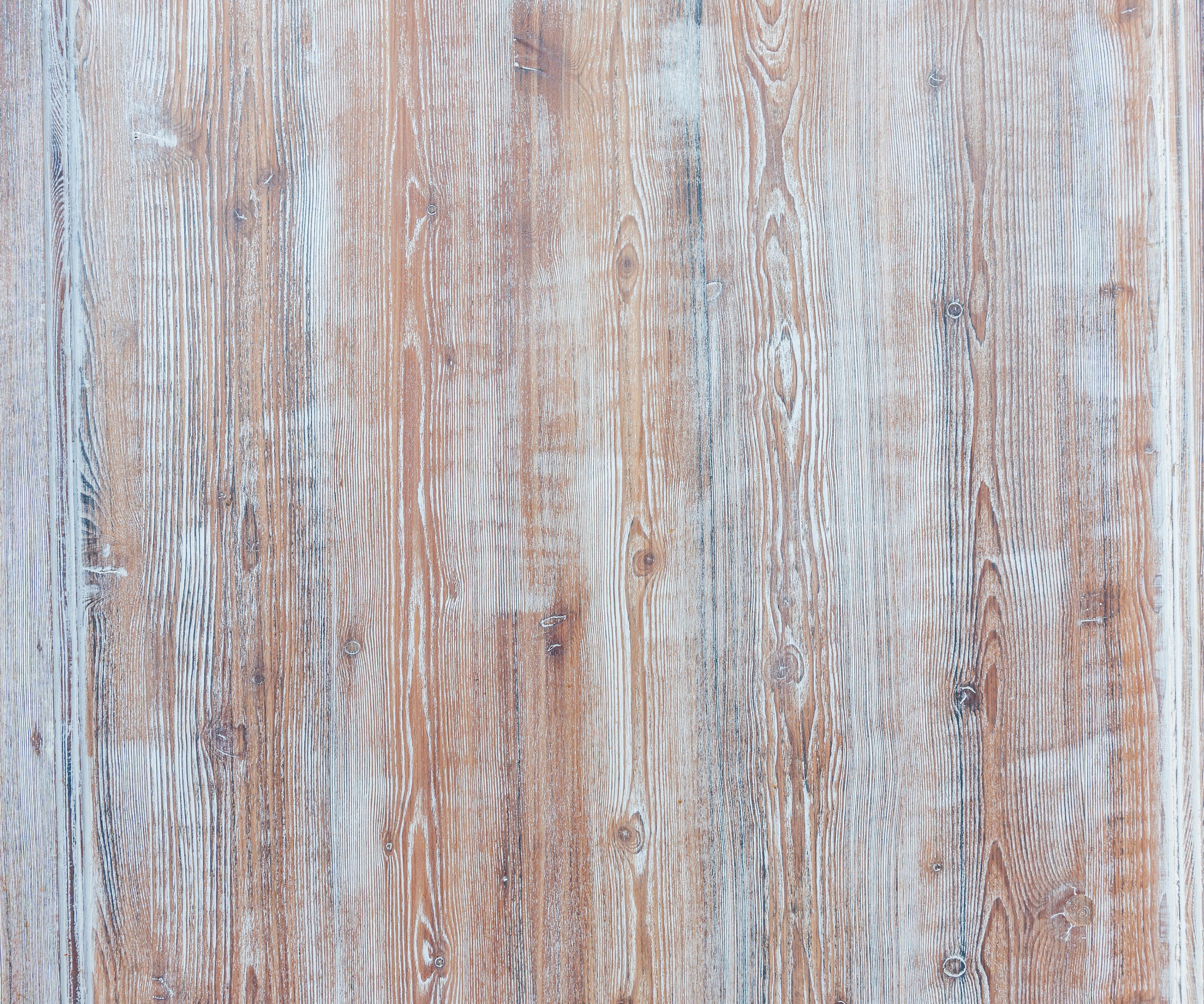
Shop small and drop by Slim’s Frenchtown Mercantile. We have the perfect gift for your Valentine! We are proud to carry Normal Brand clothing, Olivina and Paddywax apothecary, Hazel Village, Baby Lit Primers, Jack Rabbit Creations for children, home goods, and much more. Located next to Frenchtown Station.


125 N. 11th Street slimsfrenchtownmercantile.com
270-557-7929
We can rock your color at Chantillies! From highlights to hair color, we’re here to give you a look you’ll love. Our stylists are ready to give you edgy or natural color and fabulous styles. Follow us on Facebook and Instagram to see beautiful results. For an appointment, text us at 270.556.7218 or call 270.444.7502.

Gayle Kaler, Owner

540 North 32nd Street
270.444.7502
Where timeless character meets 21st century cool. Our 1930’sera restored filling station is home to unique finds – antique and vintage, architectural and industrial, reclaimed and repurposed – for home, garden, and workspace. We also carry a wonderful line of Paddywax candles, diffusers, and an amazing lavender bar!
11th and Jefferson • 270.577.7661 frenchtownstation.com
Start the new year in style! Let Chantillies’ newest nail technician elevate your look in 2020. Chantillies welcomes Erica Perkins to our team of style professionals. Erica is now accepting appointments and is ready to take you from drab to fab and give your nails the pizazz they deserve. Call today and for your personal style experience.
540 North 32nd Street 270-444-7502
Located in Paducah’s landmark Coke Plant, Dry Ground Brewing offers a variety of house-brewed craft beer and a comfortable outdoor beer garden with a cozy fire pit. Unique events, weekly trivia, and local musical performances are always on tap. Monday-Thursday 3-11 PM, Friday 2-12 AM, Saturday Noon – 12 AM, Sunday 1-9 PM.

For an outstanding culinary experience in a casual atmosphere, gather with family and friends at The Hajimari. This family owned and operated restaurant, located in the ground floor of The Ritz, is open for lunch and dinner. Fresh sushi, juicy steaks, and more. Join us Wednesday’s for half price wine!

2201 Broadway 270-534-5955
A group of passionate Paducah preservationists led by Bill Black, Jr. became activists who bought buildings, blocked demolitions, banded neighbors together, and brought back a part of history that might have been lost forever
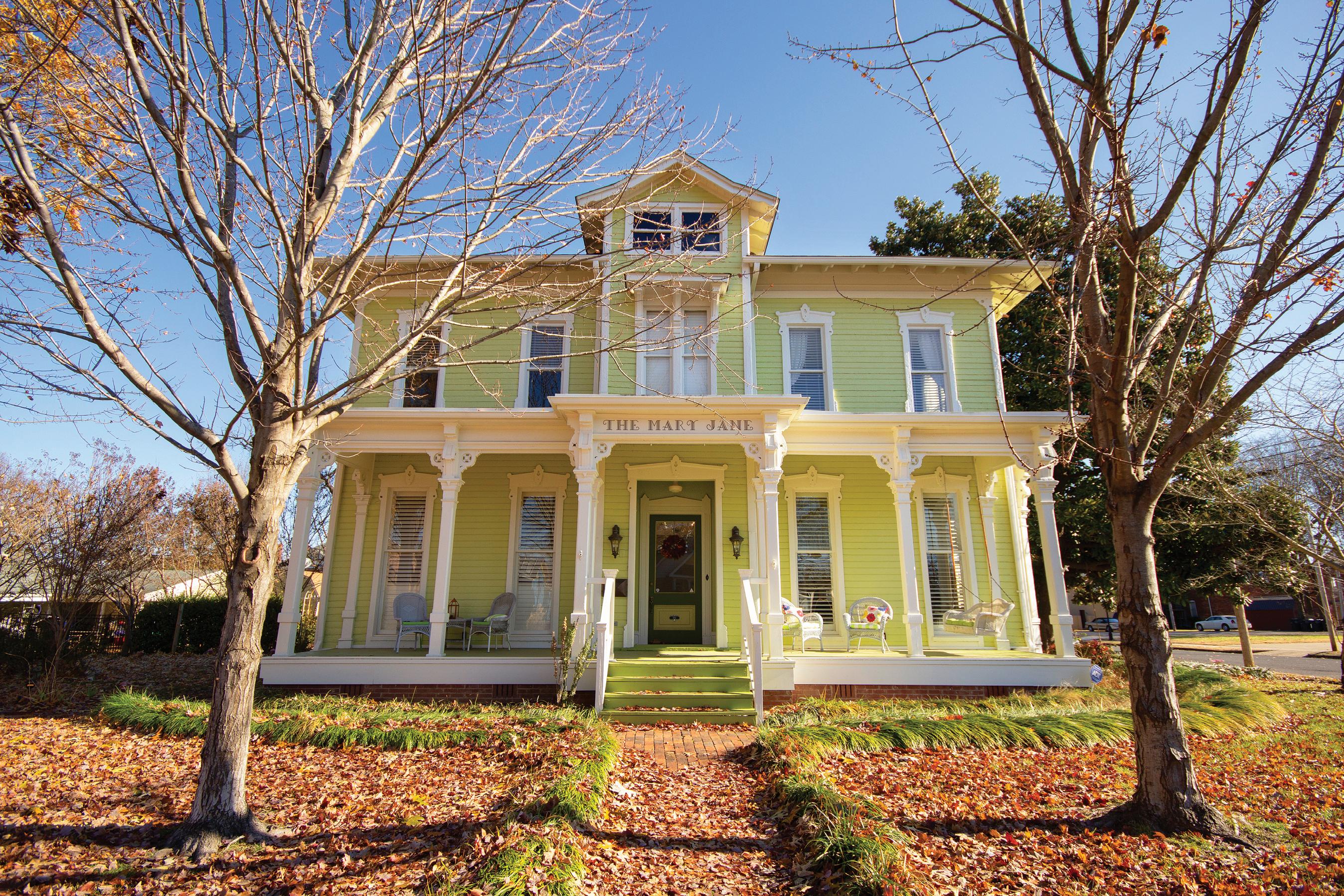 by J.T. C RAWFORD
by J.T. C RAWFORD
“We lost more than just physical buildings. Each of these communities contained something less tangible–neighborhoods like these are ecosystems. They incubate communities and cultures that do not and could not exist elsewhere.”
MATTHEW HALLIDAY
LOWER TOWN PADUCAH WAS lost, a seemingly wayward sentiment of yesteryear. Those who had grown up there wanted nothing more than to escape. Those who remained clung to shells—ghosts of antiquity. By the 1970s, overall prosperity in Paducah had increased for many, propelling them from the city’s older homes into newer houses in subdivisions.
Paducah faced a crisis. A portion of the city was crumbling, yet just blocks away, progress loomed. The city felt an increased optimism with the coming of the convention center and the Executive Inn. The goal of the proposed downtown loop, which connected I-24 between exits 4 and 11, put downtown Paducah back on the map after the interstate bypassed the core of the city. The future and the past didn’t appear to be compatible. City leaders sought to condemn properties just north of downtown, raze them, and commercialize the area. Then along came Bill Black, Jr.
Bill, a Paducah resident and an avid student of history, visited Alexandria, Virginia in the late 60s when he was in the Marines. Old Town Alexandria is a preserved historic district and neighborhood with buildings dating back to the 1700s.


The old structures are now full of businesses and residences and are a major tourist attraction. “He was amazed at the condition the houses were in and how restoring a whole neighborhood had an effect on their economy,” says Bill’s son, Will Black. “When he came home and saw Lower Town, he had a vision to do the same thing here. He preached that restoring the homes would bring authenticity and integrity, and that would bring value. Dad knew that empty lots would more than likely remain empty lots. And it has proven to be true. For those Lower Town houses lost, we have empty lots to this day.”
“I looked at the number of properties slated for demolition that the Lower Town Neighborhood Association formed around,” recalls Anne Gwinn, “and it would have been $1.3 million in property valuation lost for the City of Paducah. It didn’t make sense to tear it at down.”

Lower Town, at the time, was at critical mass. Some homes had already been lost. Others were facing imminent demolition. Bill and a small group of others formed Walnut North, so named after the city’s original name for North 6th Street. They purchased the houses that were in the worst shape. Some were vacant, others were not.
“People were living in places where,
when you went through the door, you had to be careful where you stepped,” said Chris Black, Bill’s brother. “Some people had been down there for a long time, living in homes that had been in their families for a hundred years.” They could not afford to do the necessary work to save them. They were clinging on, desperate for hope.
“That was one of the secrets of the success,” says Nancy Black, Bill’s wife. “It was hope for those living in that area. And that was contagious. It changed the perception they had of themselves. They were moving toward something they could be proud of. It was a metamorphosis. All of a
on multiple occasions to protect homes from the wrecking ball. Sometimes, that came in the form of restraining orders. One such home that Anne helped save was the “cow house,” a residence at 527 North Sixth where a photographer snapped one of the most memorable photos from the ’37 flood having spotted a cow on the 2nd-floor balcony. There were occasions of Bill rushing to properties as someone started demolition that no one saw coming. Other times, it was a race against a demolition order.


evelopment through historical preservation must be done right if it is to remain a lasting source of pride in the community. If we do it right, we can integrate it with this exciting wave of new development into the great potential of existing areas of Paducah. The whole neighborhood stands a chance of being revived enough that it becomes a magnet neighborhood. We bought with the intent to set an example of what historic preservation could do to revive a declining downtown.” —

 BILL BLACK, JR.
BILL BLACK, JR.
sudden, we were united, in it together.” Bill spearheaded the Lower Town Neighborhood Association in an effort to foster that renewed sense of community.
Opposition came. City leaders saw the neighborhood as unsalvageable and razing the area as “clean up.” Anne Gwinn, a member of Walnut North, plied her legal expertise

“Sometimes you’d look at a letter of complaint as they were getting ready to issue a demolition order, and the cited items would be something like gutter falling off,” recalls Chris. “It wasn’t like there was a structural failure. There was a belief that the only option was demolition.”
Walnut North members personally rescued many buildings which are now Lower Town icons. Their efforts also spurred others to move to the neighborhood, taking on restoration projects of their own. The streets were alive with activity. Dick Holland and others conducted walking tours. There were garden clubs. And Judy Bray filled the
 of volunteers cleans up the Texaco station which became headquarters for the Lowertown Association. The Geibel House, one of the first homes restored by Walnut North.
of volunteers cleans up the Texaco station which became headquarters for the Lowertown Association. The Geibel House, one of the first homes restored by Walnut North.
air with music with her song “Lower Town Shuffle.”

In addition to purchasing individual properties, Walnut North, along with Dick Holland and Growth, Inc., ushered in a historic zoning ordinance. Then, Lower Town was designated as a historic district followed by a National Register of Historic Places designation. Every step leveraged more power and potential resources in their favor. It also set the entire area up for future success.
By the early 2000s, the neighborhood had been held together, and many homes were saved. Lower Town then needed another boost to carry it into the future. The Artist Relocation Program was a successful venture that brought new residents from around the world into the neighborhood. But if it had not been for the efforts of Walnut North and people like Bill and Nancy Black, Anne Gwinn, Dick Holland, and many others, there may have been no neighborhood to save.
“Bill saw 26 square blocks of what could be a wonderful neighborhood,” says Anne. “It was a big risk. The city had other things on its plate, and not many were interested in the thought of preservation, especially with that many houses.”


“I remember regular discussions every night in the house about this property or that property,” adds Will. “And with every one lost, it seemed like it took a little piece of dad’s soul.”
“But it was so much fun to just be there,” says Nancy. “We didn’t quite know what the outcome would be. And it was risky. But we wouldn’t have turned loose for anything. It was a total mixture of every kind of person there. It was magical. It was something that didn’t seem like it should have worked— but it did. We were all working together.”
Today, Lower Town is not only a neighborhood for many Paducah residents, it is a destination, a tourist attraction on the must-see Paducah list.
 Judy Bray (seated center) rehearses the Lower Town Shuffle with members of Walnut North and the Lower Town Association
Judy Bray (seated center) rehearses the Lower Town Shuffle with members of Walnut North and the Lower Town Association











 by J.T. C RAWFORD
by J.T. C RAWFORD
IT’S A STILL MORNING ON THE OHIO RIVER JUST northwest of Paducah. A fog that had hovered just a few feet above the water’s glassy top yawns and slowly stretches its way into the blue sky above, raising the curtain on a lazy, southern day on this ancient stage. Around a bend and through the dissipating mist emerges a stately figure of a ship. It is a ghost of 1800s Americana, a riverboat via the memory of Mark Twain. At the stern, a mighty red wood paddlewheel. Near the front, imposing stacks. With puffs of steam, a calliope begins to play a bygone tune, issuing a
wake-up hymn for the city. This is the arrival of the American Queen, a regular visitor to the shore of Paducah. Aboard are upwards of 417 river explorers, all eager to see what our city has to offer. On shore are welcoming Paducahans who revel at the sight of incoming riverboats.
Four different riverboats from two cruise lines make Paducah a stop along their sojourns on the inland waterways. Among them is the grand American Queen. In spite of its antique appearance, the ship isn’t that old. Built in 1995, the American Queen was crafted to be the grandest steam paddlewheel in the world. But it ceased to explore the inland rivers only about a
decade after its launch. This was something John Waggoner found unacceptable.
John’s love for the waterways goes back to his sixthgrade year when he started working on a sport fishing boat. From there, he obtained a captain’s license, working on sport and commercial fishing vessels, oil boats, dinner cruise boats, and the opening of five riverboat casinos in Indiana. He also founded a ferry business via his company HMS Global Maritime. “In about 2009, as we kept growing, I turned toward my interest in the overnight cruise business,” says John, CEO at American Queen Steamboat Company. “The owners of the American Queen had become insolvent, and because it was built with a Title XI loan guarantee, they gave it back to the Federal Government. They put it in Beaumont, Texas, and it just sat there. As a mariner, I was shocked. Now I had been on the American Queen the first year it was built. I thought it was the coolest boat ever and a national treasure. And there it was collecting mold and dirt.”
John decided to buy the American Queen. It took about a year to strike a deal with the Maritime Administration and then another year to raise the financing. He then invested $9 million in renovations before launching it in 2012. “At the time, we were the only boat on the river. Now, just from our own company, we’ve added the American Duchess, the American Empress, two boats on the Great Lakes, and in May we’ll christen the American Countess—and in 2021, we’ll launch a new boat in Alaska. We’ll go from zero to eight boats in ten years. It’s kind of unprecedented.”
None are as grand and unique as John’s first vessel, the American Queen. “It is the largest, most opulent paddlewheel steamboat built in the entire world,” says John. “It’s in the Guinness Book of World Records. And it is a real, paddlewheel steamboat with a real boiler and steam engines.” Even though the vessel itself dates to 1995, the engines were manufactured around 1932 and first saw life aboard the Kennedy, a U.S. Army Corps of Engineers’ dredge. The Kennedy was decommissioned in 1984.

“We have a theater aboard that is a replica of Ford’s Theatre,” adds John, “where we host Broadway-caliber entertainment. The J.M. White dining room is patterned after that of the J.M. White, one of the most opulent steamboats that ever cruised the Mississippi. There’s the front porch of America where you can sit and rock. But really, the reason I am drawn to it is because it is the real deal. It has a total Mark Twain, Mississippi River quality. It just fits so well into a waterfront. Paducah is a great


example. You pull the American Queen in there, everyone drives down.”
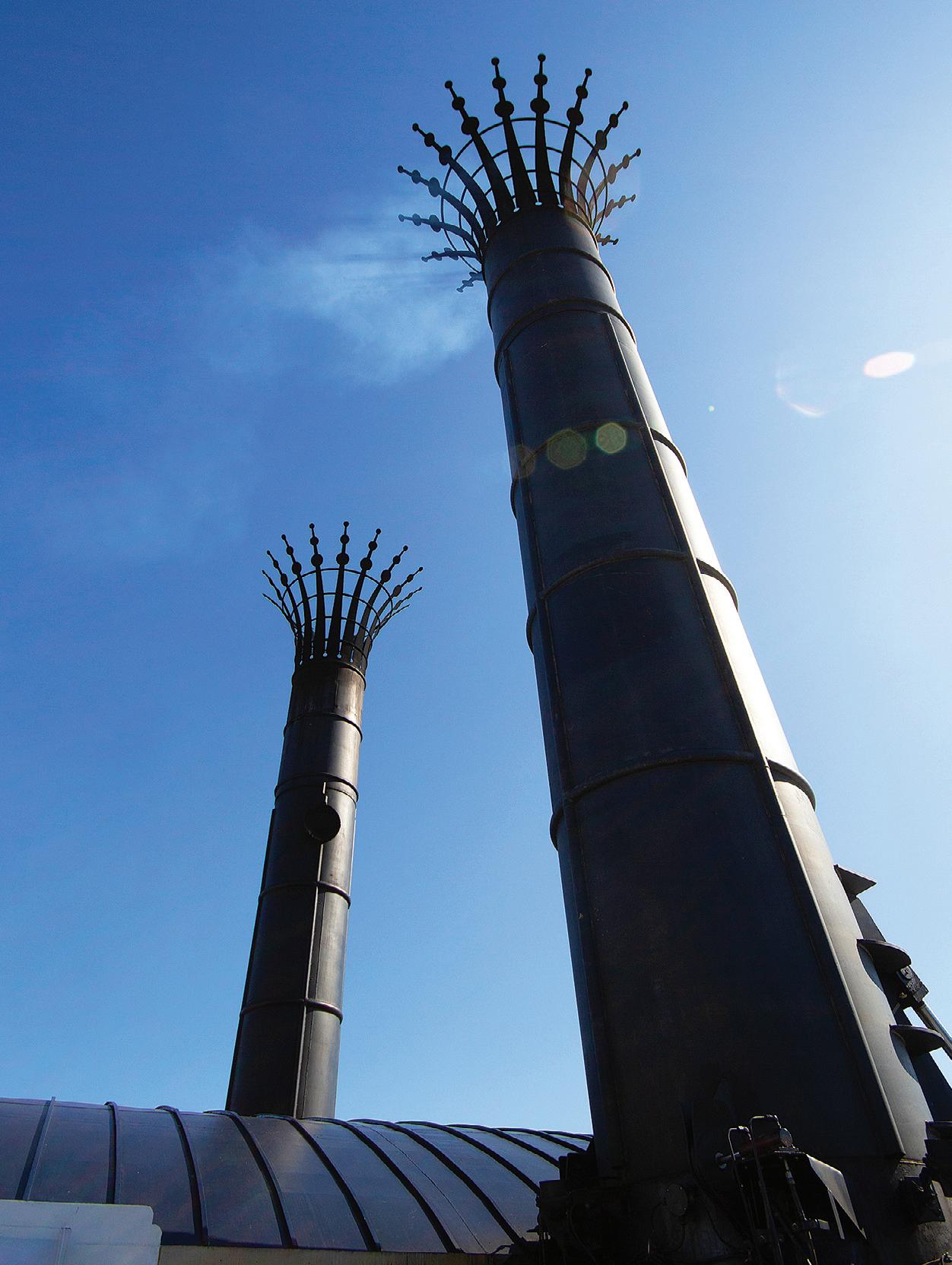
Additionally, the American Queen offers coaches for guests to disembark and explore the cities where they dock. When the vessel arrives in Paducah, passengers can pick up a Paducah excursion map that shows them where they can traverse on an American Queen coach. Hop-on, hop-off points include the National Quilt Museum, Paducah Beer Werks, The Moonshine Company, Lower Town Arts District, the Lloyd Tilghman House, the Paducah Railroad Museum, The River Discovery Center, and downtown. A premium excursion also includes a guided tour of the Hotel Metropolitan.
John says these kinds of qualities are what continue to draw people back to the rivers and back to excursions on boats like the American Queen. 23% of guests at any given time are repeat customers. And John loves it so much, you’ll sometimes find him aboard. John headquartered the American Queen Steamboat Company in Louisville where he can hop on himself. “There’s nothing like it. It’s the only real paddlewheel steamboat out there. People who want the real deal are drawn to it. It is a floating time capsule. You sit on that porch and imagine the days of Tom Sawyer and Huck Finn. It is Americana at its finest.”

“The face of the water, in time, became a wonderful book—a book that was a dead language to the uneducated passenger, but which told its mind to me without reserve, delivering its most cherished secrets as clearly as if it uttered them with a voice. And it was not a book to be read once and thrown aside, for it had a new story to tell every day.”
MARK TWAIN
An Uncommon Notion Got a New Lease on LIFE at the Hands of Dick Holland
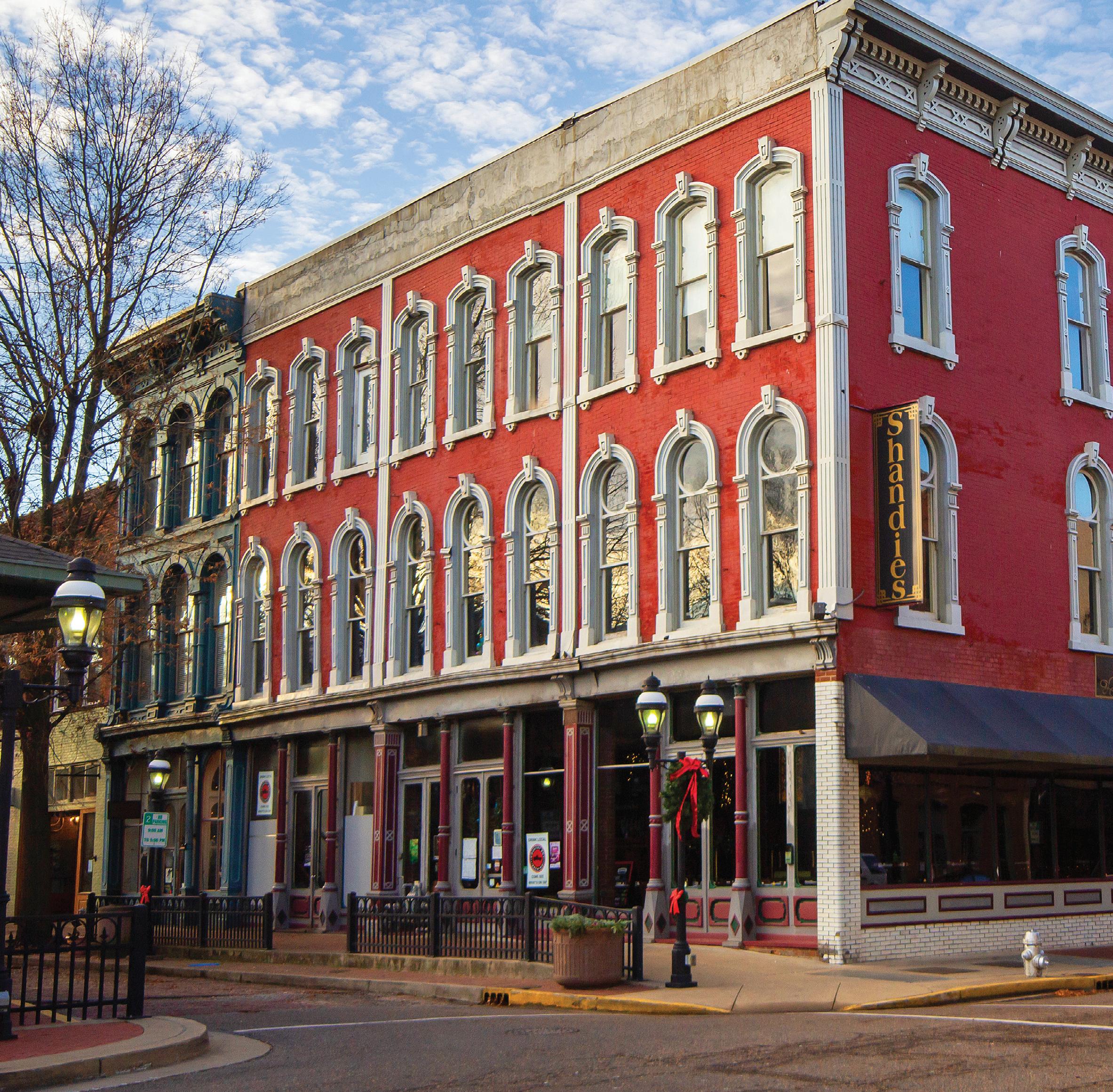
BY THE LATE 1970s, PADUCAH, and cities like it, were at a crossroads. The United States was showing its age. Wrinkles emerged in century-old buildings, manifested as cracks, peeling paint, and decaying wood. Since the close of World War II, the mantra had been to build new—make the city bigger, better, modern. To some, the buildings of our forefathers were an outdated notion of yesteryear and should be removed and replaced. Preservation was an uncommon notion.
In Paducah’s infancy, commercial activity brought forth the city’s original buildings from the river outward. Downtown developed as a walkable system of commerce, industry, public infrastructure, and residences. Dick Holland, an early pioneer of preservation in Paducah, says the layout


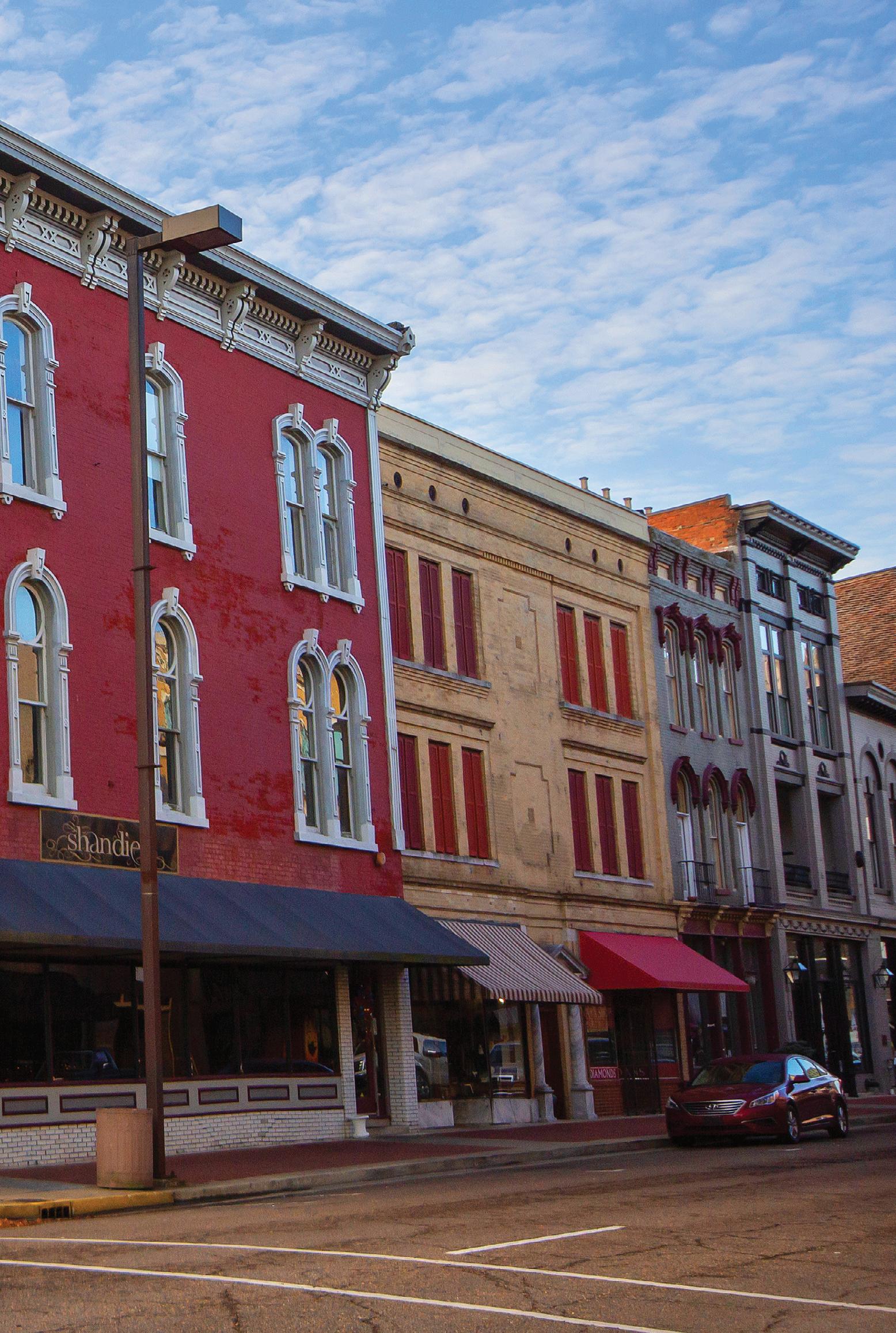




was based on how early residents organized their lives.
“Going back to the 1840s, in what became known as Old Town, you had the basic area around the Market House and then additional building heading down toward 7th St. People had heir businesses in the buildings downstairs, and they lived upstairs.”
Dick, who’d completed a graduate degree in preservation planning, came back home to Paducah in the late 70s. About the same time, a new economic development organization, Growth Inc., was founded. Part of Growth was preservation planning. Dick took a job with Growth, Inc., promoting the revitalization and renewal of buildings downtown for modern uses.
Growth, Inc. was a reaction to a shifting tide in how cities organized themselves. The mall era reflected the boom in consumerism and the mantra of convenience. Nearly endless shopping options under one roof with acres of parking replaced traditional downtowns as our public spaces. The mall area in Paducah, like those in most cities, was located on the outskirts of the city, farther from the biggest concentrations of residences.
Downtown preservation efforts started with buildings along Market Square and the C.C. Cohen building. Another key project early on was the restoration of the First National Bank building by the law firm of Whitlow, Roberts, Houston & Russell. Dick credits the restoration of the Market House





as a key event in the preservation push in Paducah. “There was a petition to tear it down in the 60s,” he says, “and make a parking lot. And just about every downtown merchant signed the petition. At the time, downtown was very dense. That restoration showed the way downtown could go. Plus, we’d just lost the Carnegie Library, which was
probably the best building that had ever been built in Paducah. It shocked people how much they missed it. It created an attitude that we didn’t want to lose any more. Paducah had so many great buildings that were being emptied. Businesses were headed out to the mall or closing. A fun part of the job was looking at buildings and imagining what they could be used for.”
The work included historic zoning ordinances and historic district designations. Dick submitted Lower Town, Downtown Paducah, and the Jefferson Street/Fountain Avenue residential district to the National Register of Historic Places. Such designations helped developers receive tax credits.
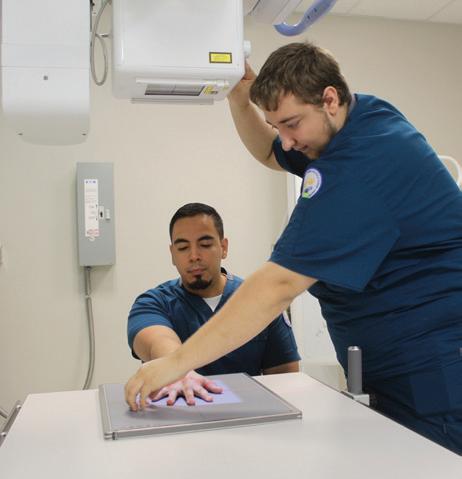
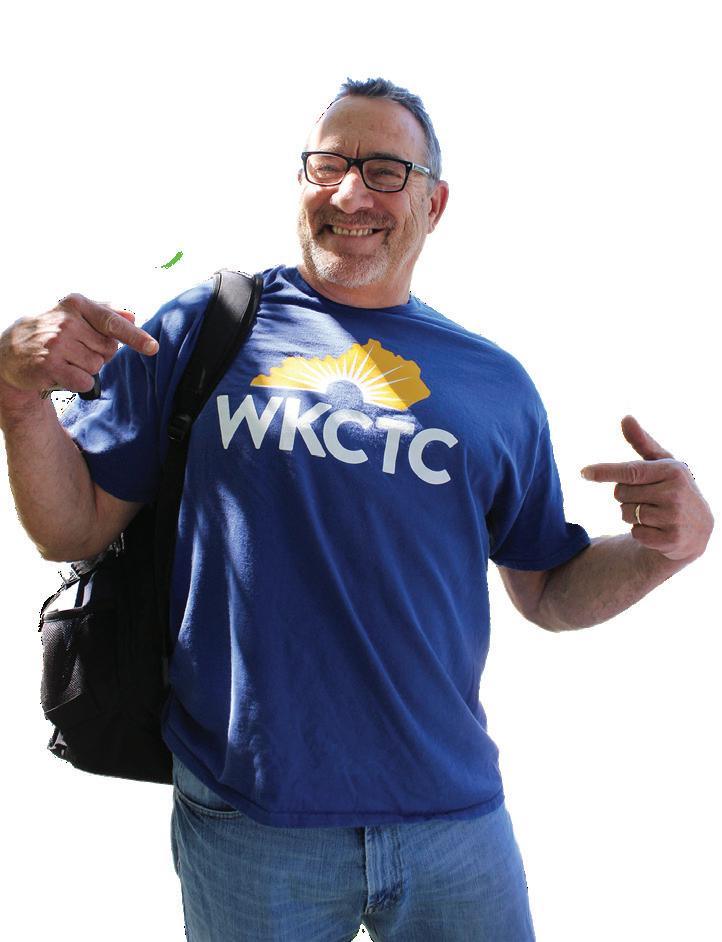


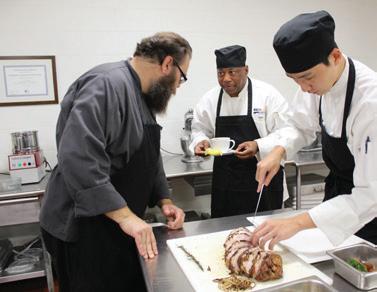
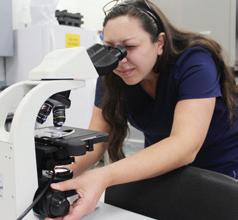










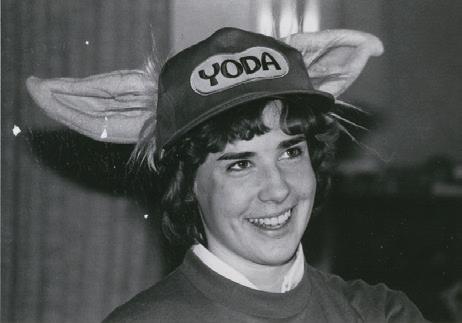

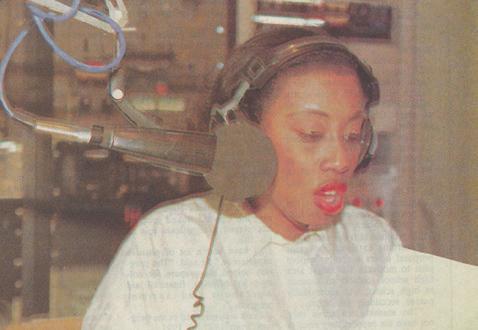
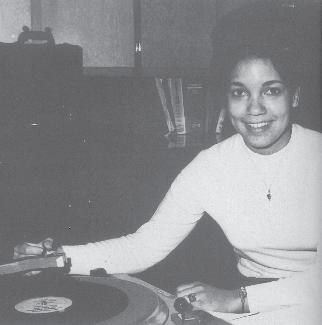
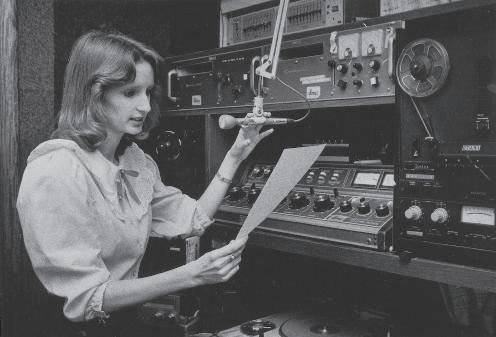




“The thing about preservation is when you have a success, it’s usually a big success—like the Coke plant. Something like that is a huge challenge, trying to figure out what to do with it. The Musselmans had a great vision here, and it worked. It’s easy to point to and get some attention.” For Growth, their restoration of a building along market square for their offices, C.C. Cohen, and the bank turned law firm gave Paducah tangible symbols.
Growth, Inc. moved beyond downtown to help save such buildings as Angles, the home of Vice President Alben Barkley, and Whitehaven, an 1860s southern mansion that is now used as a state rest stop and showcase for some of Alben Barkley’s personal effects. The buildings, which were reaching critical points of disrepair, have now become icons of the city.

Now, in 2020, there are plenty more examples to look to. And the work continues. Dick applauds the current work of the Market House Theatre in saving and using historic spaces downtown for creative uses. He also loves what Jorge Martinez and Paul Gourieux have done in creating the 1857 Hotel and The Johnson Bar.





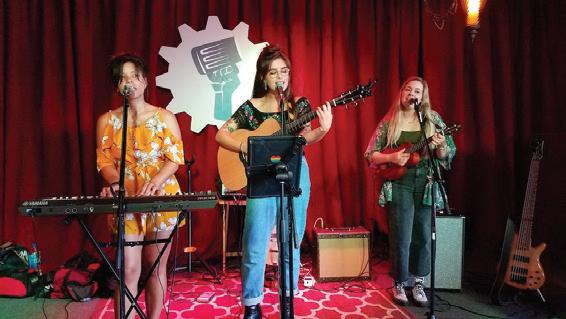

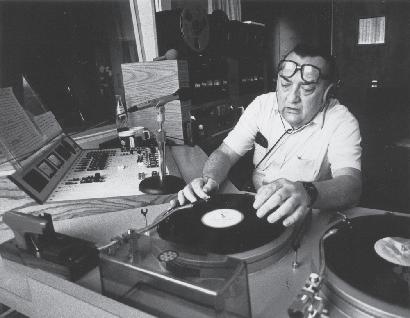
“They have been key in ongoing efforts,” says Dick. “The Johnson Bar is an example. Sometimes it seems easier to tear down a building and start over. It’s really not. It’s better to have an empty building that is still standing than to have a vacant lot. We’ve learned that it is much easier to develop. We have plenty of vacant lots that have been that way for a long time. But we saved many buildings. People now understand that it is more likely for a business to go into a historic building than for a business to build one on a lot. People are now passionate about these buildings. I think Paducah has always been a leader in preservation.”





 The 1860’s southern mansion, Whitehaven, was reaching a critical point of disrepair before being renovated. It is now used as a state rest stop.
Photo courtesy of M ARKET H OUSE M USEUM
Photo courtesy of PADUCAH CVB
The 1860’s southern mansion, Whitehaven, was reaching a critical point of disrepair before being renovated. It is now used as a state rest stop.
Photo courtesy of M ARKET H OUSE M USEUM
Photo courtesy of PADUCAH CVB
BY THE LATE 1800S, THE UNITED STATES EXPANDED at unprecedented speeds. The railroad system replaced covered wagons, ushering large groups of people across the expanse of our nation at an unheard-of rate.
The new technology was fraught with hazards, however. Rail crashes occurred. Injuries were common. Brakemen, who coupled wagons, often suffered crushing injuries, which ultimately required amputation. In 1890 alone, the railroad industry reported 6,335 deaths and 35,362 injuries.
Outside of war, such mass casualties were uncommon. And such injuries had previously been fairly uncommon, their treatments not being widely studied or formalized. Additionally, injuries often occurred long distances from doctors. Railway surgery emerged as a distinct branch of medical practice, giving rise to major advancements in trauma treatment. Railroad companies employed their own surgeons, and they opened their own hospitals along their lines.
By the late 1880s, Illinois Central Railroad was the major force in moving freight and people between Chicago and New Orleans. They established three major hospitals along their route. Located in Chicago, Paducah, and New Orleans, the hospitals pioneered emergency medical care.
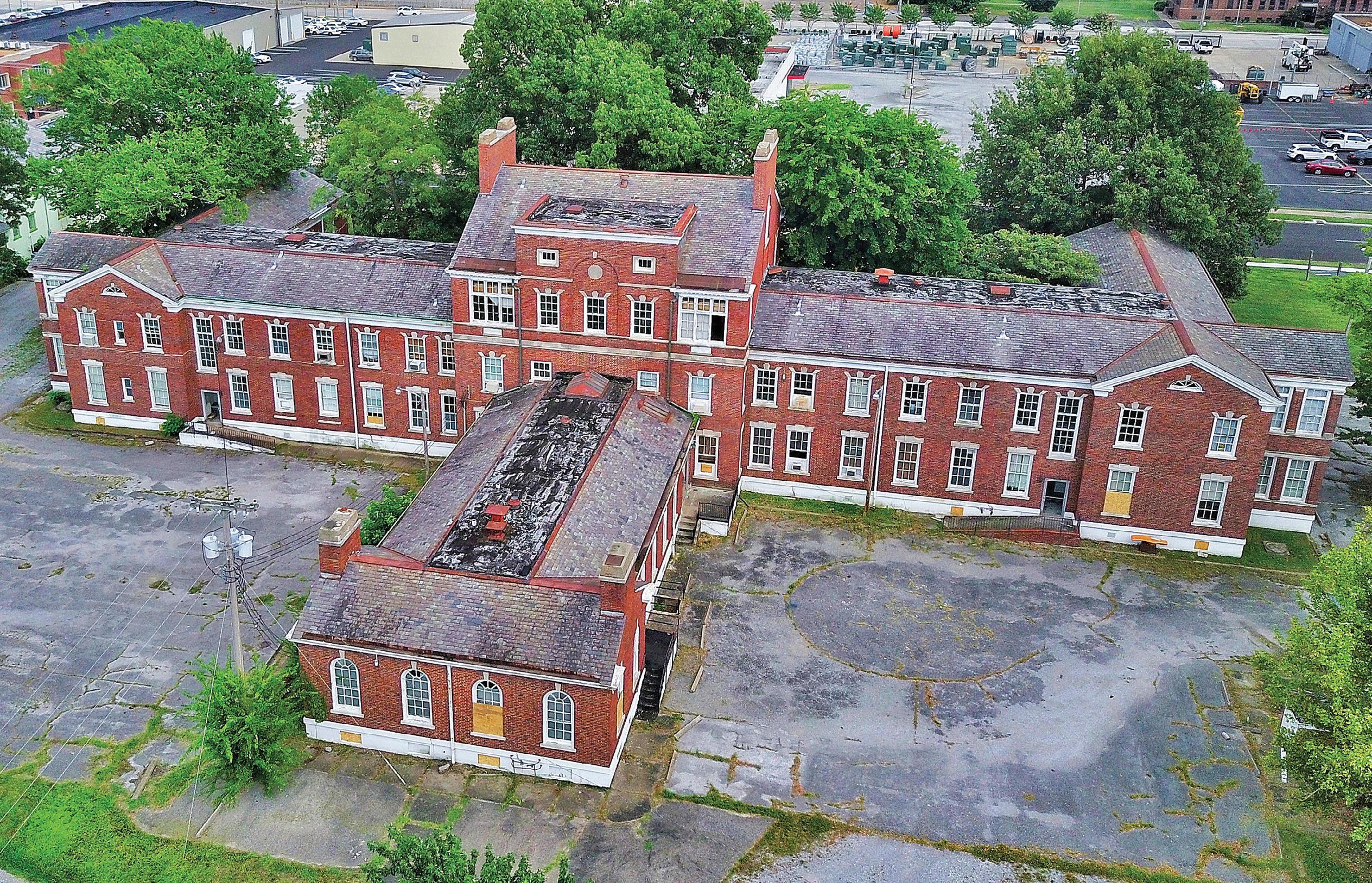
Illinois Central built the Illinois Central Railroad Hospital in Paducah in the late 1800s at 14th and Broadway. That structure burned in 1917, and the railroad rebuilt on the same spot. The new building opened in 1919 and functioned as a hospital until the 1950s. George Katterjohn bought the building, turning it into office space for local businesses. The Katterjohn Building, as it became known, saw its last tenants leave in the early 2000s, when it was shuttered. In 2002, a consortium of owners known as Paducah Historical Properties, LLC purchased the building.
The Illinois Central Railroad Hospital in Chicago was razed in 2011. The hospital building in New Orleans had been torn down in 1970. The

building in Paducah represents the last Illinois Central Hospital still standing. Now, years of vacancy have taken their toll, and the future is uncertain. Bobby Miller, a part owner with
The question now stands for Paducah: Can the building be saved? The biggest issue at the moment is discovering a creative use. It can be done. The Coke plant is a shining example. And the old hospital is worthy of consideration. Its significance stretches across time and history. Many passed through its halls when it was a hospital, and many more today remember visiting the Katterjohn Building to do everything from buy insurance to go to the dentist.
Paducah Historical Properties, stated to the Paducah Sun last September that the group wants to see the building preserved, even expressing interest in donating it to anyone who could put it to use.
It suggests an unrealized potential for use and a renaissance of that portion of Broadway. But time is never on a building’s side when it is empty, and its loss would be a major one for the city of Paducah.

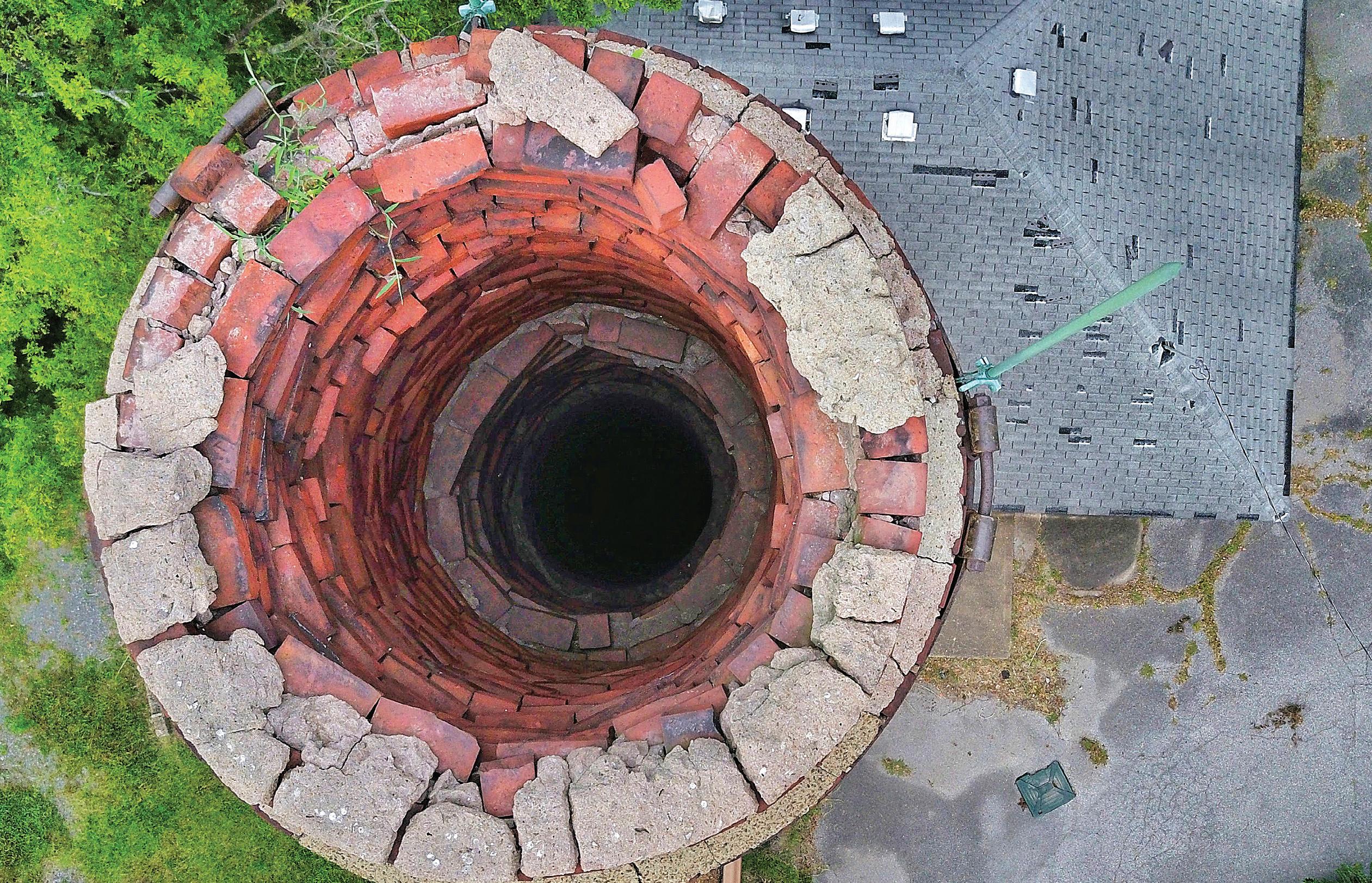
NEW DAY
of initiatives developed by an internal taskforce consisting of Paducah City Clerk Lindsay Parish, Fire Chief Steve Kyle, and Business Systems Analyst Emma Shaw. In November 2018, the task force began reviewing the City’s internal permitting processes to determine improvements to become more customer-friendly for citizens and businesses. The three key areas of focus are communication, consistency, and culture. “The experience people have with the city impacts how they feel toward their community as a whole,” said Parish.
One of the main changes is the creation of a new department dedicated to enhancing customer experience. The Customer Experience Department will be led by Parish with the addition of three existing employees who will be operating at the entrance of City Hall. “The new department will have the responsibilities of helping the public obtain a permit, gathering citizen feedback, conducting follow-up calls and meetings, and working to make sure people feel appreciated,” Parish added. The mission of the Customer Experience Department is as follows: to revolutionize Paducah by placing citizens at the center of every decision. Parish outlines the Department’s five values: accessible information, fostering empathy, open communication, supporting journeys, and citizens at the center. “I love your approach with regard to what our government can look like with citizens at the center,” said Mayor Brandi Harless.
“Permitting is inherently complex and is arguably the most challenging aspect of local government for cities across the nation” explains Parish. “It spans multiple departments, multiple fields of expertise, and multiple code sections, and has no centralized champion.”
Some of the initiatives that will be implemented to improve the permitting process in Paducah are as follows:
Bringing the right people together early in the process to answer questions, set clear expectations, and assist individuals and businesses who are starting a new project.
A user’s guide is a great way to share consistent information that encompasses the entire permitting process instead of looking for the information that may be spread across different departments or multiple webpages.
Obtaining a certificate of occupancy is one of the last steps when launching a new business. Certificate of Occupancy Celebrations will be launched to celebrate and help promote new businesses.
The City is looking to implement an electronic plan submittal software call Bluebeam which will allow individuals and businesses to submit their plans online instead of having to physically bring them into City Hall. It will enhance and speed up the internal review process. The City also is looking at another software system called OpenCounter that will provide the public an online step-by-step process for project implementation and permitting.
Grill 211 Is the top choice when it comes to sophisticated wining and dining in downtown Paducah. Come in out of the cold and gather with friends to enjoy the city’s most extensive wine and bourbon menu. We feature fresh steak, seafood, and sides. Open Monday through Saturday. Don’t delay! Make your Valentine’s Day dinner reservations today!

211 Broadway • 270-933-1707
www.grill211paducah.com
Come and see what we are up to at MAKE! 2020 has some new fun things in store. Create something one of a kind in our DIY paint studio that is open to the public, or join us for an art workshop. There’s something on the calendar for adults and kids. Did you know we offer Birthday Party Packages? They’re always full of fun and creativity! Follow us on Facebook and Instagram.

628 Broadway • 270.201.2474 makepaducah.com
Shop downtown Paducah’s newest women’s fashion and gift boutique! We feature beautiful but affordable casual clothing, footwear, jewelry, accessories, amazing gifts, and more. The products at The Hollyhock House are trendy and timeless, making them appealing to everyone. Our friendly staff looks forward to styling you.

106 Broadway • 270-557-5368 @hollyhockshop

Located in the historic Greyhound Bus Station, Paducah Beer Werks produces world class, award-winning brews and crowd-pleasing small batches. Guest taps offer a taste of other Kentucky breweries as well as new and established craft breweries from around the world. The pub features a dynamic menu and regular performances by local and touring bands and comedians. 301 N 4th St • 270.933.1265 paducahbeerwerks.com
McClaran Manner, an upscale clothing and accessories boutique, is Paducah’s top spot for your 2020 wardrobe needs. We offer a positive shopping experience and impeccable customer service. McClaran Manner offers in-house personal styling to ensure you feel confident and look your best as you start the new year with a fresh look!

111 Market House Square
270.933.1397 • mcclaranmanner.com

Happy New Year! Come enjoy some of our homemade in-house soups served all winter. Check our Facebook page for updates each day. We also have homemade in-house soup mixes you can take home to prepare. Join us for our annual Lovin’ Local event Feb. 6-8. Support locally owned and operated small businesses! We are now taking orders for sweet treats for your loved ones to celebrate Valentine’s Day!
433 North 4th Street • 270.443.0858
trouttoldtimegeneralstoreandmarket.com

T WAS
says Cory Jones about his life growing up in Paducah. It began with the toe-tapping tutelage of Lisa Hill at Center Stage Dance Academy when Cory was a boy of ten. It didn’t take long for his parents to see that dance was more than something for Cory to do in his extra time. His exceptional talent and his passion for making smooth moves on the dance floor quickly became apparent. By the time he reached fifth grade, Cory’s parents, Carol and Ralph Jones, still Paducah residents, decided he should be home schooled so that he could travel and devote himself to dance.

Cory worked in Paducah at Chuck E. Cheese’s and TJ Maxx during his younger years to save up for his big dream – a move to Los Angeles. When he was 18, he snagged a spot in the Radio City Rockettes Christmas Spectacular. “I was so excited to get a call after I auditioned in Cleveland to hear I got the part!” Cory recalls. He also worked with several dance conventions for a few years with long-time friend and dance partner Eve Mason. The dancing duo ultimately decided to form their own business. Then it was
on to the mecca of all things entertainment—the bright lights of Hollywood, where Velocity Dance Convention was born.
Velocity Dance Convention in Hollywood, California, has been educating and inspiring young dancers from ages 5 to 18 since 2013, when the season finale of its first tour took place in Las Vegas. Now in its eighth season, this successful dance company works with hundreds of young dancers annually, offers thousands of dollars in scholarships, and provides a safe, positive environment for kids who want to follow their dancing dreams.
Dance conventions are events that consist of many different classes from various choreographers who are usually well known in the dance world. Taking class from a different choreography can assist students in coming up with their own unique styles, as well as teaching them about dancing outside of a local studio.

“Kids and parents spend so much time and money on dancing. We wanted to bridge the gap between the convention world and the working industry, offer opportunities to kids, and allow them to ‘See the possibilities,’ – one of our taglines,” Cory stated.

Well-established dancers comprise the Velocity faculty, who tour major cities across the country from November to May, teaching eight competition genres – ballet, tap, jazz, lyrical, contemporary, open, musical theater, and hip hop. Age groups include Mini (5-8), Junior (9-10), Intermediate (11-12, only for competition level), Teen (13-15), Senior (16-18), and Pro-Am (19+).
Over a weekend, a main stage is set up and classes and competitions are held for young dancers who hope to qualify for nationals and the Season Finale in Vegas in the spring. Of approximately 1,400 students, about 450 will be selected as top dancers from regionals who will get to compete in Vegas. The majority of students they see have hopes of dancing professionally, and Velocity gives dancers the necessary experience to help them achieve that goal.
Cory expressed how rewarding it is to work with aspiring dancers. “Kids need motivation and to be around



positive people who are big influencers, doing big things. They’re so vulnerable and exposed to so much through social media and what they are expected to live up to. We provide that safe environment where they can work hard and not be discouraged.”
While the dancers practice in ballrooms with their peers where they can be focused, parents are encouraged to attend seminars led by Velocity’s life coach. She teaches parents how they can help their children manage social media and their perceptions of themselves and how to communicate better with their kids. Cory says these sessions are extremely eye-opening for parents, showing them how to get on their kids’ levels.
Taking a leap of faith into something full of possibility helps propel you forward not only in dance, but in life. Cory Jones believes every moment matters and that you have to “work your booty off” to make it in the dance industry, but fully believes, “If you follow your passion, the hard work you put in now will pay off in the end.”
 Hby ELENA WRYE
Hby ELENA WRYE
Becky Clark said as she recalled when daughter Sarah Farris surprised her and let her know that she and her husband, Justin, along with their two-year-old son, Eli, would be moving back to her hometown. After graduating from Murray State University and marrying, Sarah and Justin moved from Tennessee to Texas, back to Tennessee and also to Mississippi all in a matter of five years!
When Sarah returned home to Paducah with her toddler in tow, she noticed a deficit of places where parents could take their kids to go and do. She mentioned to her mom, a retired elementary school teacher, a desire to create another location in Paducah where families could visit and interact with each other—and the two felt a mutual excitement for the idea.
Sarah shared with Becky about some of the interactive options that were available to young families in other places they had called home.
“So I asked mom—what can we do to make it fit in Paducah?” Sarah said. “And with her teaching background, me having the toddler and thinking of other people who have kids, I mean honestly, we started talking about it, and it just spiraled.”
Although Becky was equally as enthusiastic, she didn’t quite commit at first. In their talks, the matter of location came up.
A drive down Broadway one day led them to stop in front of a vacant space that looked like it could be ideal for the creative duo, and sure enough, the spot was meant to be the new home of SMUDGE. With some work, SMUDGE opened its doors in July 2019.
“We wanted a place where kids didn’t have to feel like they’re in a structured environment, because they already have that at school all day, in sports—they even have it at home with schedules and bedtimes. When you come in here, you don’t have to be structured. You can be, but you don’t have to be,” Sarah said of the atmosphere at SMUDGE.
Whether you thrive in structure or blossom with no creative boundaries,
SMUDGE has something for everyone. Each week, Sarah and Becky curate instructional crafts that greet you when you walk in the door. If visitors are a bit overwhelmed by the countless activities that one can do at SMUDGE, these crafts provide helpful focus and direction to assist guests in creating beautiful projects.
Sarah and Becky have found, however, that the instructional crafts often get passed up for the rows of art easels adorned with blank sheets of paper that seem to beckon little artists with the lure of endless possibilities. As a part of the popular “art play” at SMUDGE, visitors can create as many paintings as they’re creative minds can conjure.
“They’re not afraid of failure here. And it’s okay to color outside the lines here—we encourage it,” Sarah said.
SMUDGE’s most popular service, art play, allows children the opportunity to utilize their creativity and their imagination as they bring art and play together. At $15 per child, these little artists are given access to various supplies and materials in the studio and are welcome to create as many projects as they would like within the one-and-
a-half hour timeframe they’re given. Adults that accompany children on their art play visit receive free admission and are encouraged to create art along with their child.


Outside of the art play option that SMUDGE provides, visitors also have the choice to pay separately to utilize the “paint your palette” package. Here, you can purchase a canvas and look through the vast collection of photos that are provided to inspire you, or give you a starting point for your own painting.
Of course, kids of all ages are “making a mess at SMUDGE.” The studio’s calendar is continuously kept full with local office parties, garden club meetings and various special events. From “painting your pet” and “eye define me” with artist Leah Rose, to birthday parties and crafty story hours with the Carson Center, there is certainly something for everyone at SMUDGE. The studio has already welcomed guests from areas such as Washington D.C., California, Las Vegas, as well as
numerous visitors from surrounding cities to partake in the creative fun. Sarah and Becky encourage their out-of-town guests to mark where they’re from on a map hanging by their desk to see just where SMUDGE has had an impact.

In just under a year of operation, both Sarah and Becky are humbled by the city’s support of their new undertaking.
“We’re thankful that Paducah has been so good to us,” Becky said of the city’s encouragement. “It’s been so well received, and so many people have come to us with ideas – we love it! It may just look like crafts to some, but there are so many critical and creative thinking and problem solving skills going on. At SMUDGE, we want kids to be mess-creating, choice-taking, risk-making problem solvers as they create their own selfguided art pieces. SMUDGE is the place where the freedom to be creative is a must!”
SMUDGE is located at 2225 Broadway and is open Tuesday – Friday from 10 AM to 6 PM and Saturday from Noon – 6 PM For more information and a calendar of events, visit www.smudgepaducah.com.
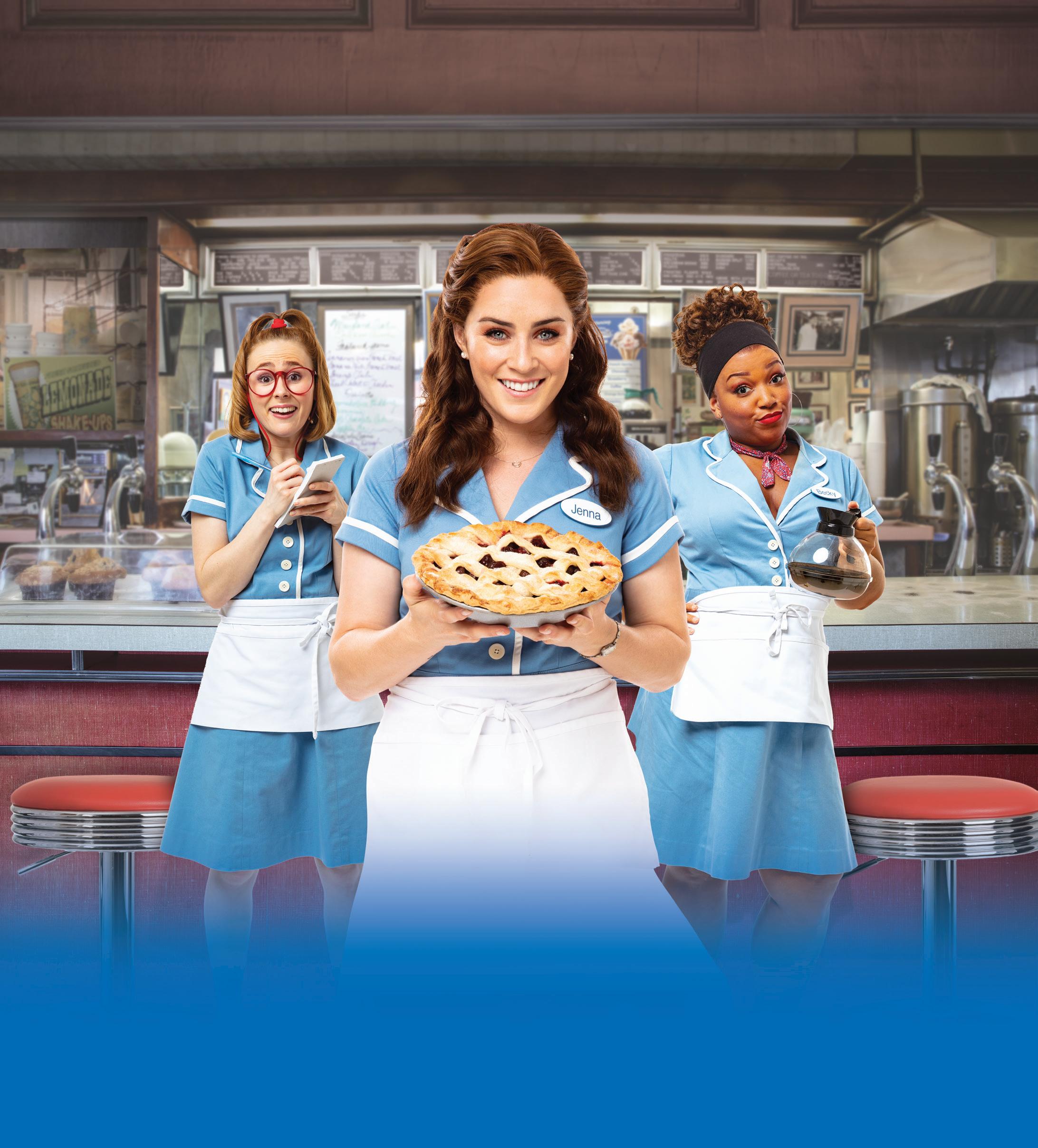


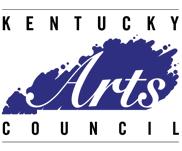



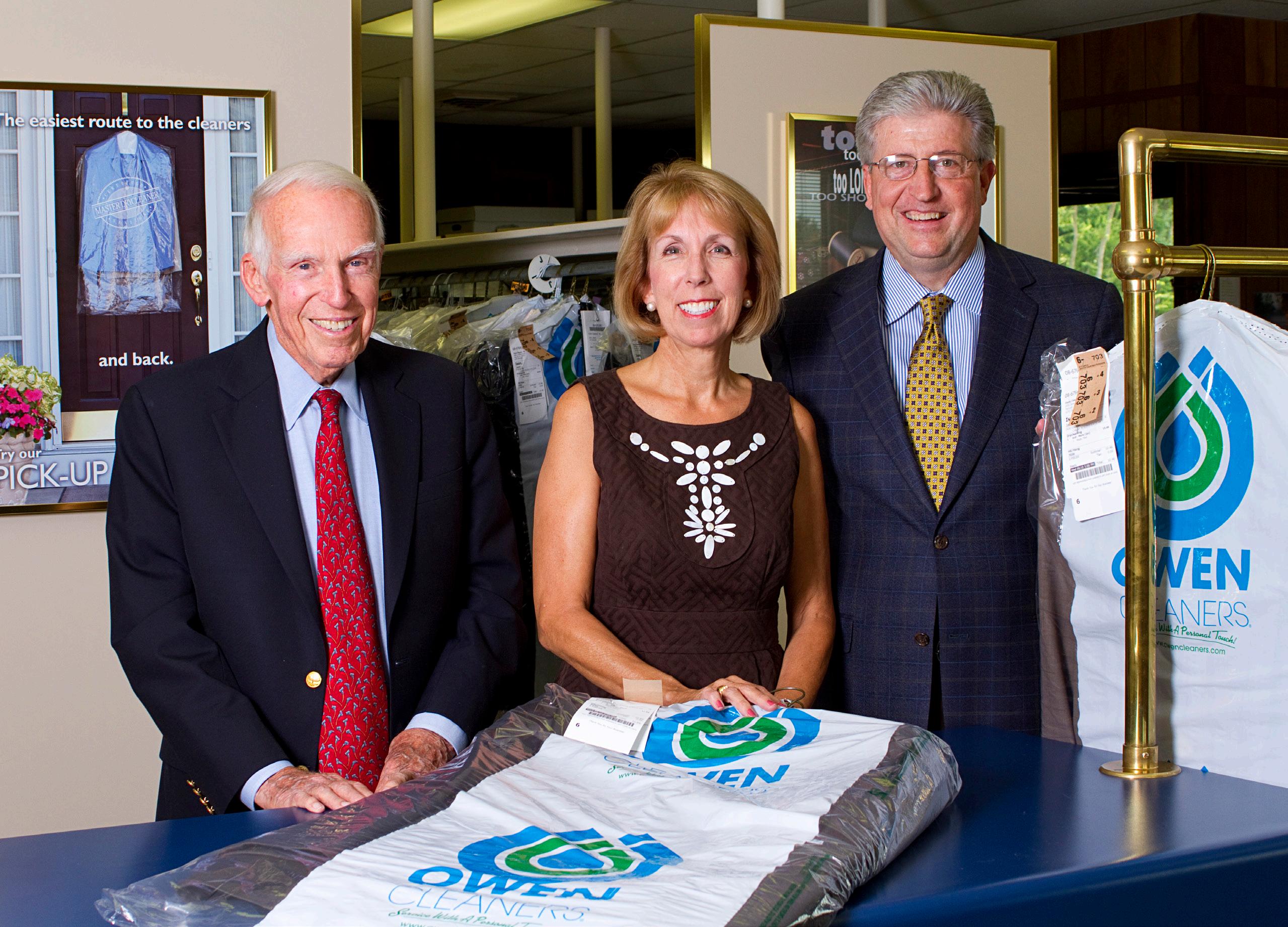 by DARLENE MAZZONE
by DARLENE MAZZONE
A partnership formed 100 years ago between Horace and Tully Owen after World War I has been reimagined several times over as part of a lasting commitment to quality and integrity. Today, owners David and Carolyn Perry look back on a legacy that now spans a century and are awestruck by the company’s longevity and unparalleled success.
A few years after the Owen Brothers opened, Horace bought out his brother and became the sole proprietor of the Paducah establishment. During the 1930s he grew the company by introducing home delivery and the innovative new Sanitone dry cleaning system.

In 1950, Horace was joined in the business by his son-in-law, Gene Katterjohn. Gene had served in both World War II and the Korean War, and was a pharmacist by training. After marrying Mr. Owen’s daughter, Carolyn, Gene was approached about joining the family business. He had no experience in dry cleaning, but says his knowledge of chemistry “helped a lot.” Together the two partners built a new dry cleaning plant, added locations, and opened new, coin-operated laundromats. Upon Mr. Owen’s retirement in the late 1960s, Gene took over sole management and ownership of the business.
Years later history repeated itself when David Perry and Carolyn Katterjohn Perry, Gene’s son-in-law and daughter, purchased Owen Cleaners. The two had met in graduate school and were pursuing careers in Dallas. After the arrival
of their first child, Emily, they began to think about alternatives to the corporate lifestyle. It was then that they received an unexpected phone call. “Gene told us he was definitely going to sell the business and asked if we were interested,” says Dave.
Within a few months they had worked out an agreement, and in early 1992 Dave and Carolyn Perry became the third generation to own and operate Owen Cleaners. In the three decades since, Owen Cleaners has continued to grow and evolve as a company, while at the same time staying true to many of the core strategies first introduced by Mr. Owen and Mr. Katterjohn. “I often think how indebted we are to both of these pioneering entrepreneurs,” says Dave. “Their decision to become a Sanitone dry cleaner in the 1930s was an example of their significant impact on the company.” Sanitone is an international leader in advanced, environmentally friendly dry cleaning technologies, and only licensed affiliates that meet stringent criteria can use Sanitone products. “Owen Cleaners holds the unique distinction of being the oldest licensee of Sanitone in the world.”
“My father was truly an innovator,” adds Carolyn. “Staying ahead of the competition certainly helped the business grow, but the formula for success also required keeping some things the same. It was always the goal to provide excellent customer service and offer an outstanding product.”
he year was 1920. Woodrow Wilson was president, women’s suffrage was ratified, Babe Ruth was king . . . and Owen Brothers Dry Cleaning opened in Paducah. That was a century ago.
"The formula for success also required keeping some things the same. It was always the goal to provide excellent customer service and offer an outstanding product."
- Carolyn Perry





That philosophy was consistently recognized as an industry standard by the Varsity International Conference of Dry Cleaners. For more than 25 years, Owen Cleaners was invited to participate in the annual meeting, which was composed of only 20 leading companies from around the world. Gene Katterjohn served as Varsity Conference chairman in 1976 and Dave repeated the honor in 2001.
The prolonged history of this centennial concern has resulted in its share of fashion and fabric revolutions. For example the arrival of washable polyester in the 70s had a major impact on dry cleaners around the nation. The diminution of wool garments and the addition of spandex to synthetic fabrics posed new challenges to cleaning technologies. “At one point we were doing lots of dresses and pleated skirts,” adds Carolyn. “With the advent of the 2000s we saw a significant increase in pants and blouses. It sometimes seems like we’re a different company with each passing decade.”
And lest you get the notion that dry cleaning is, well, dry, let’s set that record straight. “We have experienced so many unique opportunities,” explains Dave. Owen Cleaners came close to cleaning President Bill Clinton’s shirts as he traveled through town during his presidential campaign. “At the last minute, plans changed but we were ready if we were needed,” Dave remembers. The company did provide cleaning services for members of the secret service. “We ‘ve worked with several movies who were filming here,” Carolyn adds. “The early owners worked with How the West Was Won. Then we did cleaning for the actors who were here for River Rat, US Marshalls, and In Country.”
Owen Cleaners has always offered their services free of charge to clean American flags. That notoriety put Dave on the cover of the magazine of the National Federation of Independent Business after 9/11. Later a WWII museum in New Orleans heard of the company’s reputation and sent historic flags for the team to handle with care.

But Owen Cleaners means much more to Paducah than home delivered garments, convenient drive-thrus, and trusted methodologies. David and


Carolyn Perry have invested themselves in magnanimous work that has taken place outside the world of dry cleaning. Both have been ardent supporters of scores of local projects, and they have devoted their unique expertise to a myriad of civic concerns.
“Paducah is a great town,” Dave comments. “And I had always wanted to own my own business. Surprisingly the two came together in 1992.”
And together, these partners in life and in work now celebrate the centennial anniversary of a company whose roots run deep in the place they call home.






got serious and wrote the guts of this book.”

book clubs do. They gather, have a drink and some food, and discuss their latest read. Recently, however, they turned the page on their normal nights by inviting a special guest—the author of their chosen novel. “I’d heard about this book that was authored in our region,” said Nancy Powless, “and I loved that someone local was successfully published. I thought it would be cool if we read it and he could come to speak with us. I sent him a message on Facebook and told him we were proud of his success. I didn’t know if he would come, but he was so kind and gracious to join us.”
The author was Jason Holland, an attorney from Hopkinsville, and his book is Honor Thy Father, a murder mystery. “I actually wrote this book about 15 years ago,” Jason said to the book club. “My father had Alzheimer’s and passed away in September of ’98. The following summer, I was mowing my yard, and it occurred to me that statistically speaking I am more likely to have Alzheimer’s since my father had it.” Jason had been a voracious reader since he was a child and had passing thoughts of authoring his own book. After facing the truth of his mortality, he decided to finally start. He wrote in fits and starts until 2004 when he read Stephen King’s book On Writing. “I had learned to write by reading,” says Jason. “So that was there. My instincts were right. But King said he wrote at least 2,000 words, which is five pages, a day, even if they were the worst pages he ever wrote. He does that because it is easier to go back and fix things than to create. So I

Upon completion, Jason began submitting his manuscript to various agents for publication. Some showed interest, but none made an offer. Jason’s first problem was the book’s length. “It was about 700 pages,” he says. “They all said the same thing. The shelves in a bookstore are expensive real estate. They are fine to let Stephen King or John Grisham or whomever write a whopper and put it on their shelves because they know they will sell it—Holland from Hopkinsville, not so much. I got about 30 rejection letters. It was west Kentucky’s War and Peace. Then it sat, and sat, and sat. But it started to get passed around. I had these binders with this great big book in it. It was the crudest form of self-publishing.”
Then, in 2018, a friend of Jason’s passed the book to Charlotte Hendrcks, a retired magazine editor who volunteered to take on the editing process. Charlotte then mentioned the book to her friend Teresa Medeiros who owns a publishing company and whose own books have been a staple of the New York Times bestseller list. “We met at a small restaurant in Hopkinsville, and she said she’d publish it,” recalls Jason. “I’ve been using the word ‘serendipity’ more lately than I ever thought I would.”
The charm of the book, especially
for local readers, is that it takes place in western Kentucky, a fact that Jason says brings the story a certain level of authenticity. “I went to high school in Lyon County,” he adds. “And I am very familiar with Paducah. And there are all kinds of places that are fun to talk about. Possum Trot is even mentioned in there.” Many of the characters are based on people Jason knew, drawing on the culture he grew up with. “I don’t know how you could be a writer of fiction and not be a people watcher. People and events that have been a part of my life are woven into this book. And part the undercurrent of this book is the relationships between fathers and their children. And keep in mind what inspirited me to write it was my father.
“Location gave me a comfortable base,” Jason adds. “These are things I know about it. I know about Ferrell’s down the street. I know about Calvert City Drive-In. I know about places along Lake Barkley. And people in Hopkinsville have told me how much it means to them to acknowledge our town. I hadn’t really thought of it like that.” Jason is intent on keeping his work focused on western Kentucky in a follow-up novel that is already in the works. “This is vitally important to me.”
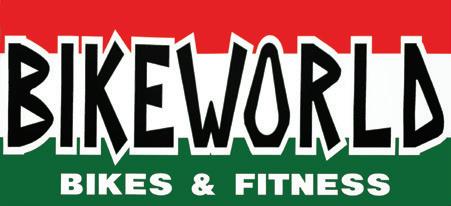


Honor They Father features the character Cassandra Warren, the wife of one of the wealthiest business tycoons in Kentucky. When she is murdered at her lake home, criminal attorney Hunter Cameron’s own nightmare begins. Cassandra’s death is the precise echo of a murder that occurred over forty years before—a case that nearly destroyed Hunter’s attorney father. Only this time, it is Hunter’s best friend Kirk who is the prime suspect in the vicious slaying.
Honor Thy Father is available via Amazon as both an e-book and in paperback.









IIT’S 7:30 AM AT THE MCCRACKEN COUNTY JAIL, and for some inmates, the workday has already started.
Upon entering the jail, you can catch a glimpse of a quaint group of women fervently crocheting various hats, scarves, and wigs in what used to be the detectives’ interview room.
“I get here at 7:30 just for them,” Heather Foster, Public Relations Director at the McCracken County Jail said. “I’m humbled to be a part of it. I look forward to getting up and coming to work everyday.”
The group came together in September under the initiative of inmate Kim Cowsert. Kim had learned to crochet
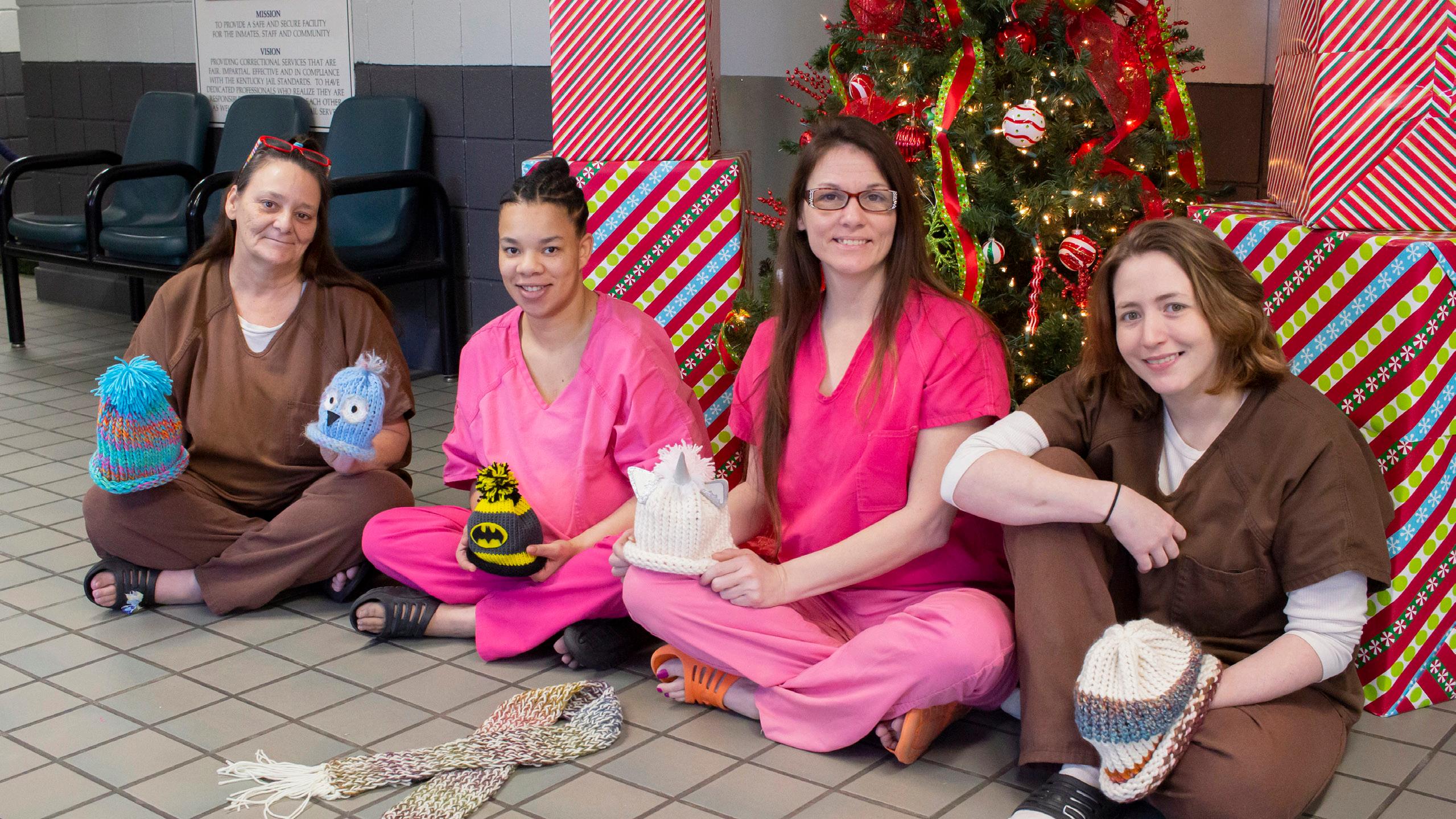
at the jail from a previous program and wrote a letter to Heather asking if they could reinstate the activity. Heather willingly reached out to jailer David Knight to get approval for the program, and upon gaining such, went and purchased the necessary supplies for the women.
The idea to start with hats for cancer patients came from the McCracken County High School’s HOSA (Health Occupation Students of America) program, which Heather’s daughter is a part of, and a desire they had to work with cancer patients. The students donated yarn to the women, shared the work that was being done on Facebook, and from there, the remaining donations came flooding in.
Since every material that the women work with has to come through donations, they were grateful to the number of individuals, groups, churches, and stitching clubs who stepped up to the plate to make sure that they had what they needed.
“There was just an outpouring of people bringing in yarn,” Heather said. “And then the girls were working and they said you know what, we want to name it. So they came up with Hats for Hope.”
The school was able to take a large box of hats that the women made and donate them to the Baptist Health Ray and Kay Eckstein Cancer Center. Seeing the joy that it
brought the women at the jail, along with the genuine need that it filled, Heather reached out to Gaylon Hayden with Book for Hope to let her know of their own “hope” that was being spun. Gaylon gratefully took a box with her to Vanderbilt to give to the child cancer patients that she assists.
Word spread quickly about the group’s new venture of creativity and generosity. Susan Guess contacted Heather about the women making hats for Scarf in the Park – an event in which community members can receive hats, scarves, gloves, and socks for free on Christmas Eve.
With each progress update that Heather posts on the McCracken County Jail Facebook page, new donations and requests are always soon to follow. After a Facebook post updating community members and donors on the group’s projects, Heather was soon contacted by the McCracken County Library for the ladies to donate items to their Black Friday event, “A People’s Thanksgiving,” where people could receive free meals, hats, socks, and hygiene products.
Multiple local events such as these make for large orders of hats, but that doesn’t deter these crafty ladies. The women of Hats for Hope are crocheting from 7:30 AM to 4:30 PM each day and create an estimated five to eight hats per day. To date, well over 400 hats have been made. That’s

over 400 warmer heads, over 400 hearts thought of and over 400 people prayed for.
With each finished product, the women learn new skills and techniques in regards to their art. So much so, that when they learned of a program that was creating character wigs for child cancer patients, they decided to explore their own versions of wigs for patients as well. They have also created hats for babies born prematurely, along with children in the NICU. The group’s work has restored not only creativity and confidence within the inmates, but also a sense of purpose.
“It’s become more of a ministry than anything to the girls,” Heather said of the camaraderie within the group. “It’s been a God-send. I can’t take any credit for it whatsoever. They pray for whomever those hats reach and they pray for each other. If one of them goes to court and happens to get bad news, they’re there for each other. We started out with three girls, and now we have six to seven here each day. They get here at 7:30 to come and work, they eat lunch, come back, and then I have to tell them I need to leave, otherwise they would stay here all night.”
“Not only is it going to a good cause, but we’ve all gotten really close. We’ve made great relationships in here,” Kim Cowsert said.
There’s a sense of family in the room as the ladies smile and speak collectively about life after jail. There are talks of continued gatherings in their own “she sheds” to practice their craft, as well as intentional fellowship to hold each other accountable and learn from this season of life that they have lived together.
“We’ve all decided that when we get out we’re going to be in the backyard around a campfire together or in our ‘she shed’ and we’re going to be knitting and talking about ‘remember when’ moments,” program participant Kimberley George said.
As for their crochet future after jail, both the ladies and

Heather have big plans. It’s most certainly a craft that could be valuable in terms of creating pieces to sell, however not many saw themselves doing so after they get out. If anything, they foresee continuing the craft, but also continuing the generosity and making sure they can get hats into the hands of those who truly need them.
“To know that a child will be wearing our hats, it just makes us feel good. I don’t plan on selling them. I do plan on continuing this, but I plan on continuing to donate them as well,” fellow participant Marguerite Ingram said.
Heather dreams of being able to provide the women with a “kit” of sorts, complete with a loom and yarn that they can take with them when they get out.
“It would be great if we had a way of doing that, so that they’ve got it and can continue to do it. You know, something to occupy their mind when they go home. Because everyday life is hard, and if you’re doing the right thing when you get out, then you’ve got something to occupy your time when you might be drawn to the world and what it has become,” Heather said. “Doing these types of things, you can find something else within yourself. I believe that art, and just being creative, opens up a whole different side of you.”
Donations to Hats for Hope are welcome in the form of yarn and crochet looms (both new and used), and can be dropped off in the lobby of the McCracken County Jail Monday – Friday, between 9 AM and 4 PM.
Gar y B Houston / E Frederick Straub, Jr / R Christion Hutson
C Thomas Miller / James R Coltharp, Jr / Sharlott K Higdon
Nicholas M. Holland / Elizabeth A. Wieneke / Ryan T. Polczynski
Jessica S. Morgan / Eric C. Straub / Matthew S. Eddy
Of Counsel, Richard C Roberts
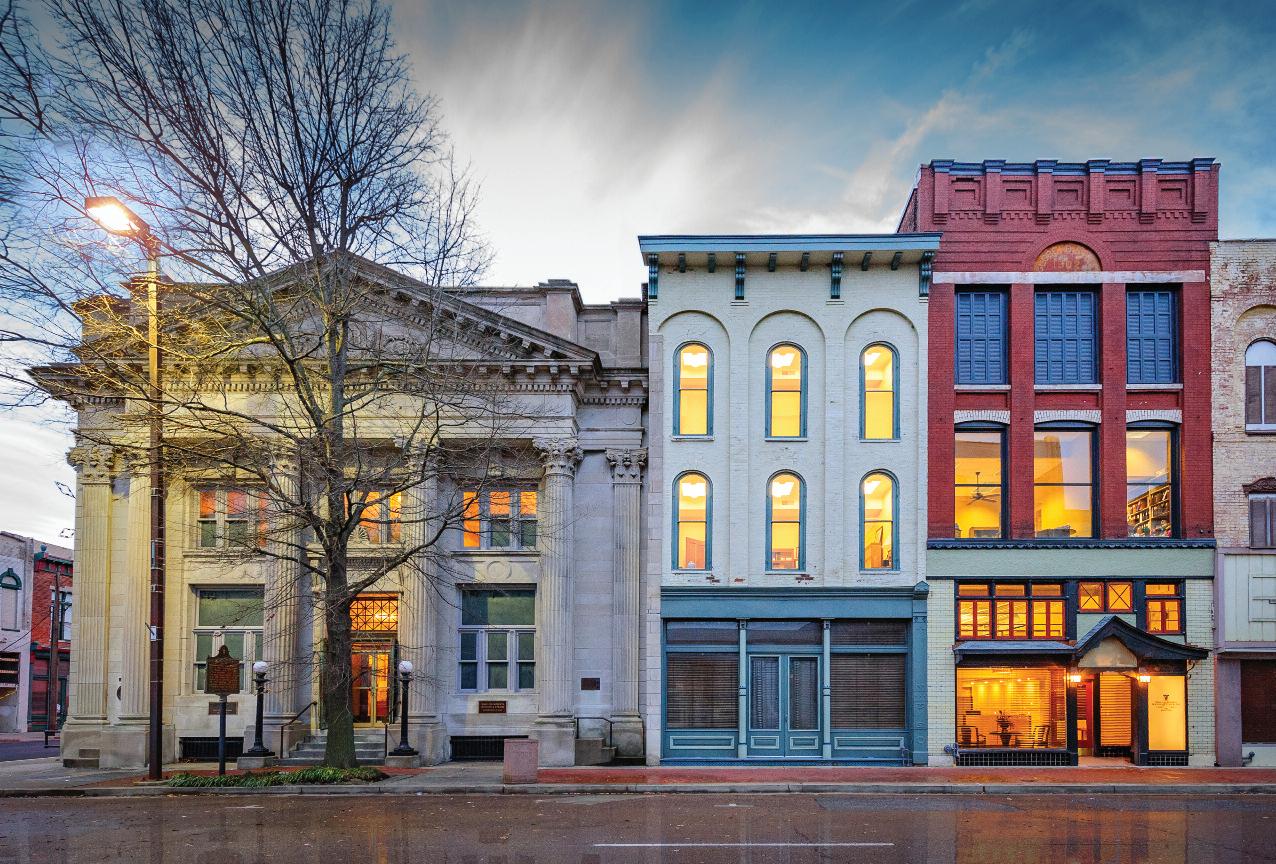











ADUCAH WALL TO WALL IS A NEW FULL-COLOR, paperback compilation of the magnificent three blocks of Dafford murals on Paducah’s downtown floodwall. This colorful publication is dedicated to former Paducah Mayor Gerry Biggs Montgomery. “Mayor Montgomery has served on the board since its inception in 1996,” explains Ro Morse. “Her visionary leadership has been priceless.”

On the cover, Mayor Montgomery is standing on the riverfront with the redcoated Paducah Ambassadors as they “greet the queens.” On July 2, 1996 all three paddle wheelers docked at the Port of Paducah. Mayor Montgomery created the Paducah Ambassador organization during her term, and today the all-volunteer
organization continues to welcome visitors from far and near.
“Nathan Brown has done a beautiful job photographing and designing this new compilation of Dafford mural images,” adds Ro, the project’s coordinator. “We are thrilled to share this book with locals and visitors for only $10 each. All proceeds will benefit future mural maintenance.”
“I am so happy to have the opportunity to work on this new project for Paducah Wall to Wall,” says Nathan Brown. “I have been involved with the Dafford murals project from near the very beginning, as I worked on the original photography and image scanning back in the 1990’s as a young graphic designer. I was even honored to help Robert Dafford with the design of the title panel when I was in my early 20’s. It was a joy to design the cover art for the original book, published in 2008, and it feels great to be able to create this new layout almost 12 years later.”
The all-volunteer Wall to Wall non-profit group has worked together with Dafford muralists to research, design and provide sponsorships since the creation of the project in 1996. Now the children and grandchildren of these original board members are insuring the integrity of this popular 24/7 public art history project is maintained. “In our UNESCO creative city, this ribbon of art along our downtown floodwall captures life sized images of Paducah life.”
 by J.T. C RAWFORD
by J.T. C RAWFORD
THE PADUCAH TILGHMAN FOOTBALL SPECIAL TEAMS
readied themselves as their squad’s offense made their way to the goal line. It was the first game of the season and one of Tilghman’s biggest— the annual matchup against the McCracken County Mustangs. Sure enough, Tilghman’s Jayden Freeman ran the ball in for a touchdown. It was time to go for the extra point. The Tornado’s young kicker inhaled deeply before jogging off onto the field, thus far untested in a real matchup. The teams positioned themselves, and the air hung still for a moment. Then came the snap of the ball. The kicker sprang into motion sending the football in a smooth arc through the middle of the goalposts. Number 14 breathed a sigh of relief before turning sharply to run back to the sideline. That’s when the crowd noticed the flip of a long, blond braid flowing from the back of the helmet. This wasn’t your typical, high school football player.
Sophomore Shelby Nickal removed her helmet as her teammates surrounded her, patting her on the back and offering their congratulations. It was just the first of many high points that would come for Tilghman’s first female football player. This one, in particular, was especially poignant as Shelby had been a McCracken Mustang just the year before. “Beating my old school was awesome and super enjoyable,” Shelby laughs.




Not long after the McCracken game, another big moment came against Tilghman’s biggest rival, Mayfield. Shelby kicked off, and Mayfield’s return eluded Tilghman’s defense. In the last line was Shelby who stood ready to stop Mayfield in their tracks. “Kade Neely ran it past everybody—except me,” she says. “I jumped in front and stopped him. That’s when I got my first tackle,” she says. “There was a lot of hype around that. And the guys were super happy to see me do that. Leading up to the game, all the guys had been asking me if I’d ever attempt a tackle if it came down to it. So there was the answer.”
Shelby was already familiar with the world of men’s sports before becoming a player. Her dad, Jason Nickal, is Tilghman’s Athletics Director with a history of coaching in a variety of environments. “I kind of grew up in this world with my brother being a wrestler and my dad being a coach,” says Shelby. “I sort of knew how everything would be. And when it came to football, when we lived in Texas, we would do NFL’s Punt, Pass, and Kick, and I was pretty good at that.”
Shelby never thought about playing football herself, but at a backyard gathering of Tilghman coaches, the topic of needing a kicker for the team came up. “Me and my mom were joking around, and I said, ‘Oh yeah, I’ll do it!’ Then a video of me kicking a field goal at Punt, Pass, and Kick starting going around. They started saying Oh wow. She really can kick. So I was asked to come to a practice. I didn’t think anything would really happen until I had a uniform. Then I was like, they were serious! I was so self-conscious. No one had ever seen a girl wear that uniform. I wondered if people were staring at me, I didn’t know what to do with my hair, and my nails were painted. But I got used to it.”
Soccer is Shelby’s primary sport. And while both involve kicking, the soccer skillset didn’t completely transfer to football. “The form is different,” explains Shelby. “They work different muscles. It’s a lot different. I got pretty sore at first. But I kept going. I hoped me playing football helped generate more interest in soccer and girls’ sports.”
Shelby began getting used to the team, and the team got used to her. At first, things felt a bit awkward. But before long, a


While Shelby never expressly intended to follow in her mother’s footsteps, female firsts in football run in her family. “The first year the Women’s Professional Football League came out, I played for the Colorado Valkyries,” says mom Sandy. “That was in 2000. I always loved football. I played pee-wee football in 5th grade and was the only girl in my city to do so. The schools wouldn’t let me play, which was disappointing, so I played other sports. But I wanted to play football.”

Sandy caught news about the new women’s league, and because it was a new venture, there were open tryouts. Sandy beat out a couple of hundred others to secure a place on a team. “It was a lot of fun. There was a lot of publicity.” Sandy played for a while before, as she puts it, she and Jason decided to have a Shelby.
“I’m proud of Shelby,” she says. “It’s difficult being a girl in a guys’ world. And it’s especially hard at this age. If you are a strong enough person and believe in who you are and have a support system like Shelby does, you can make it. But it’s still hard. It’s different territory. It’s a unique opportunity. I think every girl should be able to go out, put some pads on and hit somebody.”
camaraderie formed. “The more I played, the more fun it was,” says Shelby. “I became part of that family with every game. At first, the guys didn’t know how to act. Now, they are like my brothers, and I am the little sister. I know they’ve got my back.”
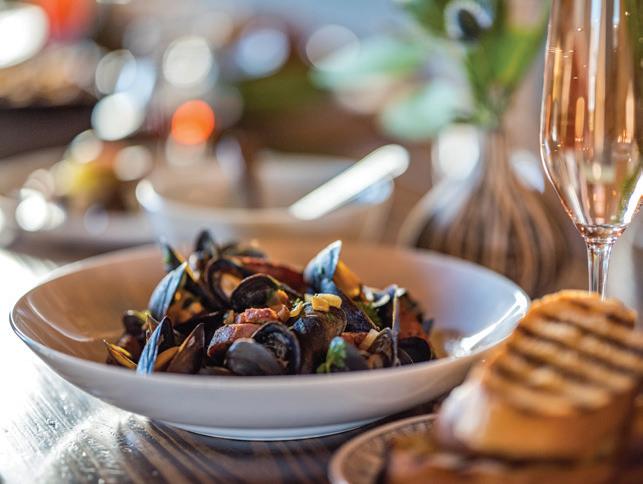
And the proof of Shelby’s talent
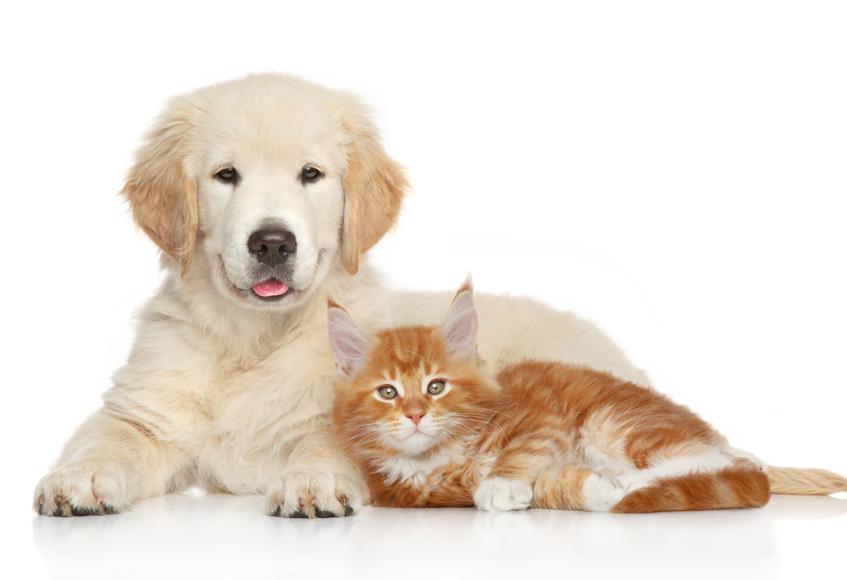

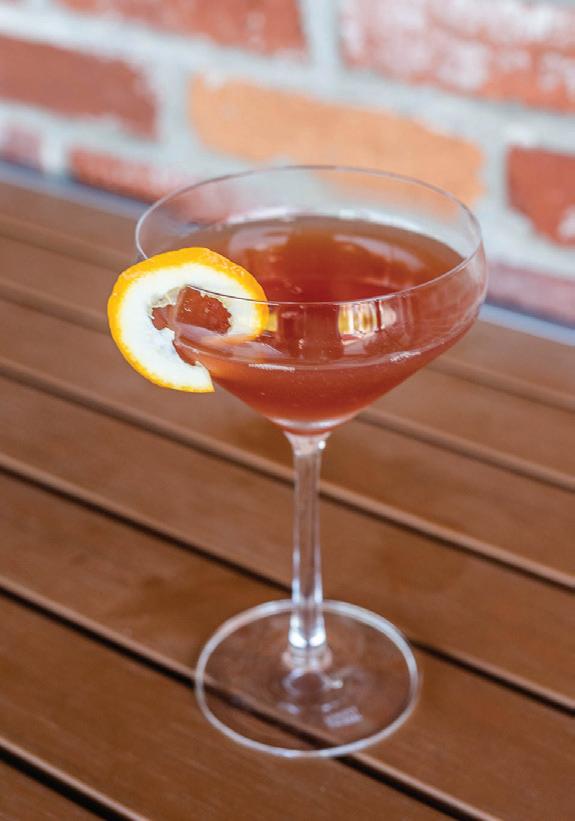
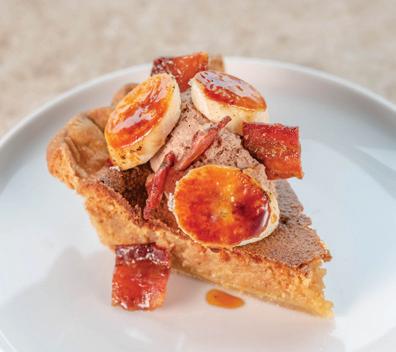

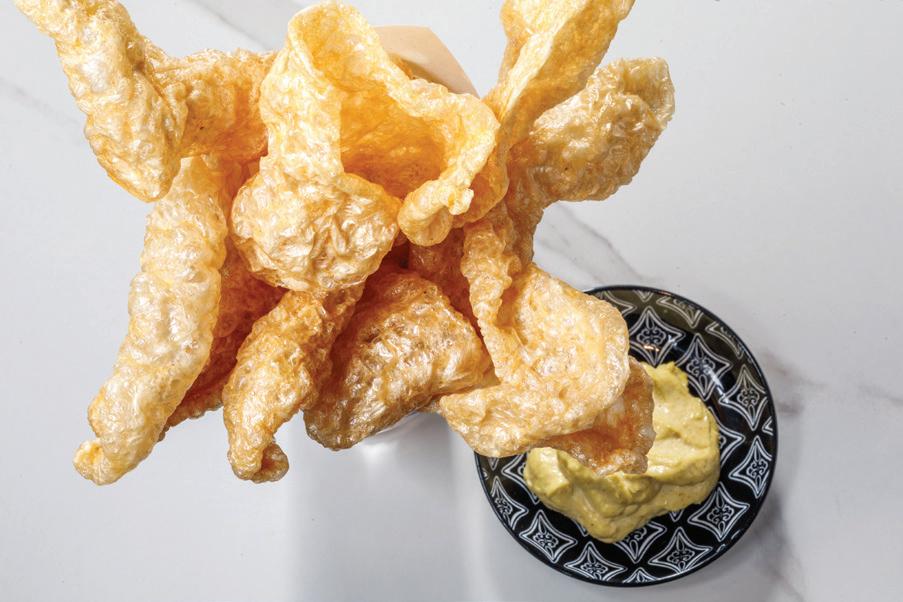
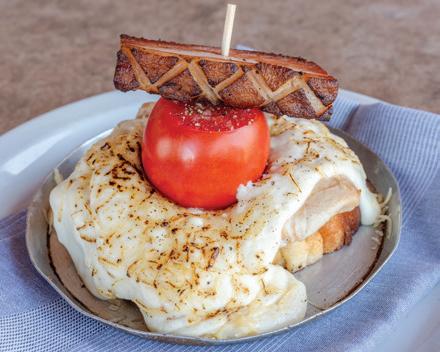
on the field proved itself game after game. Her points were crucial in their victory against McCracken as they were in subsequent games. By the end of the season, Shelby was ranked in the top 25 in the state for points after touchdowns.
It would be easy at this point to pop out a cliche and say that Shelby had finally become “one of the guys.” But that would gloss over who Shelby is as she makes a mark upon the history of the Paducah Tilghman football team. “I feel like I came into this tough already,” says Shelby. “I didn’t feel like I had to make the rest of the team think I am tough. I play football. But I am a girl, too. I can be both and be true to who I am.”


RISTEN WILLIAMS IS A BUSY PERSON. DURING the day, she’s a software engineer at CSI. In the evening, she is an adult services clerk at the McCracken County Public Library. So when a group of guys at CSI asked her to join a fantasy football league, she responded with a furrowed brow that conveyed one sentiment: really?
“I like sports. I’ve loved basketball since I was little,” she says. “But I didn’t care much about football. But the boys needed another person for fantasy football to make their number of teams even. I said, ‘I won’t like it. So why?’ But they just kept saying, ‘Oh c’mon, c’mon. It’ll be so much fun. You can auto-draft, and you only have to pay attention once a week.’ So I gave in. And that first season, I ended up number one in the league. So I thought yeah, if I can win, this is fun!” Twelve years later, Kristen is a fantasy junkie, joining another league with her family and starting one at the library.

Each season, fantasy football players construct their ideal teams comprised of real, NFL players. This is accomplished via a pre-season draft. Teams, usually in number of about 12 to 14, form a league and compete against one another each week. Wins and losses are determined by how their players do in real-world games when they earn their fantasy players points based on their performances. Each week requires some amount of management. And Kristen warns that it is addictive.
“When I started, I understood football just a little bit,” admits Kristen, “but not a whole lot.” Now, Kristen spouts football knowledge and stats with ease. “I am the oldest of four kids—three sisters and one brother—and bless my brother’s heart, he was a big football fan, and we didn’t care. Now, me and my sisters are texting during the games saying did you see this or that? If you had told me twenty years ago that I’d be texting them about the outcome of games, I’d have said you were crazy.”

When Kristen started a part-time job at the library, she decided to share her passion for fantasy sports with her new coworkers. Enter Dusty Luthy, a former sports journalist, who, at the time of our interview, led the library league. “Let’s be real,” says Dusty. “That’s just an accident. I’m in this for the wings when I host the draft party. I feel like there is some pressure on me because I was a sportswriter, but I was never a stats person. So I do not have an advantage.”
“This is my first year,” says library associate Lesley Garrett, who, according to Kristen is “all in.”
“And I am now doing fantasy hockey, which is even more of my thing,” adds Lesley. “I’ve not followed football, and I did auto-draft. I’m learning. I like following the narrative, getting to know individual players and seeing how they interact and get me points within the context of teams. Especially when it comes to hockey. I don’t have to pick just one team to root for—I can watch the whole
league with interest. And it’s not just all about the stats. It’s about picking players based on who they are as well. I support team players who are worth getting behind on and off the playing field.”

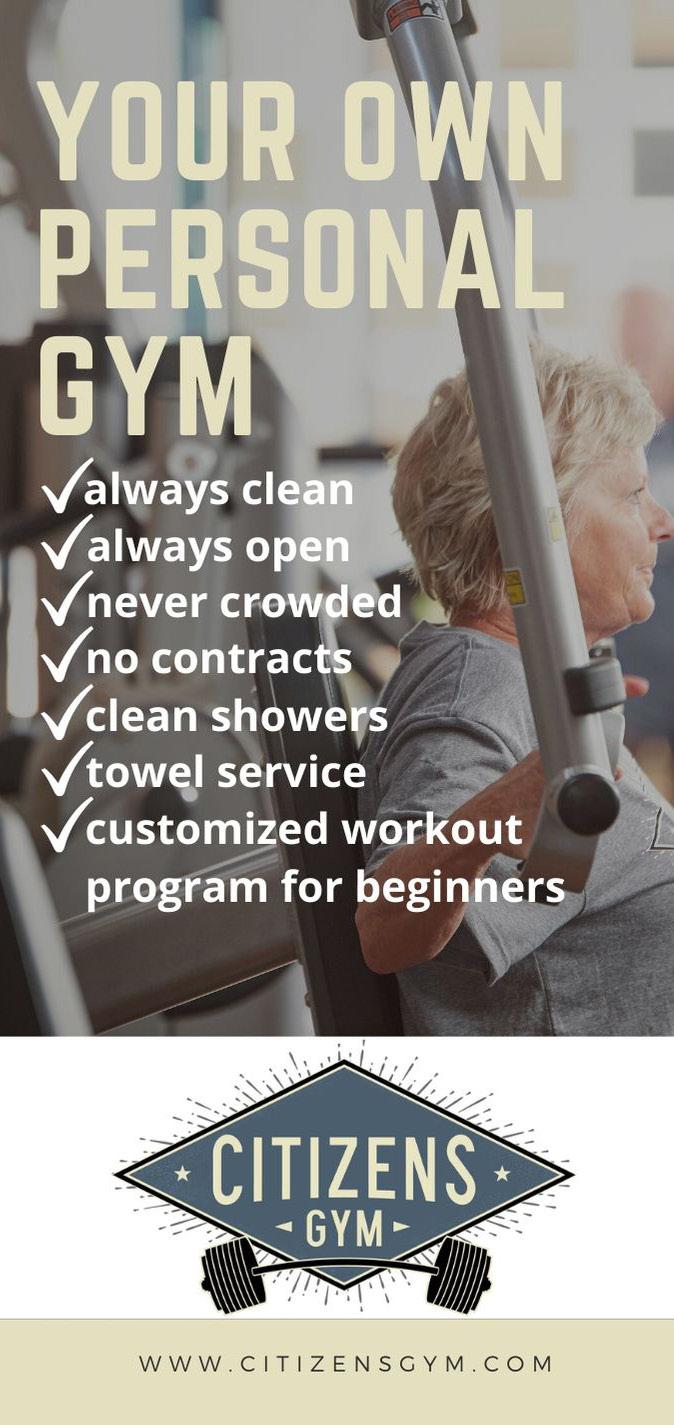
“I feel really dirty for having Tom Brady on my team right now,” laughs Dusty. “Even though he gets me a couple more points than Aaron Rogers, I play Aaron Rogers more. I can’t trade my soul for points. And since I am from Missouri, I have Kansas City’s defense. I try to pick the hometown guys or someone from Mizzou. I feel like I have a little say.”
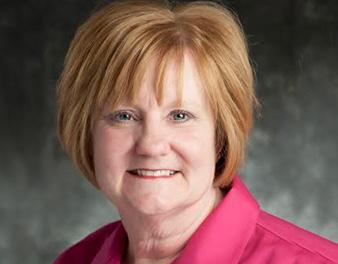
Kirsten is also part of a hockey league as well as a NASCAR league. She says it’s just that addictive. But she does have a few overarching philosophies when it comes to playing in any fantasy league. “I try not to draft players I can’t root for, either because of the way they play or their off-field behavior. And I rarely draft players from teams I don’t like. Once again, I want to be able to cheer for my guys. The main thing is to not take it too seriously. I don’t want to lose real-life friends. These are the folks I love to be around. But I do like the competition, although it is often against myself. I like to think I know things about sports that I may actually not know. So when something I pick happens, I can think Yes! I am so smart! And if I can beat one of the boys, that makes me happy.”
“Really, though, we haven’t talked about the most critical part of fantasy leagues,” says Dusty. “That’s naming your team. It can reflect your team members, your personality, or reveal your sassiness. My team name is the Turf Herders so drawn from the name Princess Leia calls Hans Solo in The Empire Strikes Back when she says you scruffy-looking nerf-herder.”
Lesley’s team name? The Possum Trot Trash Cats. Kristen takes a different approach. “It usually depends on which celebrity I have a crush on,” she says. “This year, it’s Hasan Minhaj, so named after my future husband.”
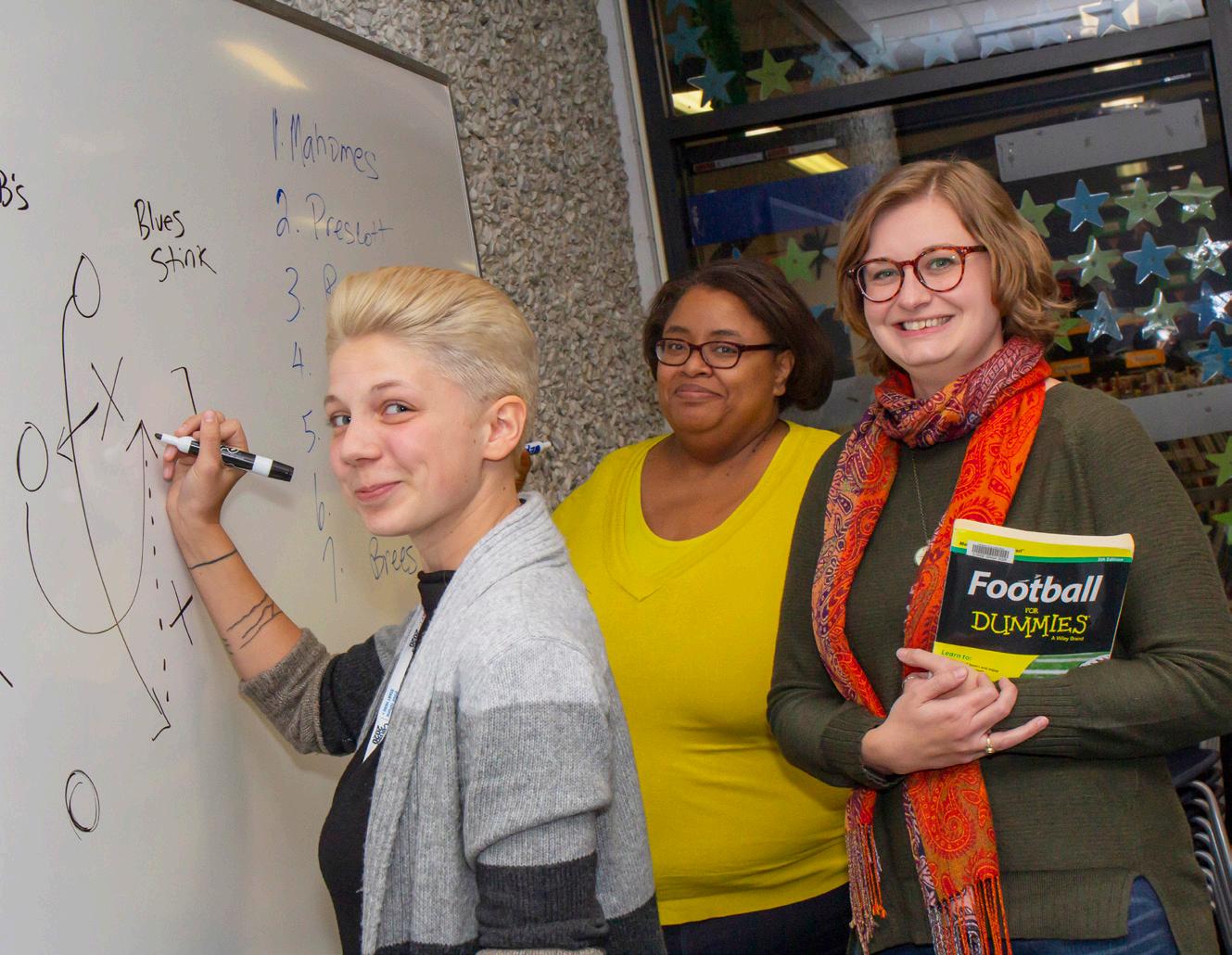




 by RJ SWIFT H
by RJ SWIFT H
THE WORLD CAN BE A VERY CONFUSING PLACE. It can leave you reeling and punch-drunk or wandering aimlessly. Our only hope as a civilization in finding happiness is sifting through the genuine human experience in search of a connection with someone who understands us and relates to our struggle as an individual.

At the new LGBTQ+ Welcome Center at 413 Broadway in Paducah, visitors are granted the opportunity to meet caring people who can relate to the struggle of not fitting in or being misunderstood. Some of the organizers for this organization are Dustin Havens, Donna Riley, Anthony York, and Elizabeth Duarte. These are just a few of the individuals compassionate enough to launch and help sustain a program such as this. “The main concern for this organization,” Havens, a founding member of the program, says, “is that everyone in the community feels welcome regardless

A new safe space for when the world is a confusing place
if they identify as LGBTQ+ or not. We want to help the community as a whole.”
The Welcome Center offers various courses and opportunities that can help expedite the process of overcoming adversity. Study groups as well as chill zones are provided. The study groups include classes that cover a wide variety of topics, such as STD coping and awareness lessons, history of the LGBTQ+ community in the United States, and confidential therapy sessions.
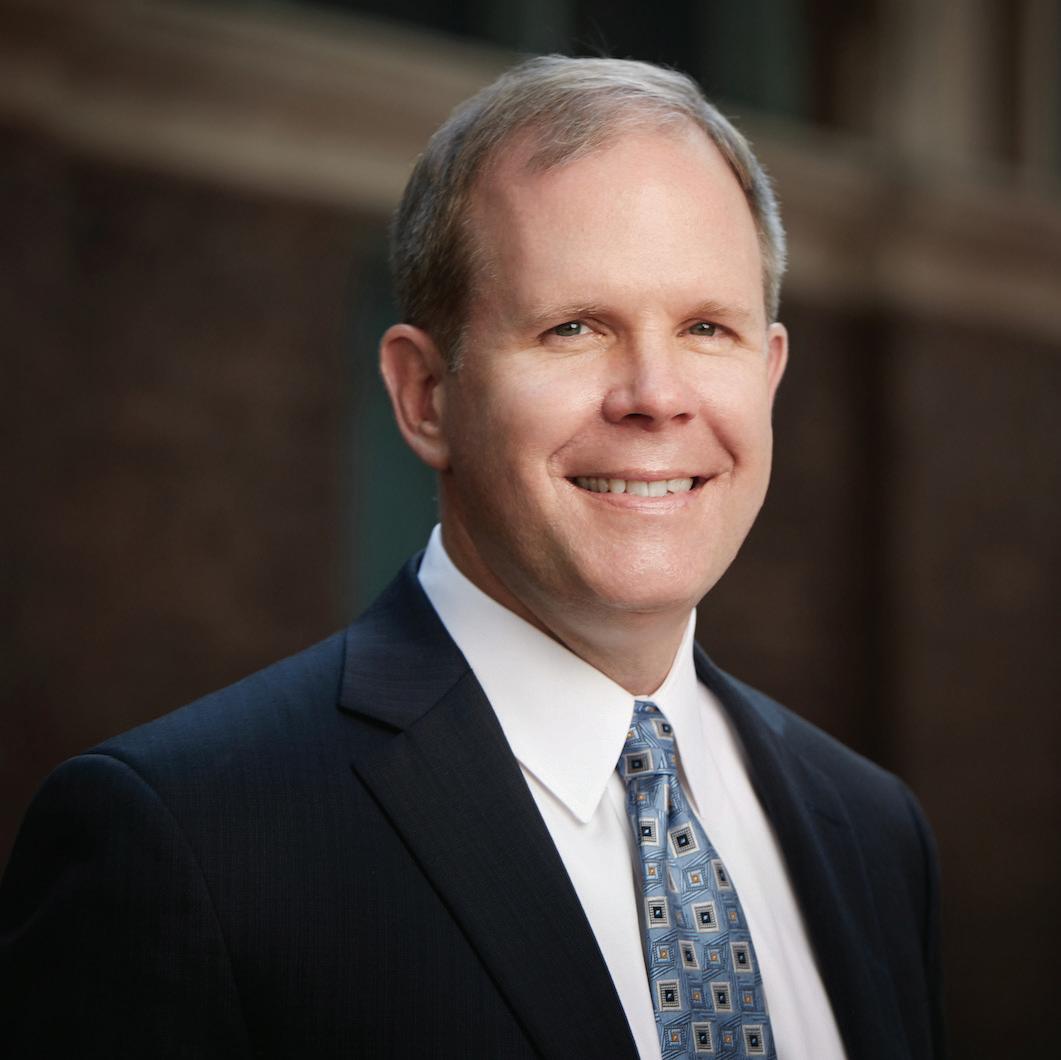

This is a judgement free environment that encourages free thinking, self-awareness, and artistic endeavors of any kind. The Welcome Center also helps in providing grant writing for school and small businesses for those who inquire, as well as celebrations and festivities.


AS
are challenged to be the change we want to see.
This notion rings consistently true, specifically on the subject of youth. In a world half soaked in beauty and half drowned in hatred, the youth of today may grow up to be drenched in one or the other. It is our responsibility to best prepare children for this maze we call life.
“By revealing to them the caring and giving nature of the human spirit while they are at an early age, we hope this mentality echoes throughout the rest of their lives,” says Kiesha Curry, Executive Director of OUT Paducah. “We lead by example.”
Prior to March 2019, Keisha was simply another social worker whose heart would crack a little more with

each family she helped and even more so with each child under her care. Eventually, Kiesha had a brilliant idea for a way to help the children of this community feel more hopeful and welcome and not so incurably hopeless.
She had the idea of founding a youth-oriented organization focusing specifically on the LGBTQ+ aspects of the community. However, it needs to
be noted that you don’t have to identify as an LGBTQ+ community member in order to enjoy or take advantage of the opportunities provided. The number of people involved with the OUT Paducah organization is relatively small but has doubled in the nearly nine months since its inception. This is a non-profit organization with funding coming strictly through donations.
OUT Paducah has created a place where young people can come IN to find understanding and support
Many celebrations of life are assembled for the youngsters, including fall festivals, pride rallies, pizza and games, as well as resources to be provided for any of those making a transition and support for anyone going through a difficult time, regardless if the difficulties pertain in any way to their gender or sexual orientation. Of course the team also seeks to educate young people on what their bodies may be going through along with pronouns, name changes, and societal expectations.



“The goal of the organization is to bring people together and to inform those who have questions,” comments Kiesha. “We hope OUT Paducah will evolve into a leadership program so that the children can one day shadow city council members, business professionals, and a wide variety of other occupations. Hopefully, we can provide for the child a foundation based on love and equality so that our youth can really be whatever they want if they work hard and set their minds to it and are not hindered by judgment or any preconceived notions rooted in discrimination.”
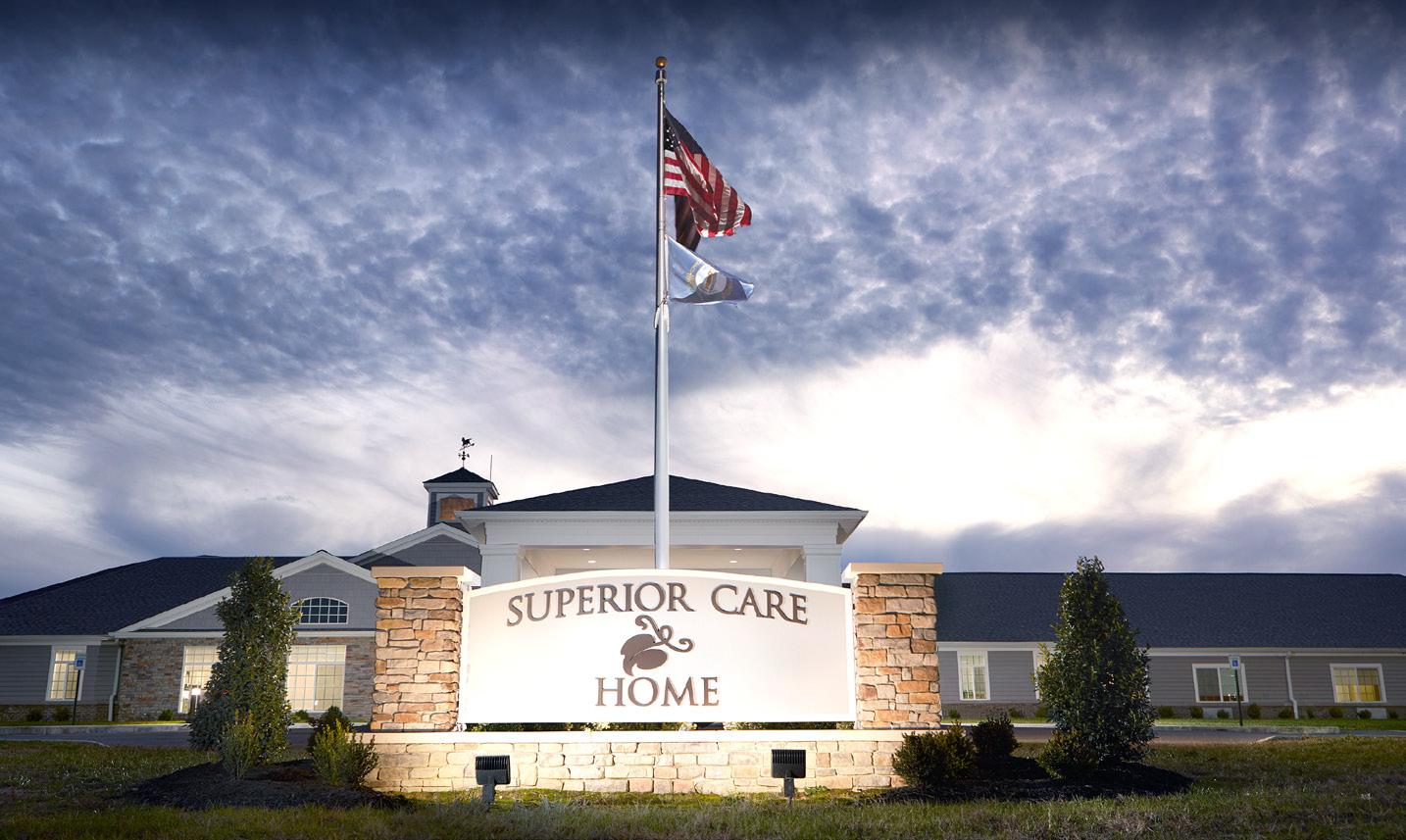
Kiesha hopes to educate those involved on the benefits of, and the right to request incorporating the Gay-Straight Alliance (GSA) in western Kentucky education systems, such as the one in place at Marshall County schools. “This academic program provides a judgment free zone that is intended to educate and inform and above all else to help children feel wanted and comfortable with who they are,” adds Kiesha.














WHEN HOLLY
location of her business, Hollyhock House, she kept coming back to what she remembered as a child in Mayfield. “I grew up with small business shopping,” she says, “going with my mom to all local shops. That continued for me in college when I worked with Missy Brown at Simply B when she first opened her doors. I loved putting things together for customers and creating that unique shopping experience. And that’s what it was. Shopping was an experience.”
The road to Paducah led Holly from Mayfield through St. Louis. After graduating from Murray State University, Holly took an internship with the Albent Pujols Foundation. Then, she got a corporate job. “And I hated it,” she says. “It was not for me, and I hated being at a desk all the time. I took a step back and thought about what I really loved. The town where I lived in the St. Louis area did not have the unique boutique experience I was used to. So I saw a need I could fill. And it was received very well.”
Holly was in a newly developed area, however, and because of the lack of a boutique culture, she found herself competing for customers against chains like Target. “There was a different mindset,” she says. “Many were not


used to my kind of shopping experience. But here, I think people appreciate it. The shop did OK. But when my dad was diagnosed with cancer, I took that as a sign to move back home.”

She considered both Murray and Mayfield for Hollyhock House. But when she remembered shopping local as a child, her thoughts continually turned to Paducah. “I always loved downtown,” she says. “There’s a great scene here. There was a lot I didn’t know—things I really appreciated when I took the time to learn a little bit more about the city and its history. The sense of community and support I felt here outweighed any other area.”
Holly met the developer of the 100 block of Broadway and discovered the location was a perfect match. “The vision was the same as mine—creating a place where people come for an experience. And all of us along this block see that vision and want to be a part of what’s here and what is coming.”
The shopping experience Holly offers caters to what she says many women in our area want. “They want unique. They want something different. They want quality. Plus they want that coziness and charm with a local shop. And yes, people are still going to department stores and utilizing online shopping for some things. There’s a place for that. But even online retailers are opening brick and mortar stores. That’s because people still want to get out and do things. And shopping is a part of that.”
Holly sees Hollyhock House as an ever-evolving dynamic. And she sees potential in other areas such as men’s clothing. She’s already put some in-tow husbands at ease with samples of bourbon at Hollyhock. “As time goes on and we dig more into the buildings down here, I hope there is an opportunity to expand or do something different. I always need adventure
Founded in 1964, PFGW is blessed to call downtown Paducah home for more than a half century. We are proud to have designed or renovated many of our region’s most iconic facilities. However, the greatest reward throughout our years of dedicated service has been the friendships forged and the confidence we have instilled in our clients.

is pleased to announce that Warner T. Wheat has joined the practice. Warner focuses his practice on the areas of divorce, child custody, adoption, and personal injury. McMurry and Livingston has been in practice in Paducah for more than 50 years. We welcome Warner as a member of the next generation of McMurry & Livingston legal professionals.

LastWord the
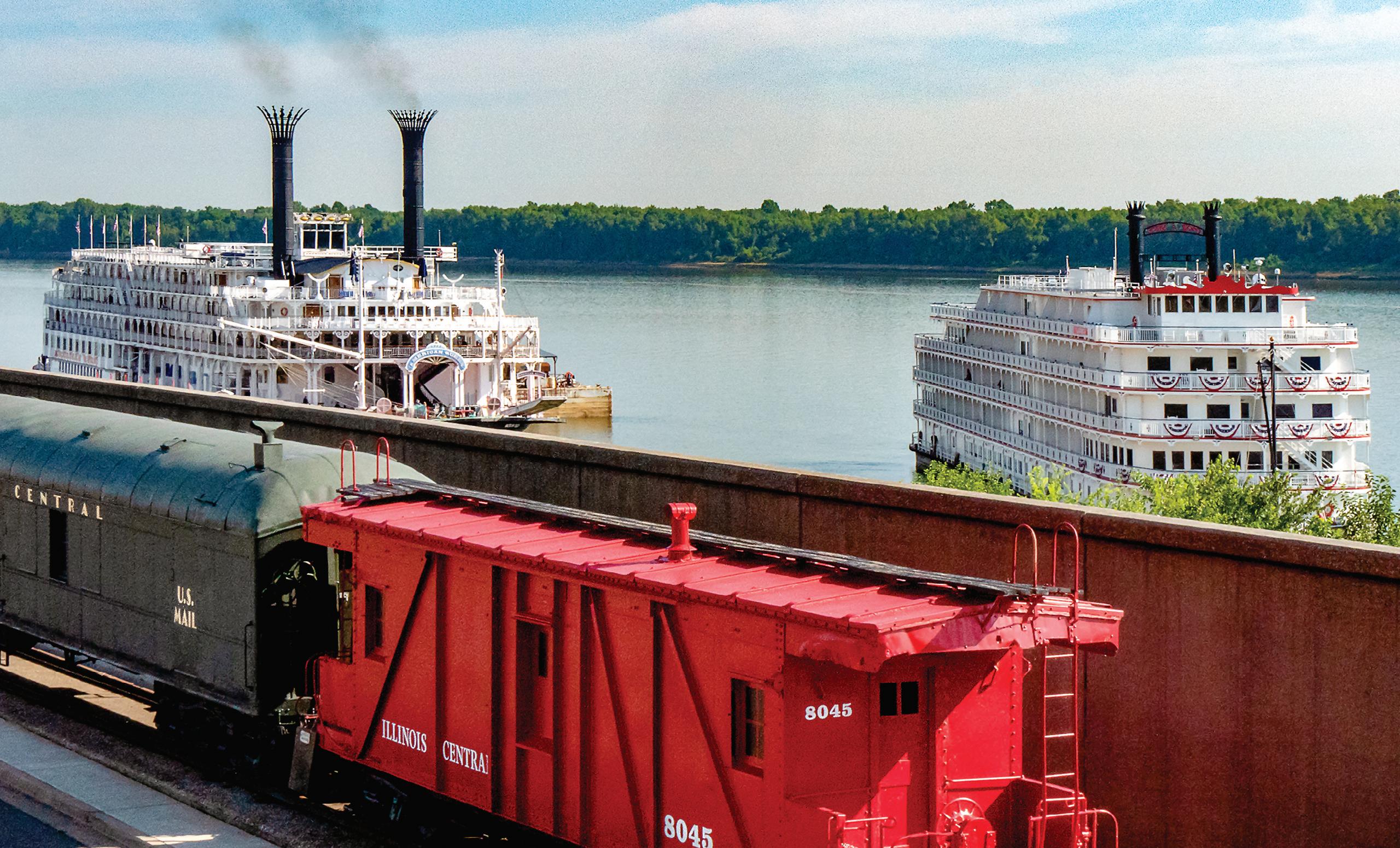
★
Basil and Genie Drossos call Paducah home. But before they returned to their native state, they spent many years working abroad, including places such as Europe, Chile, Peru, Mexico, and Argentina. Now, Basil and Genie’s world of experiences are put to use to the benefit of our city and region. Basil is now expressing his love of his adopted community through such evocative photographs as this one of Paducah’s riverfront.

